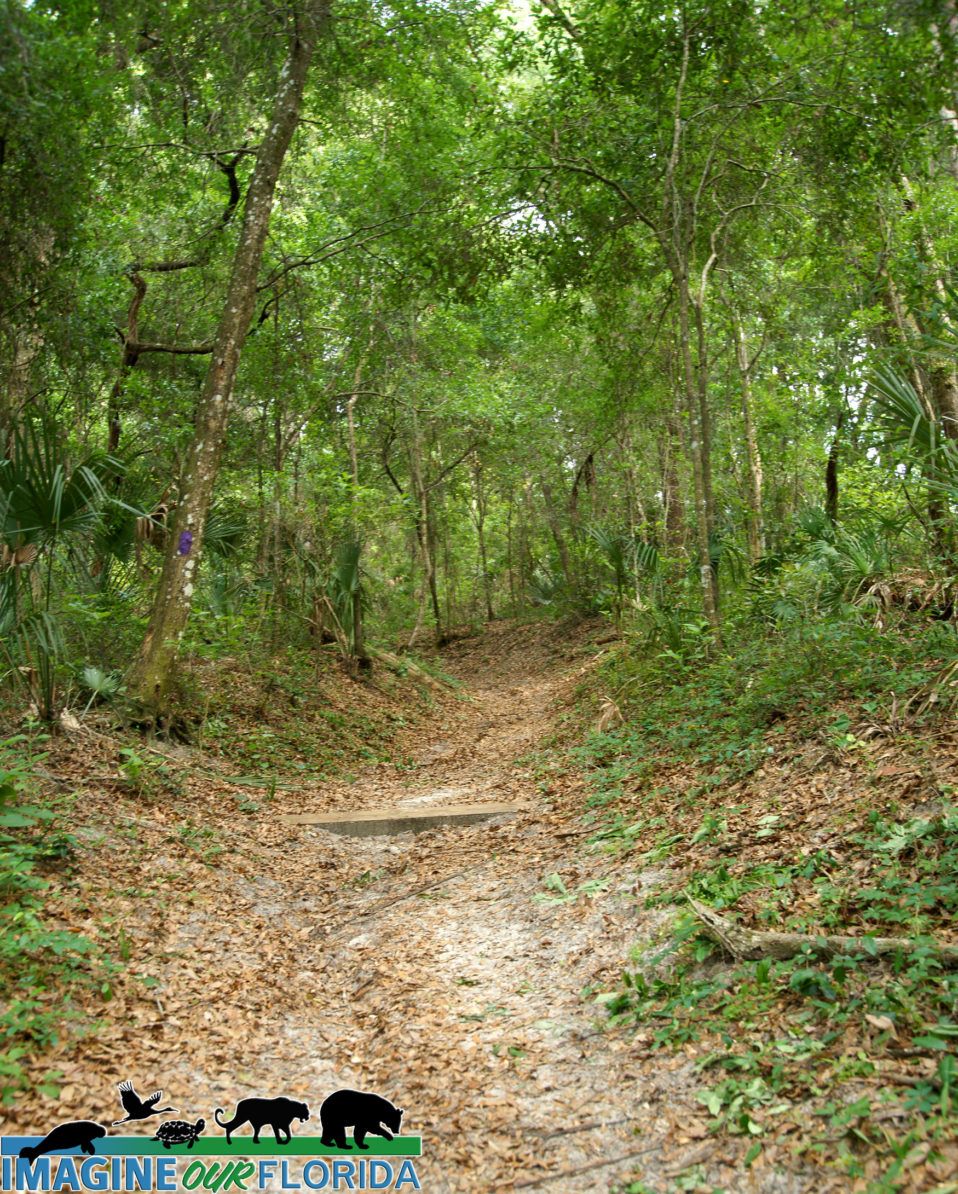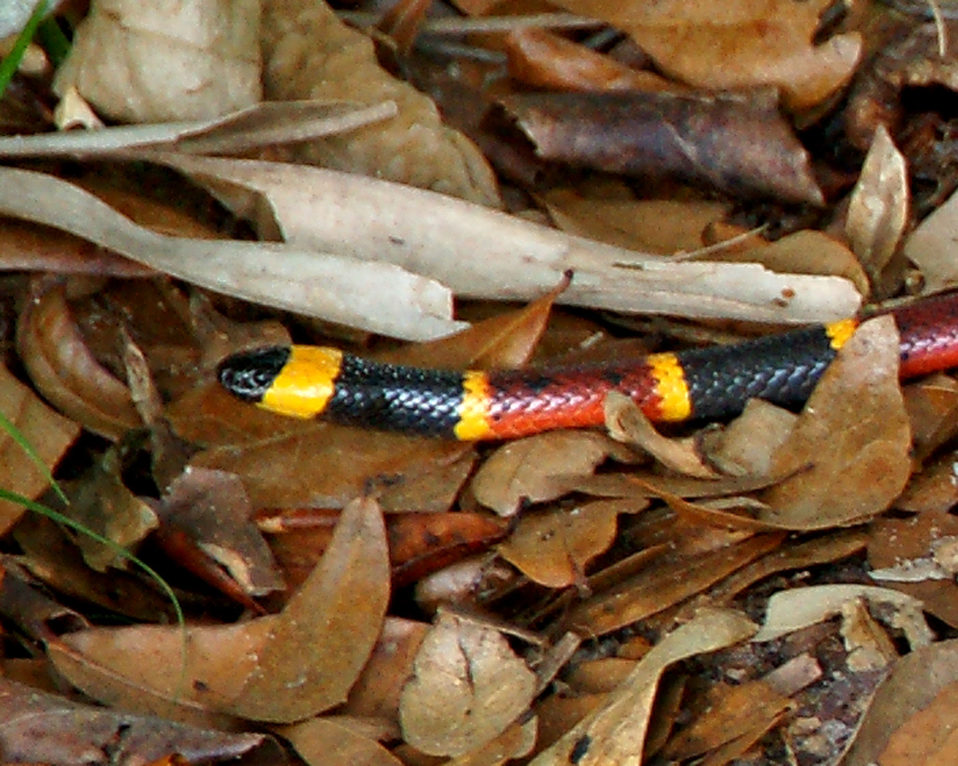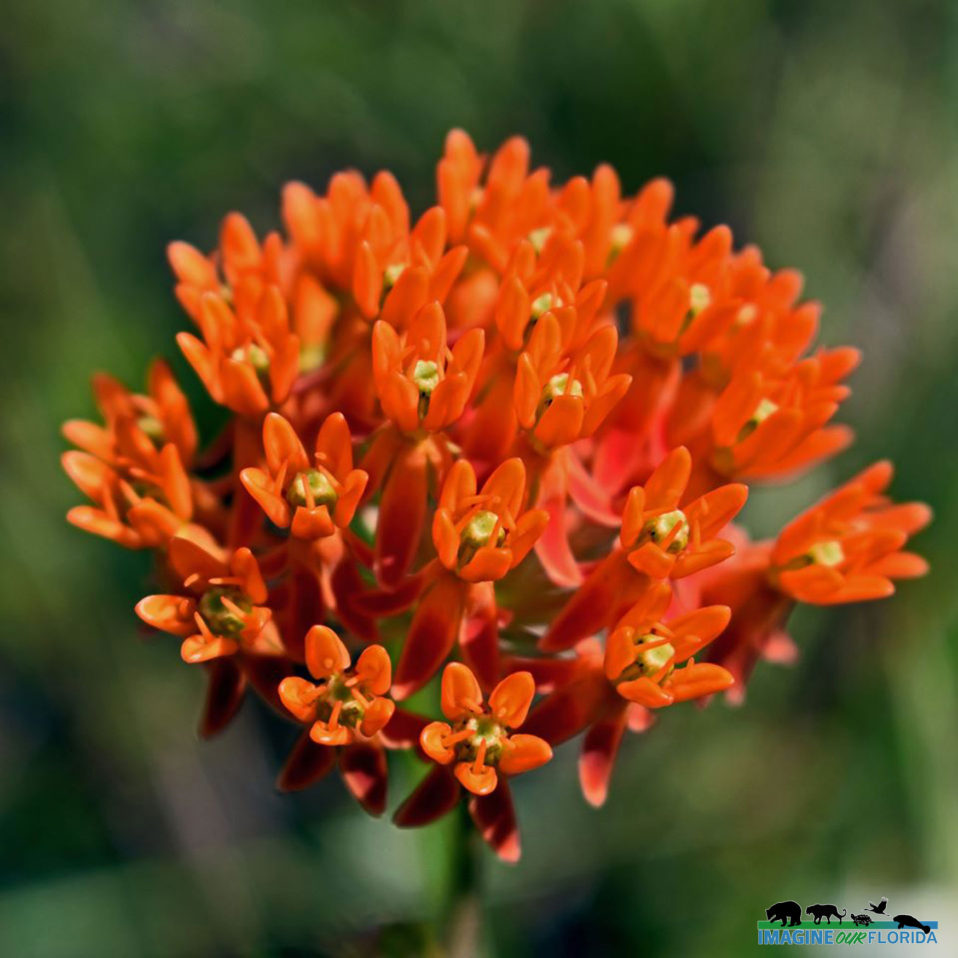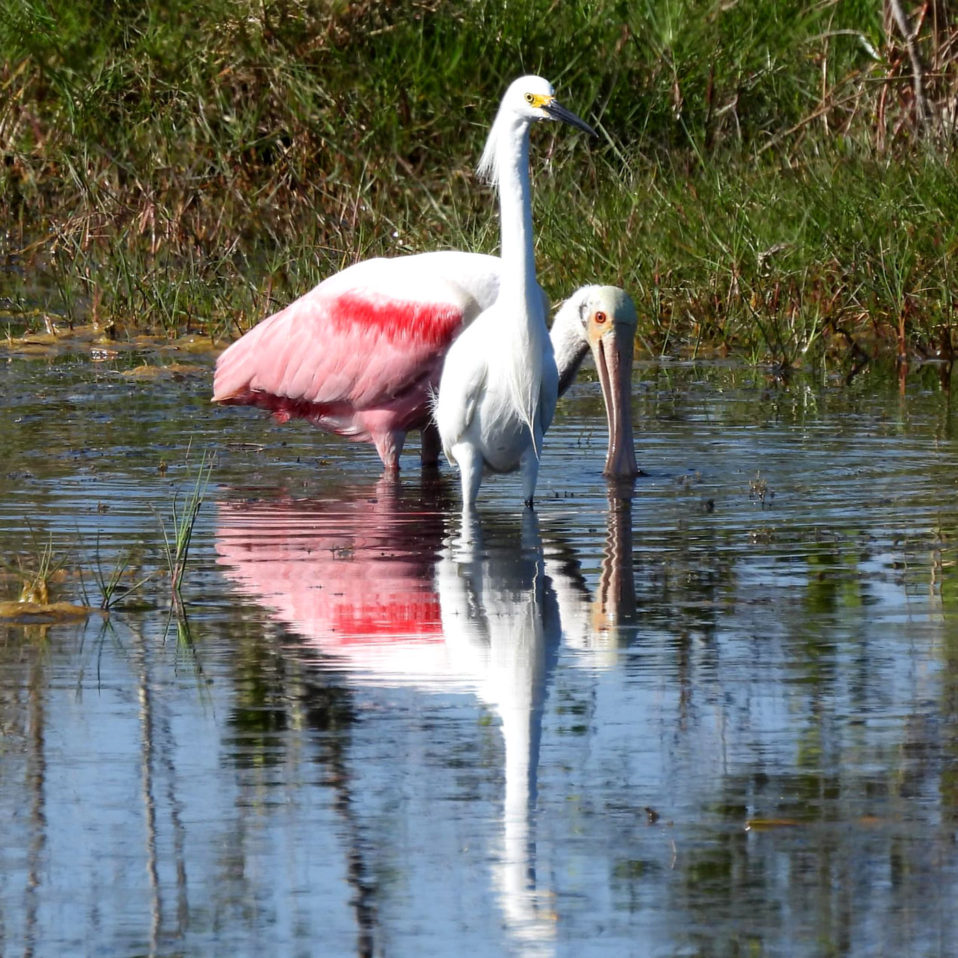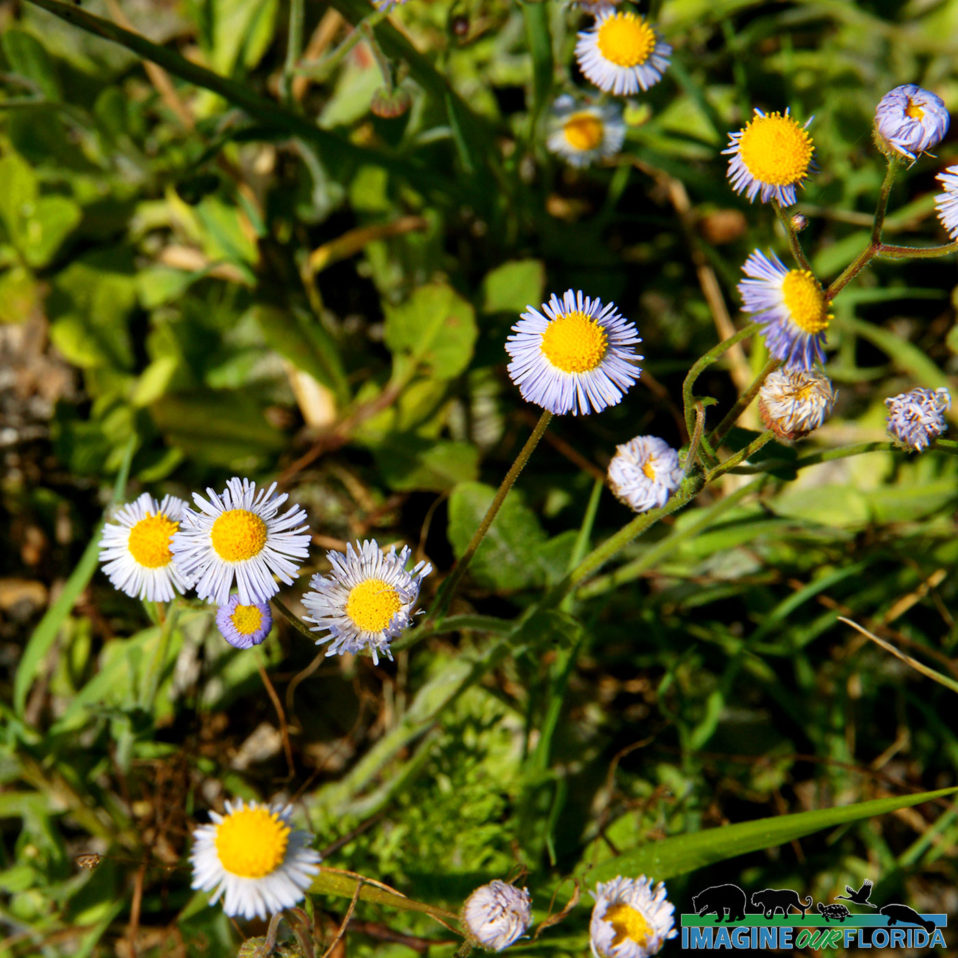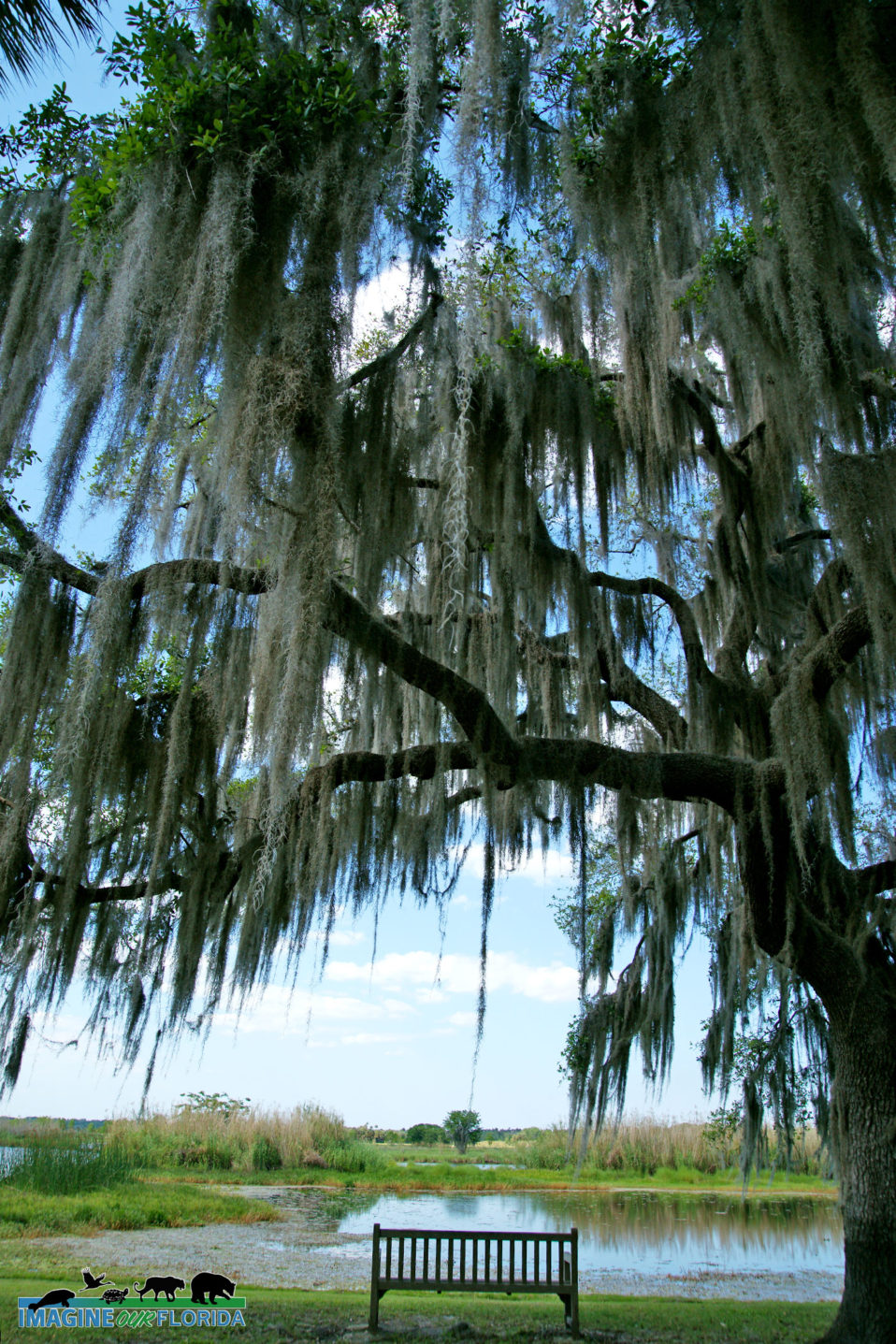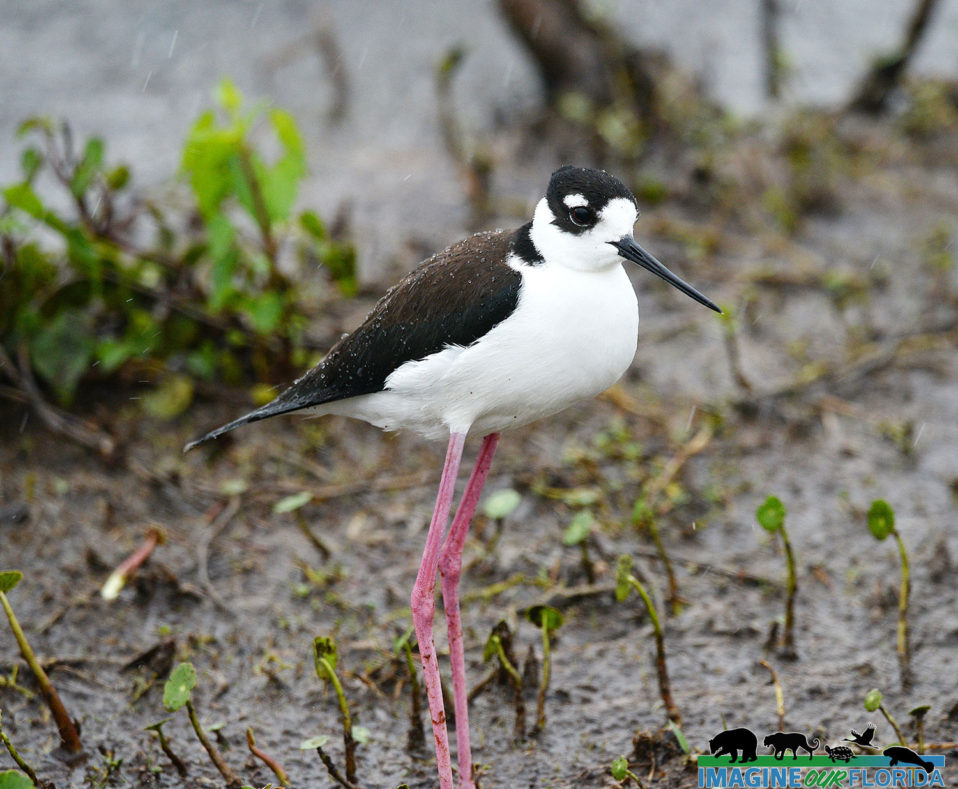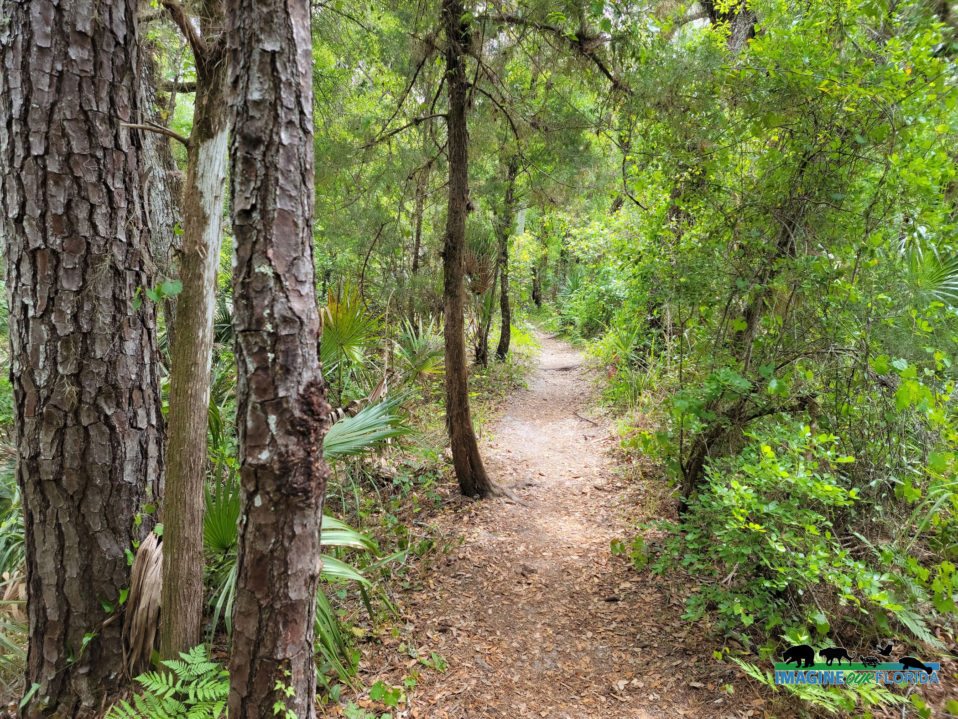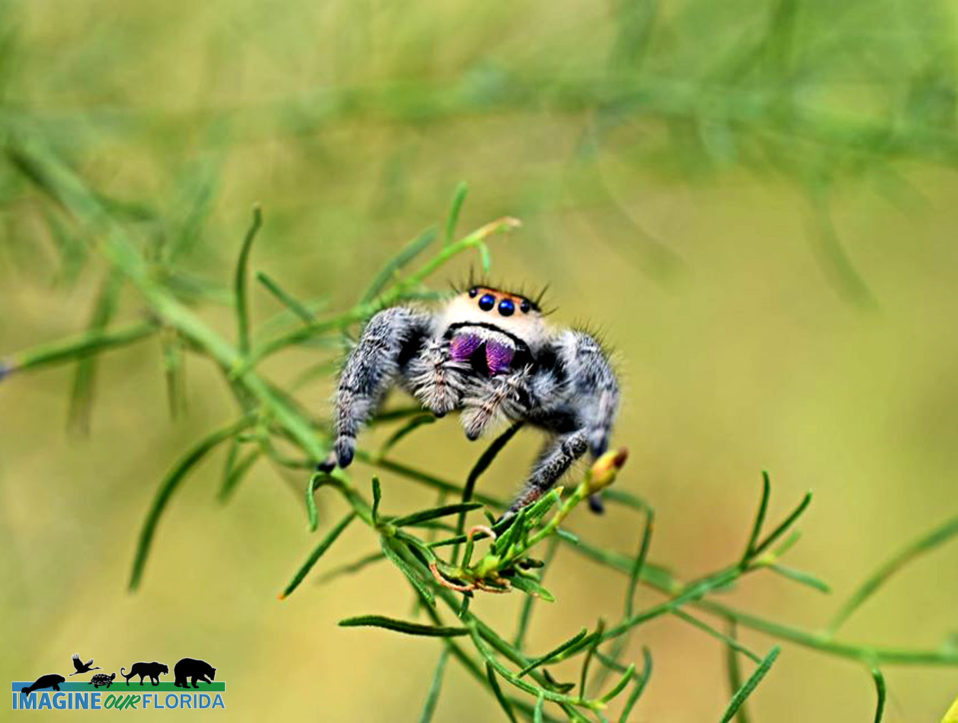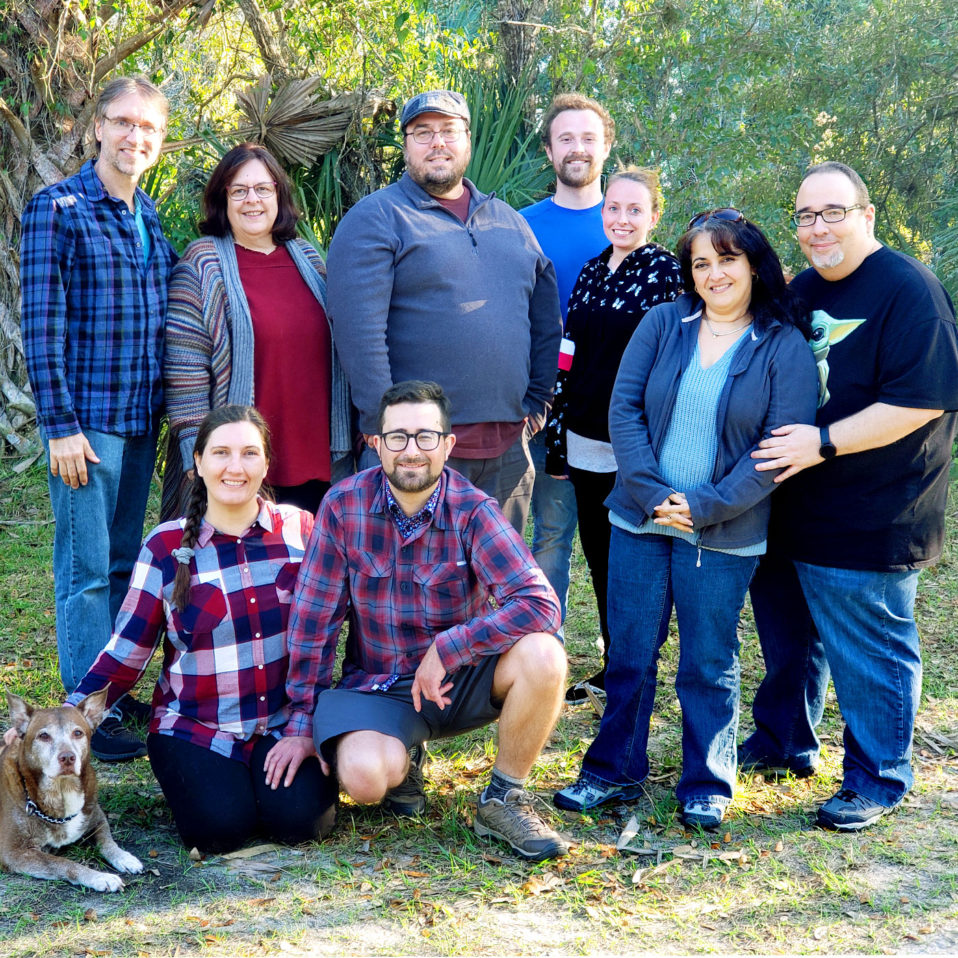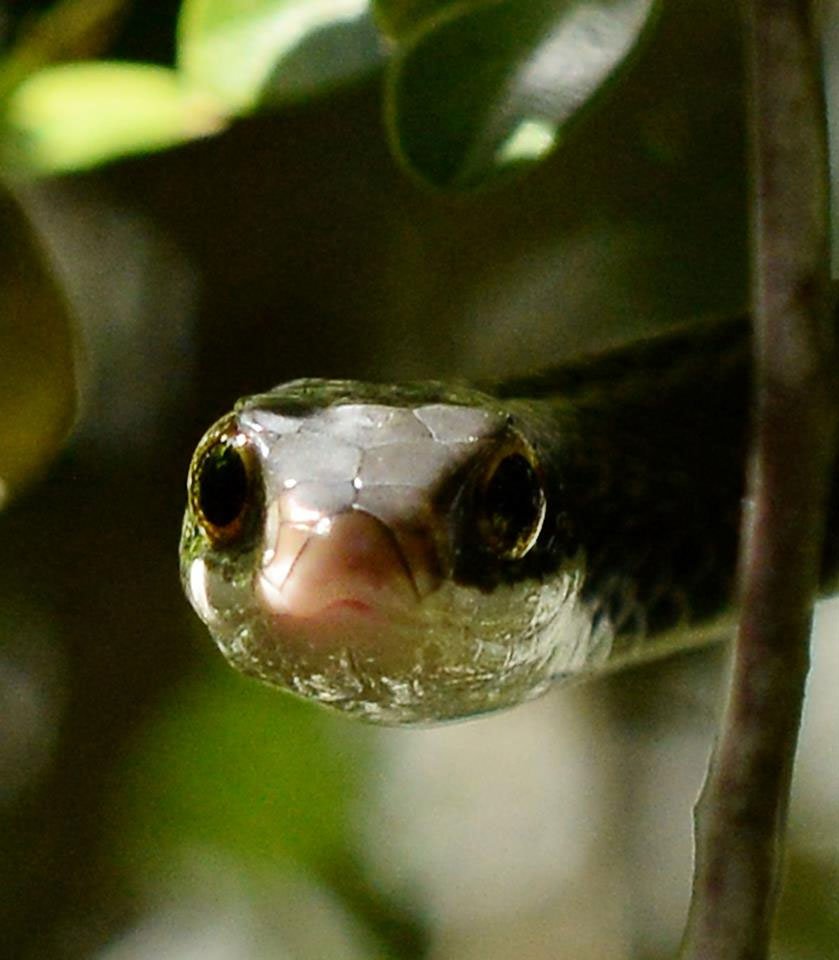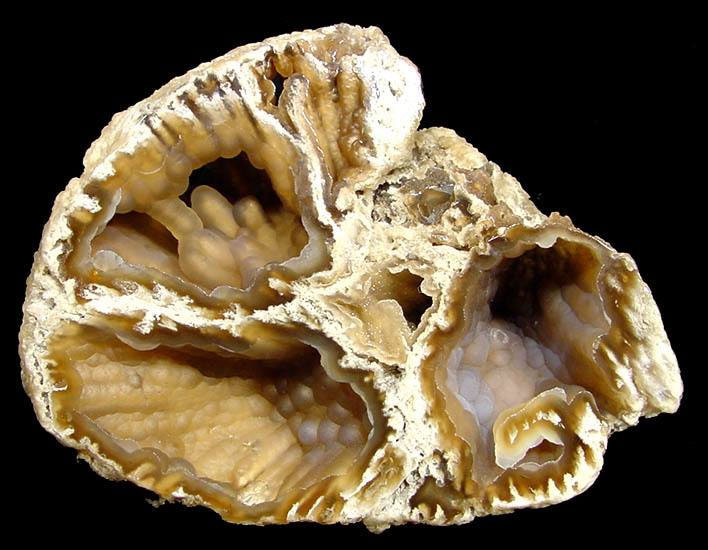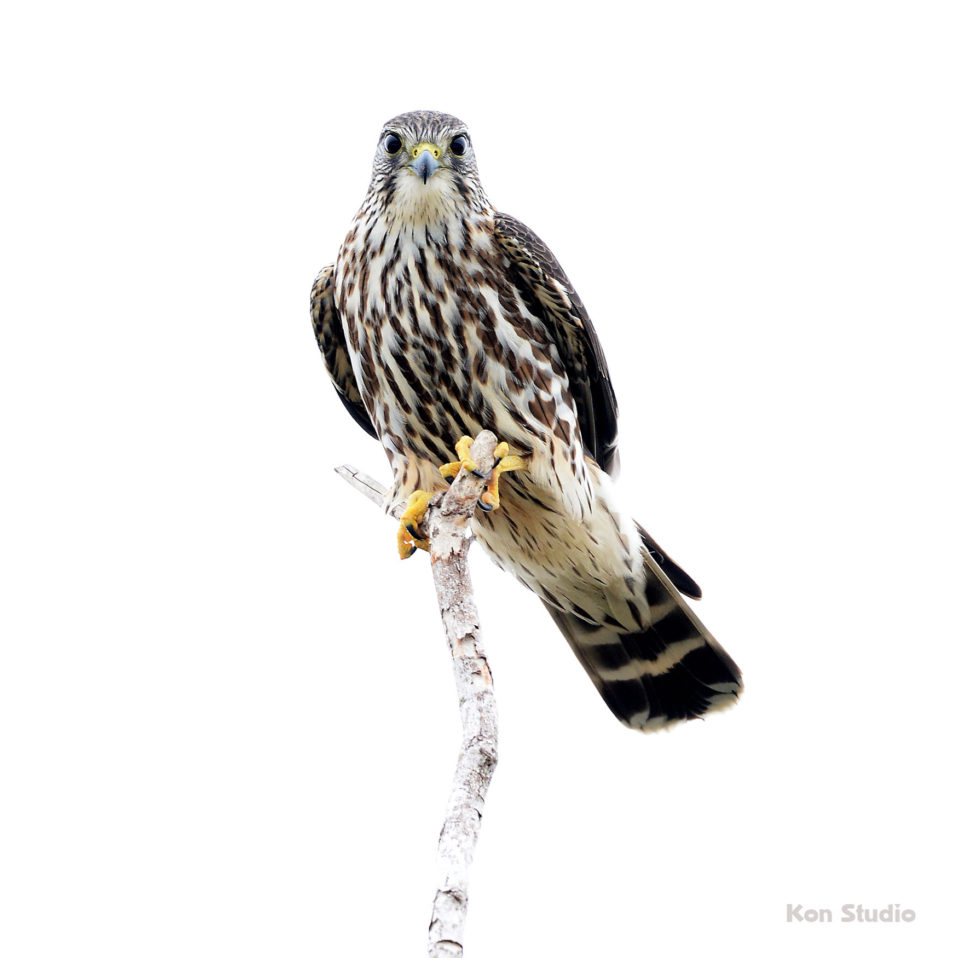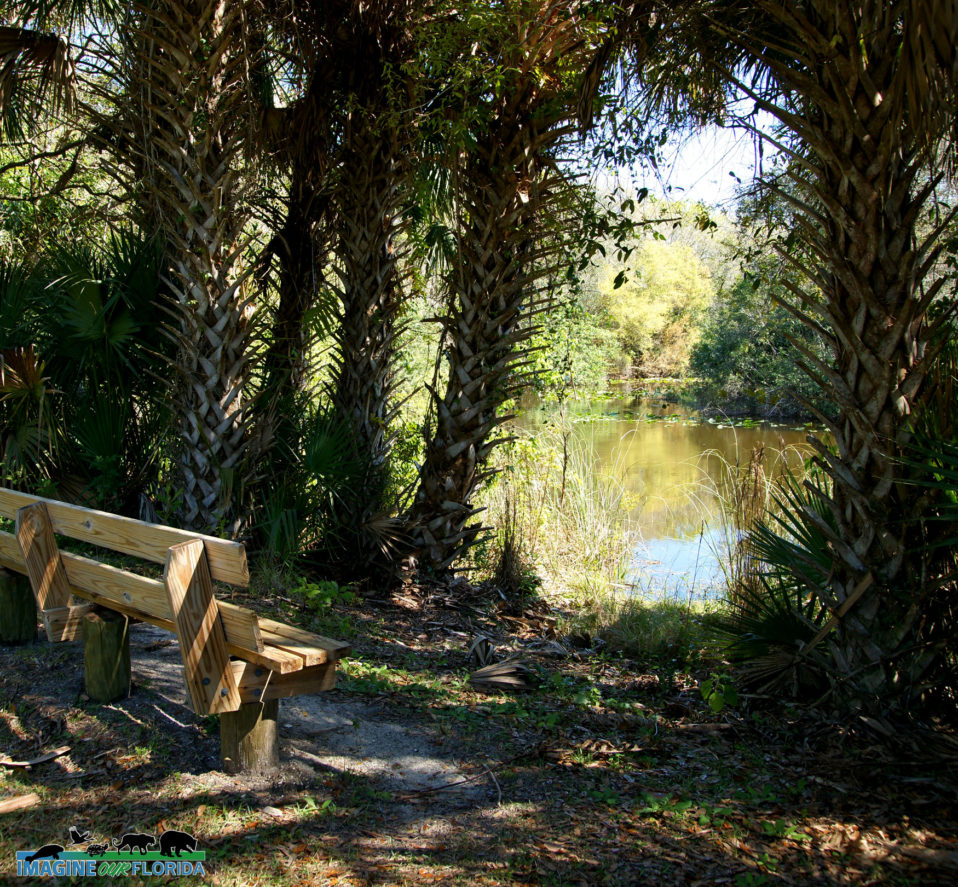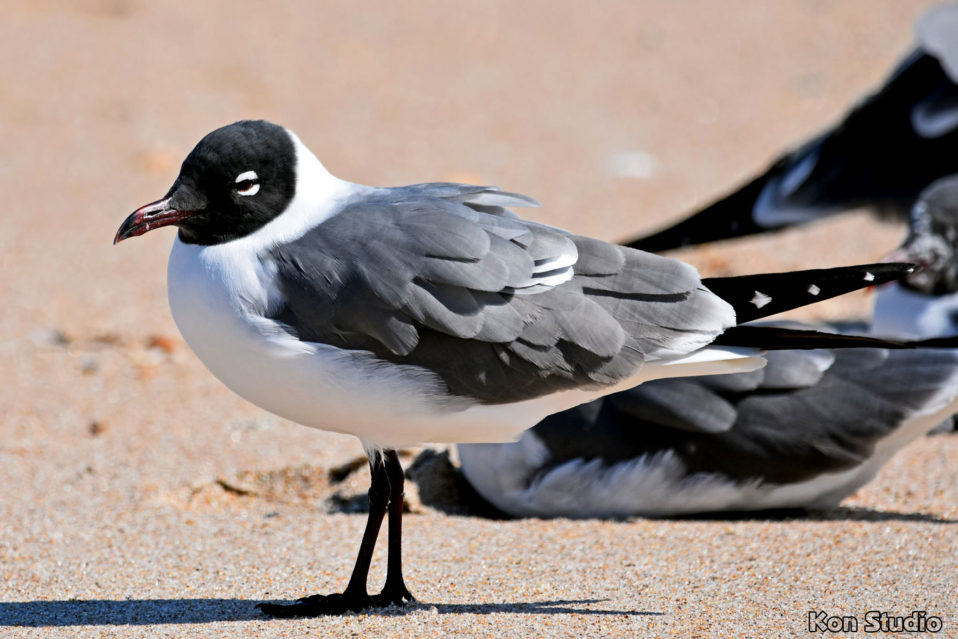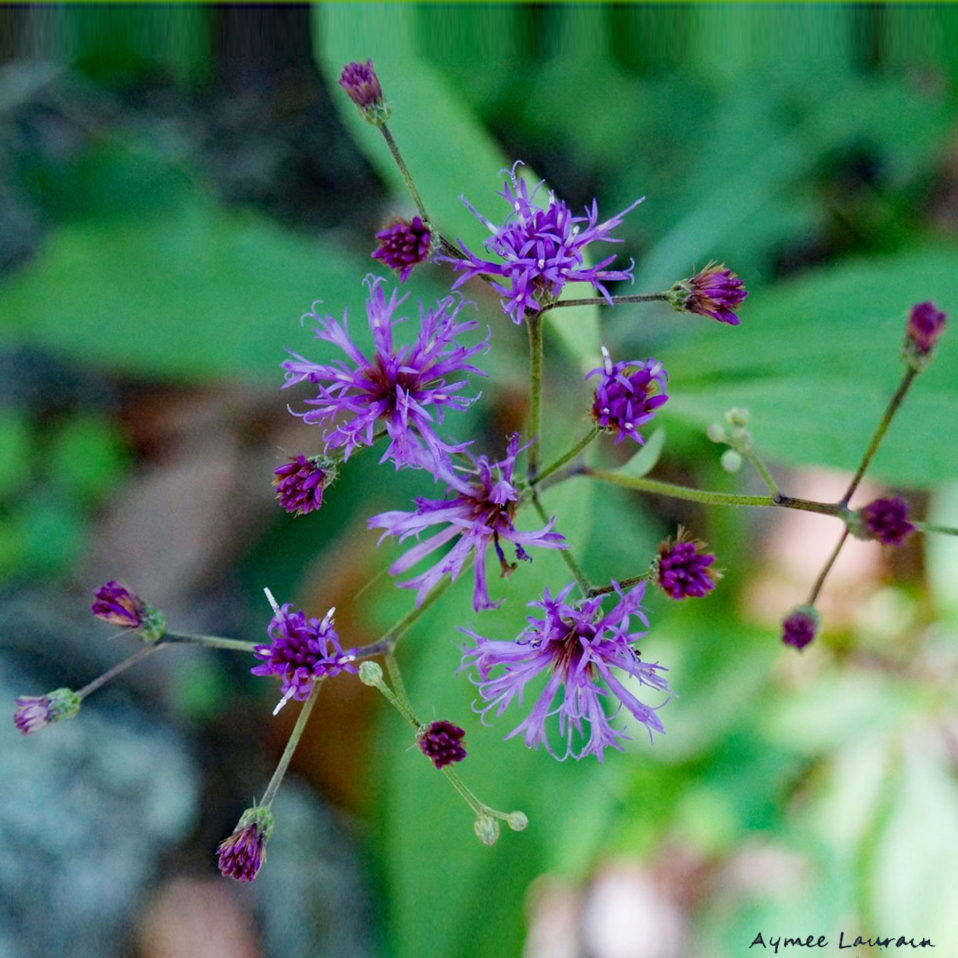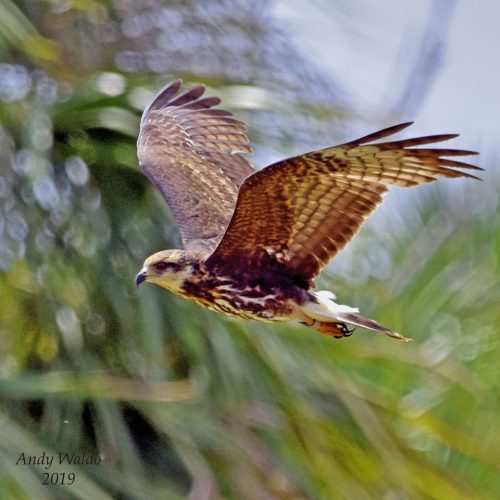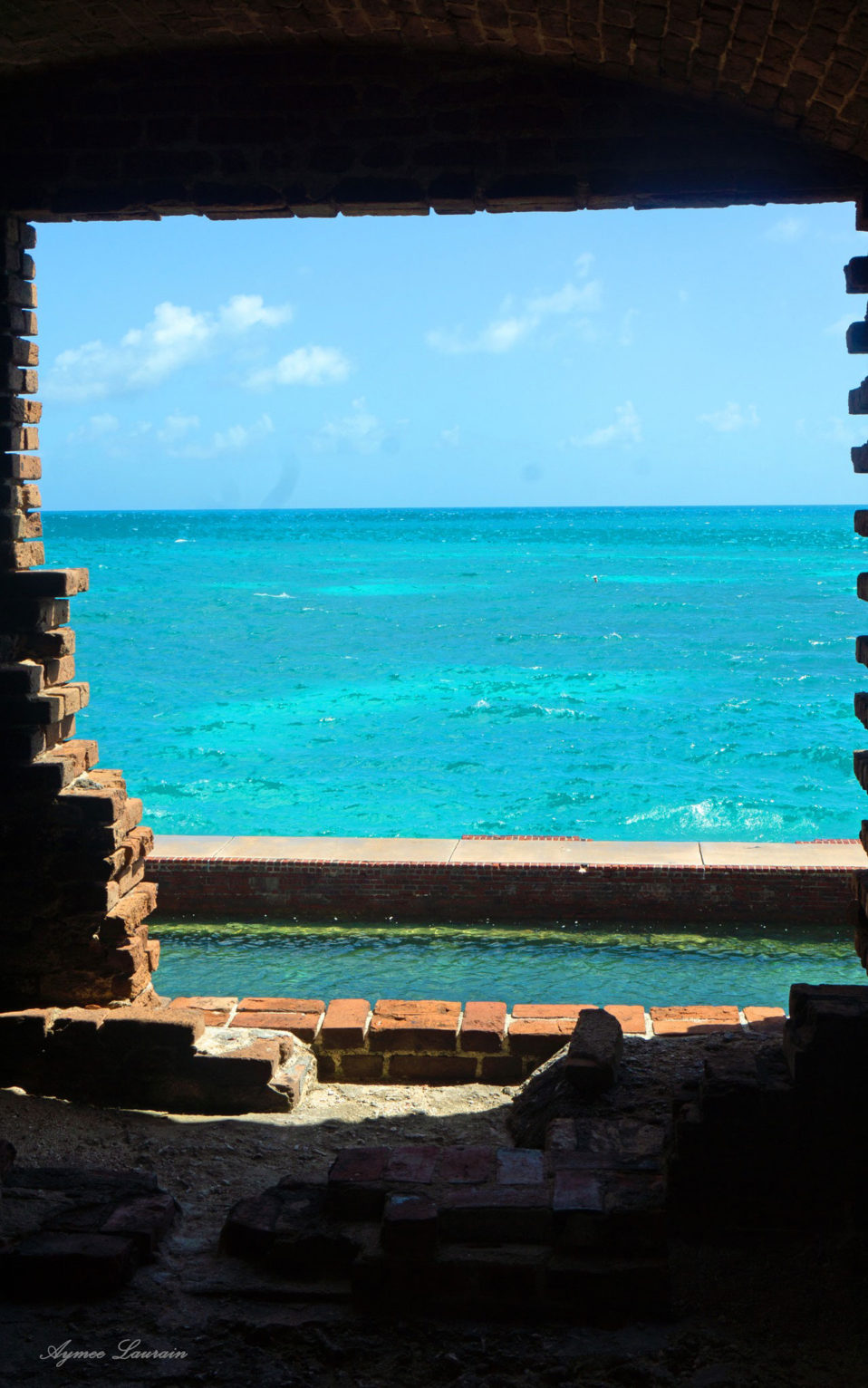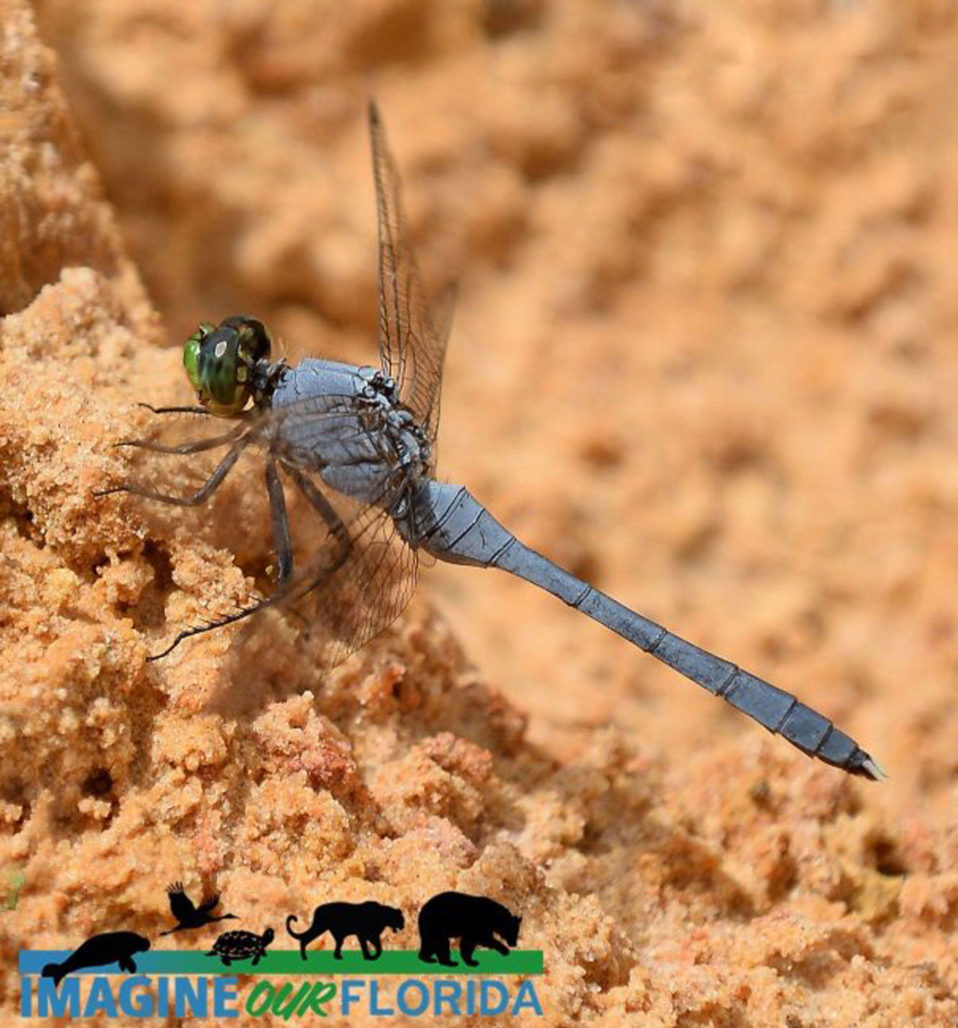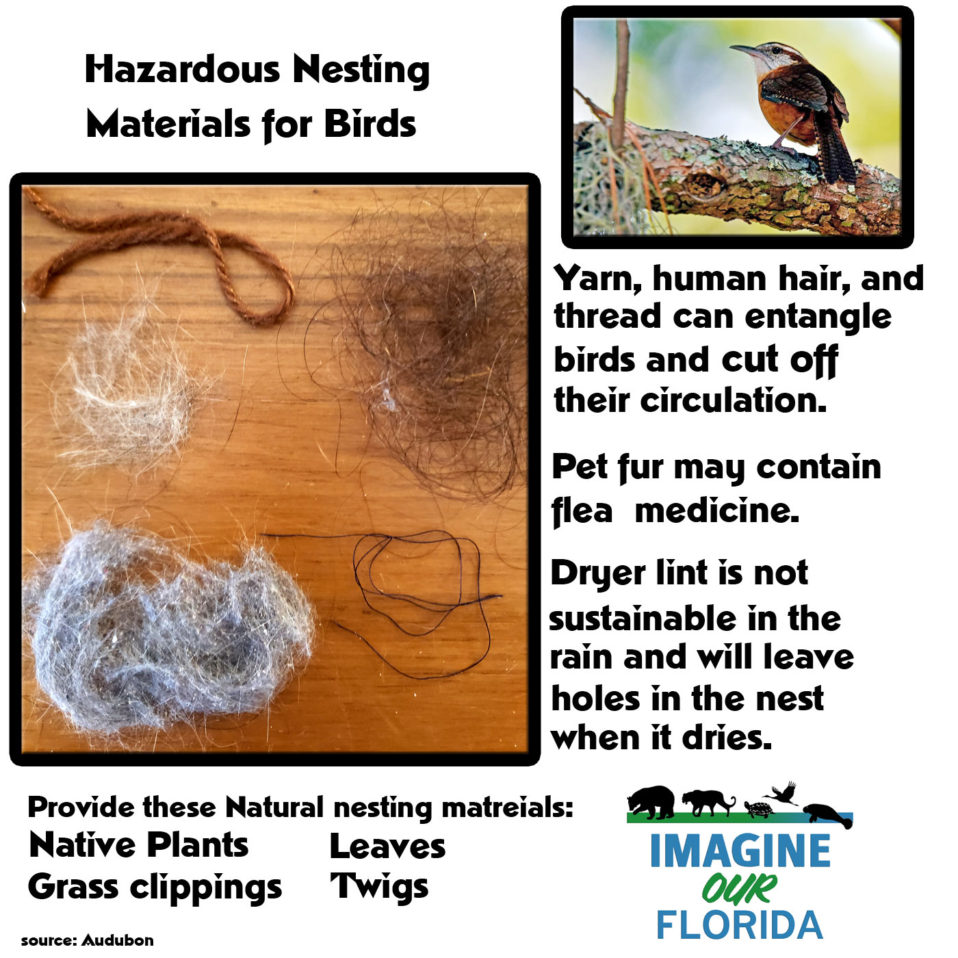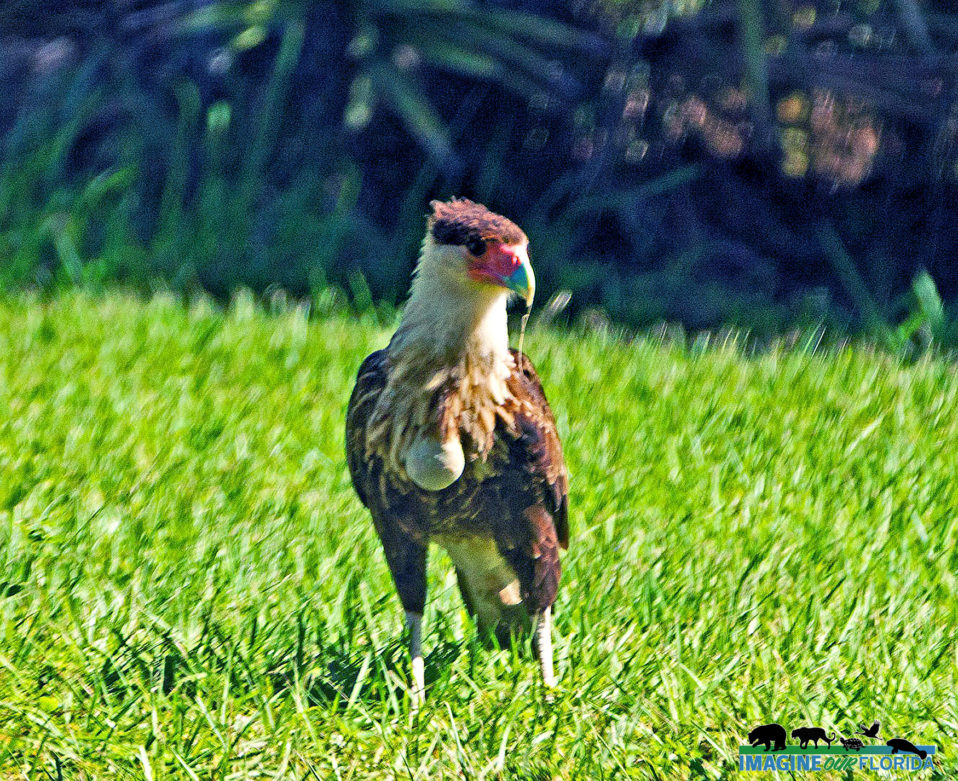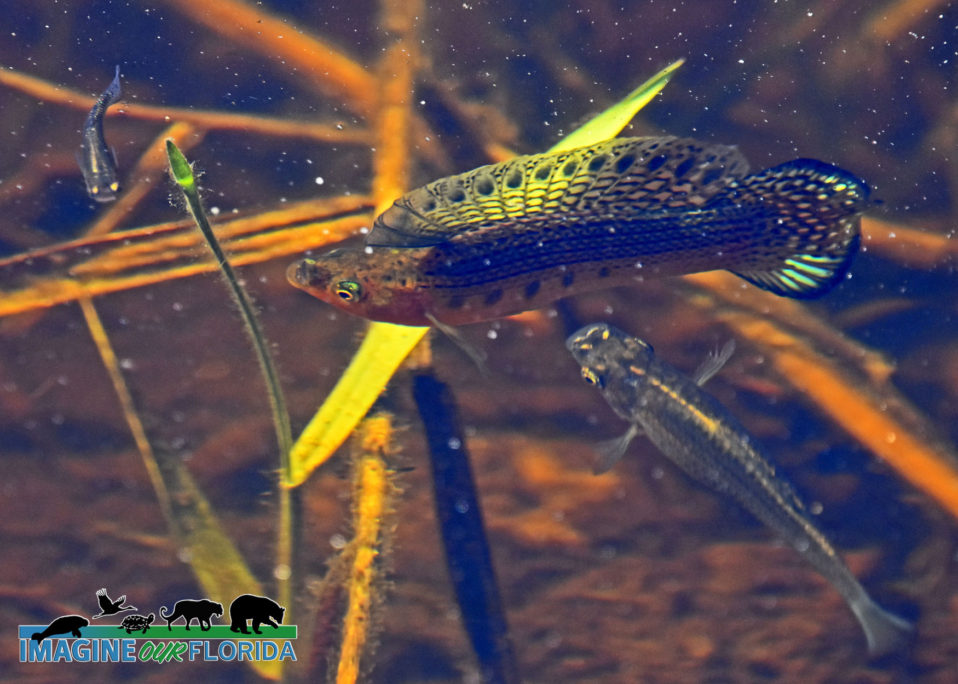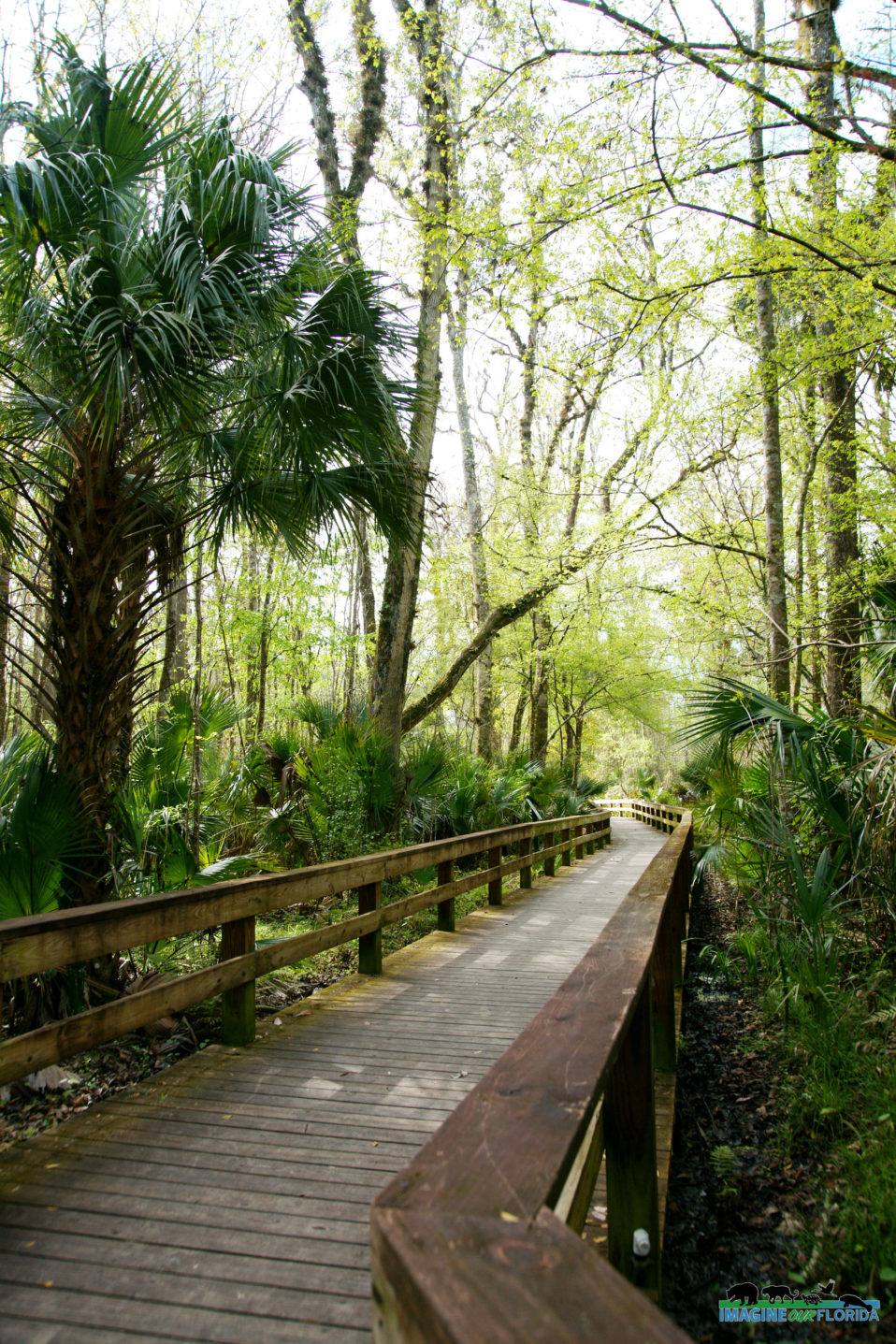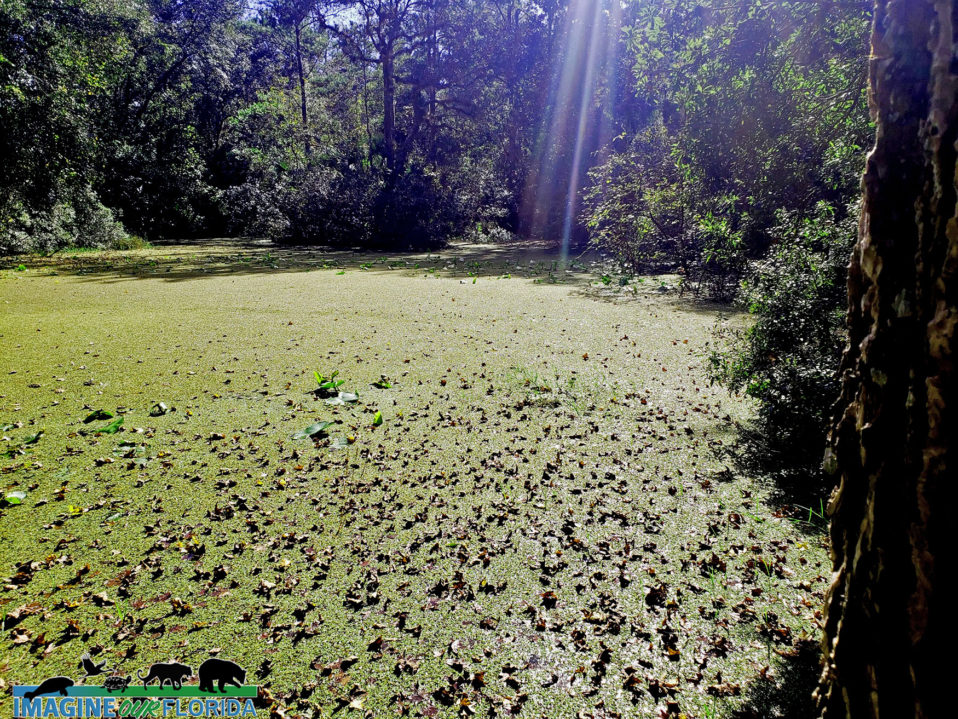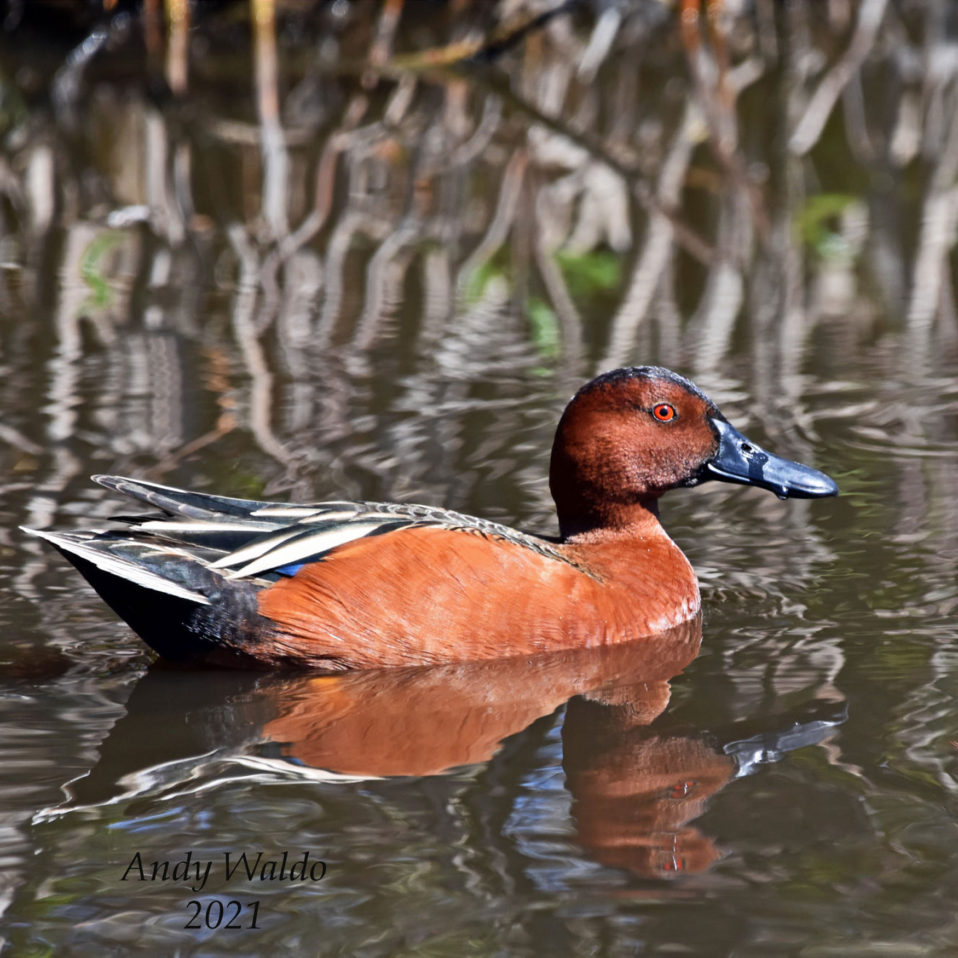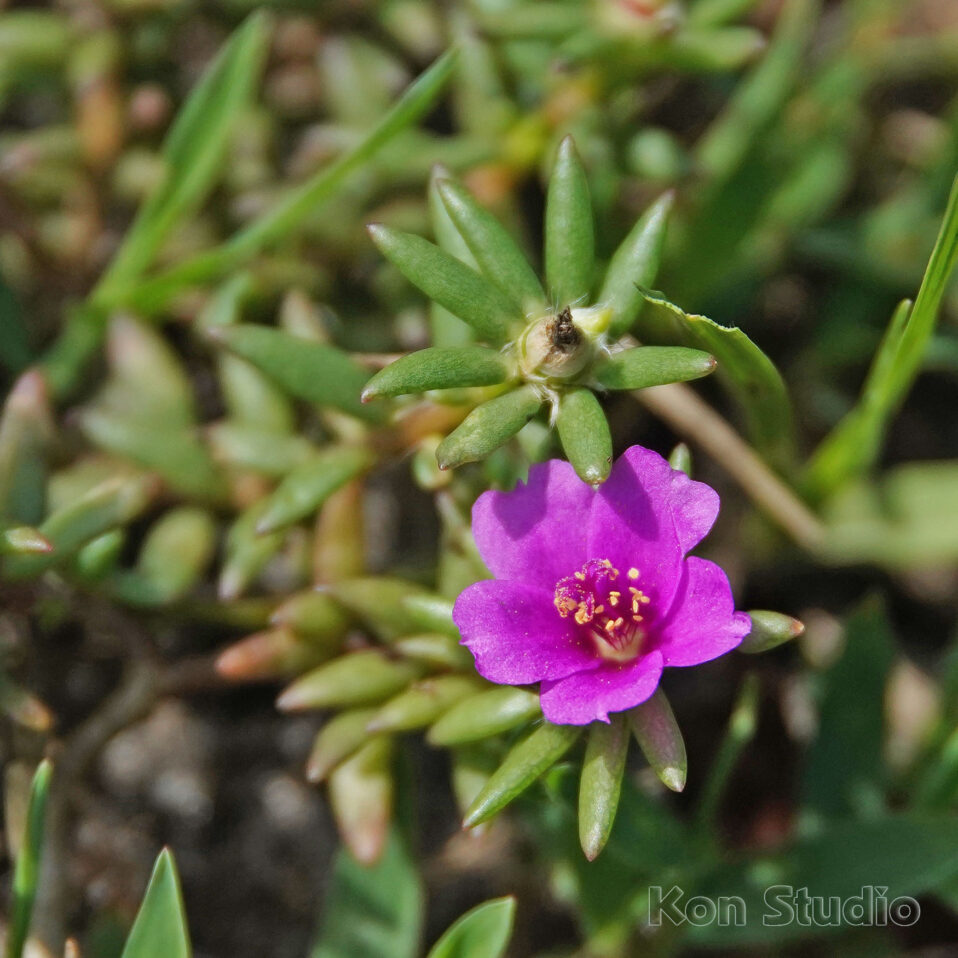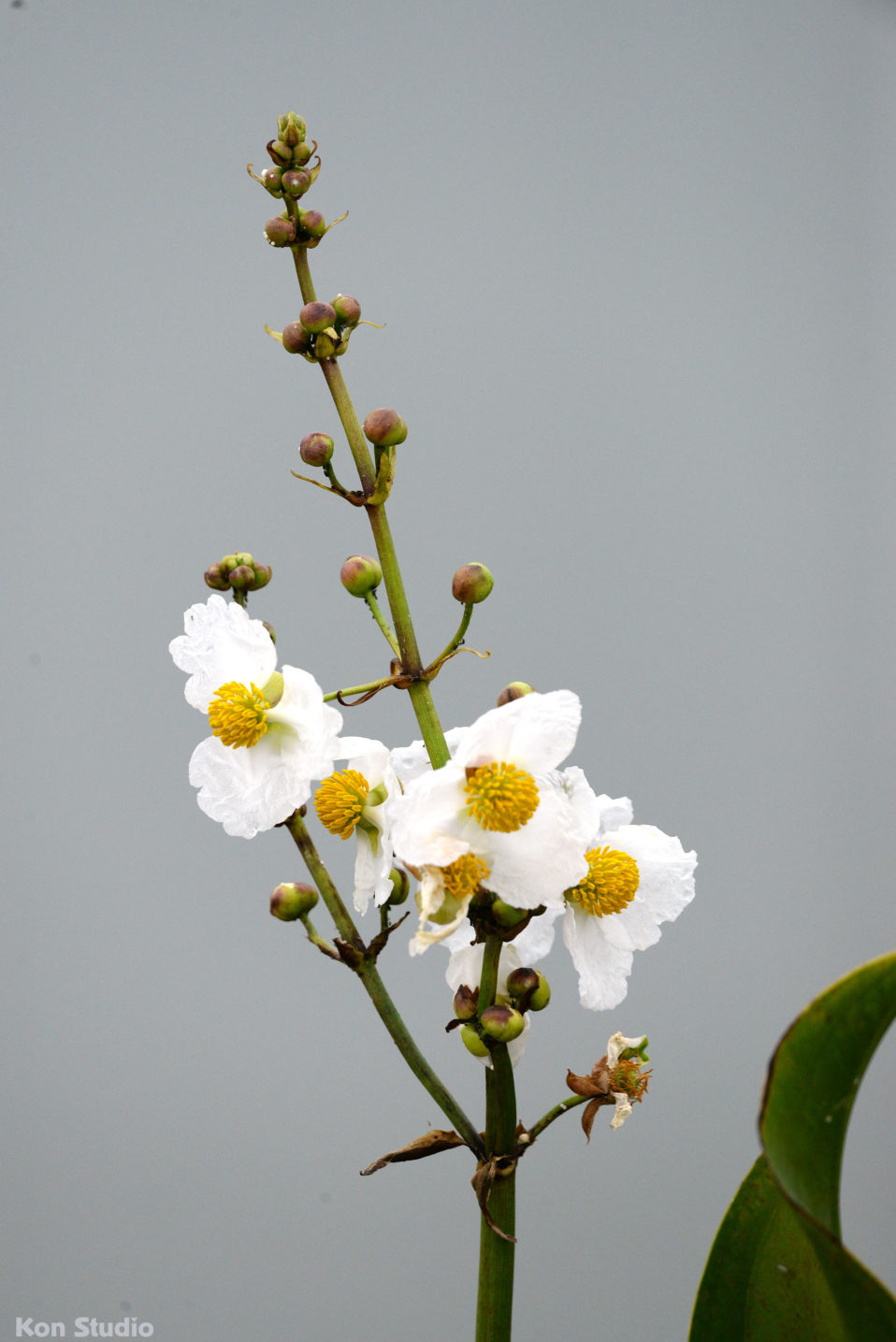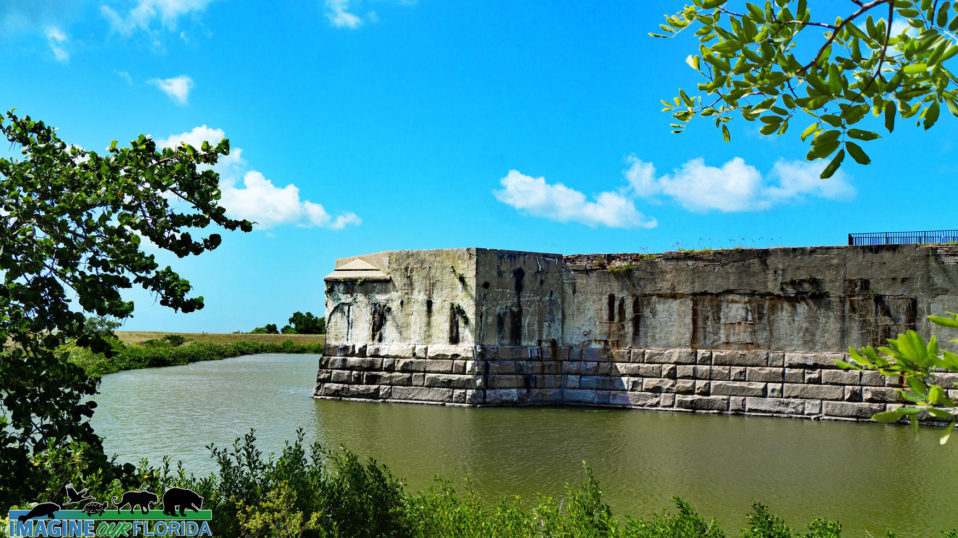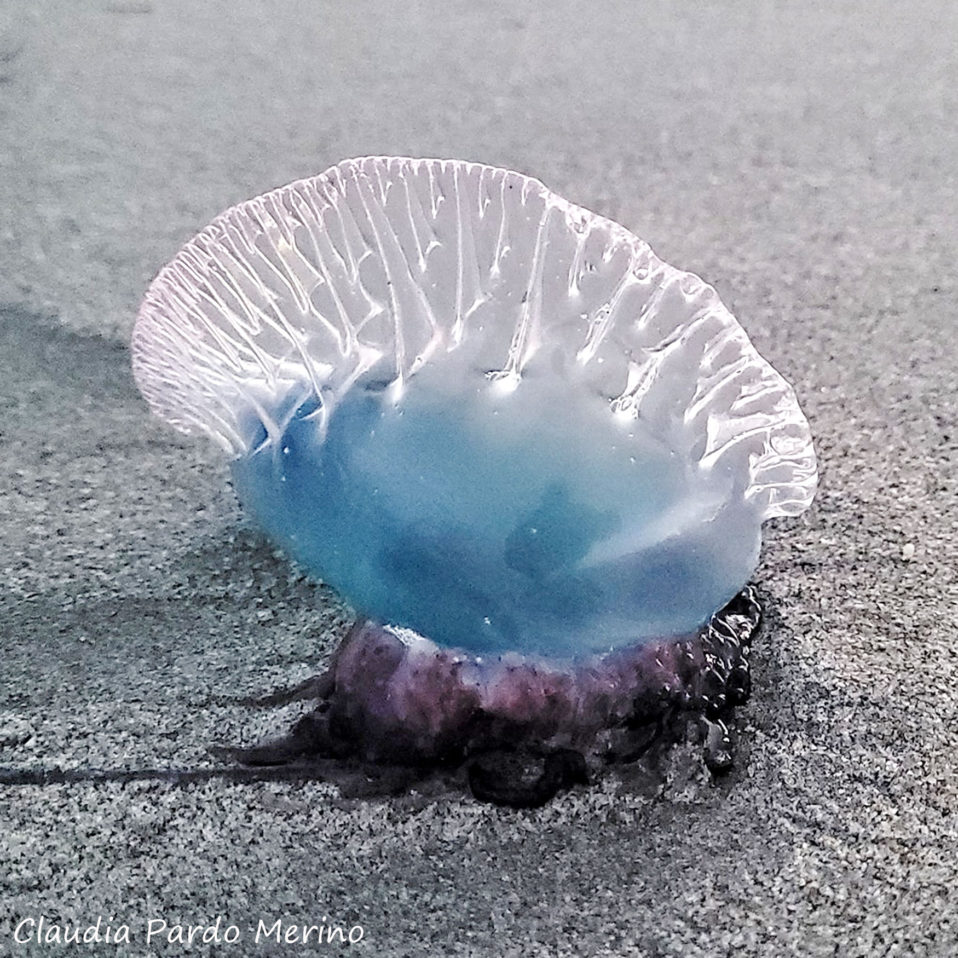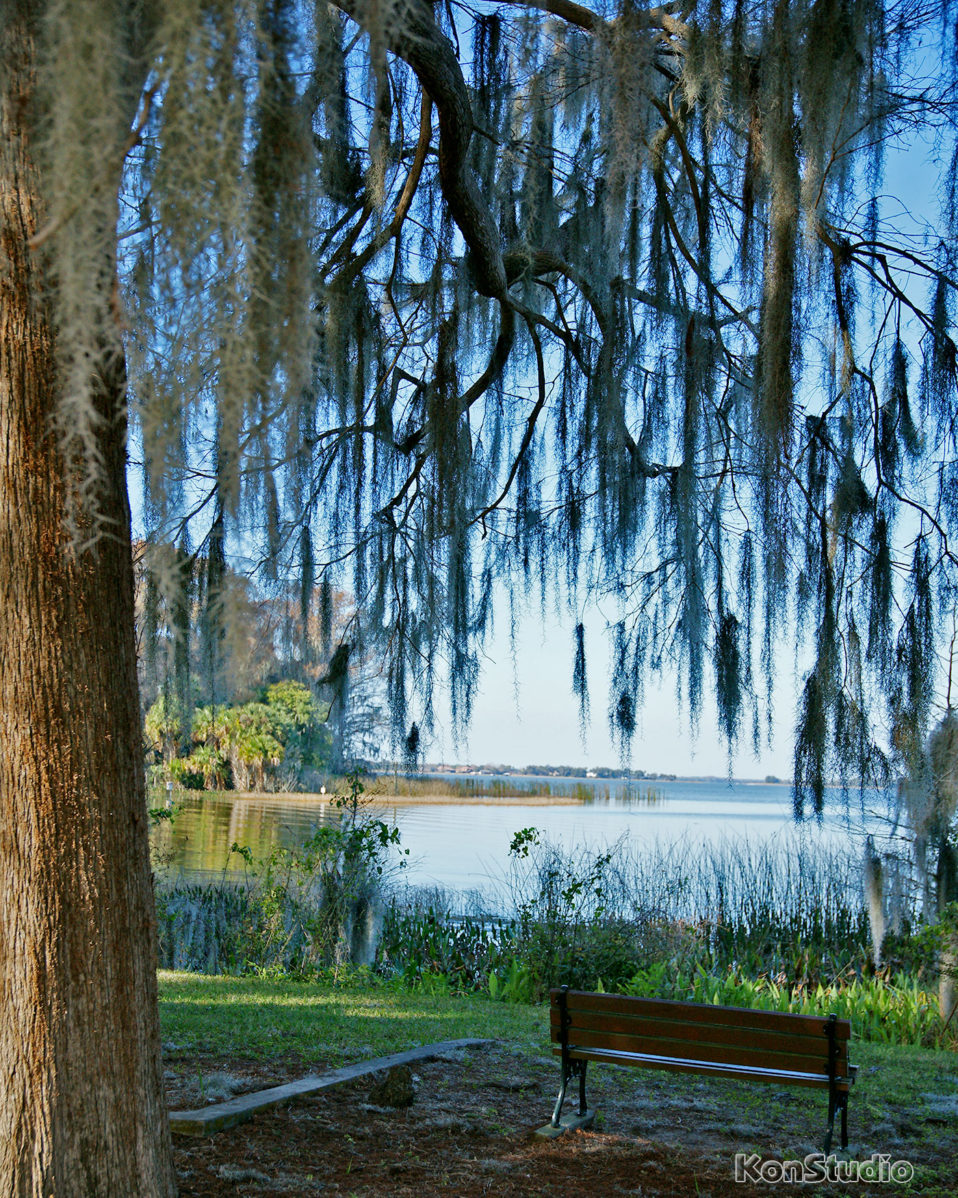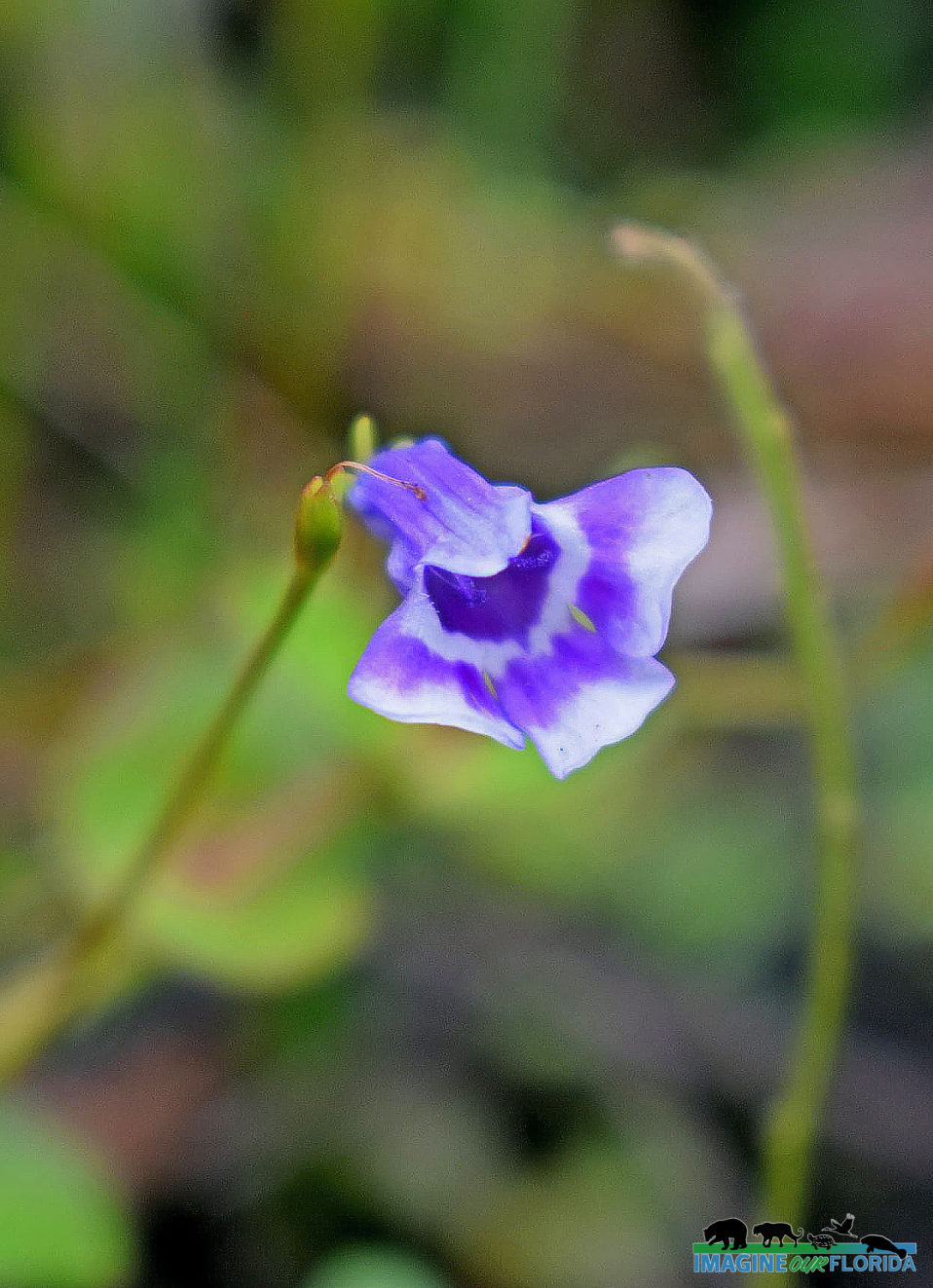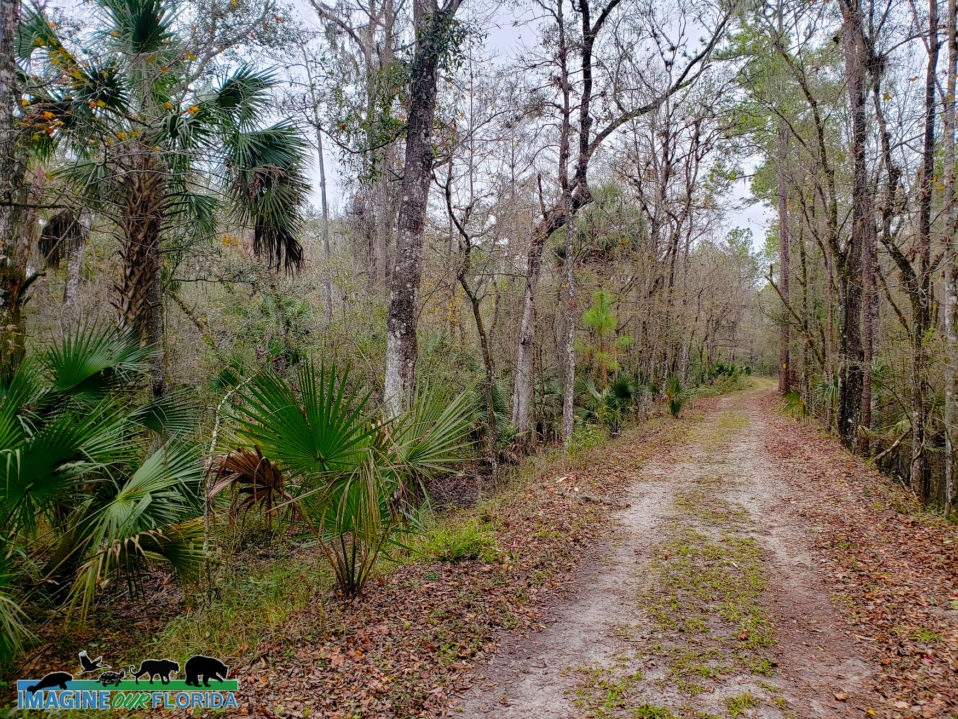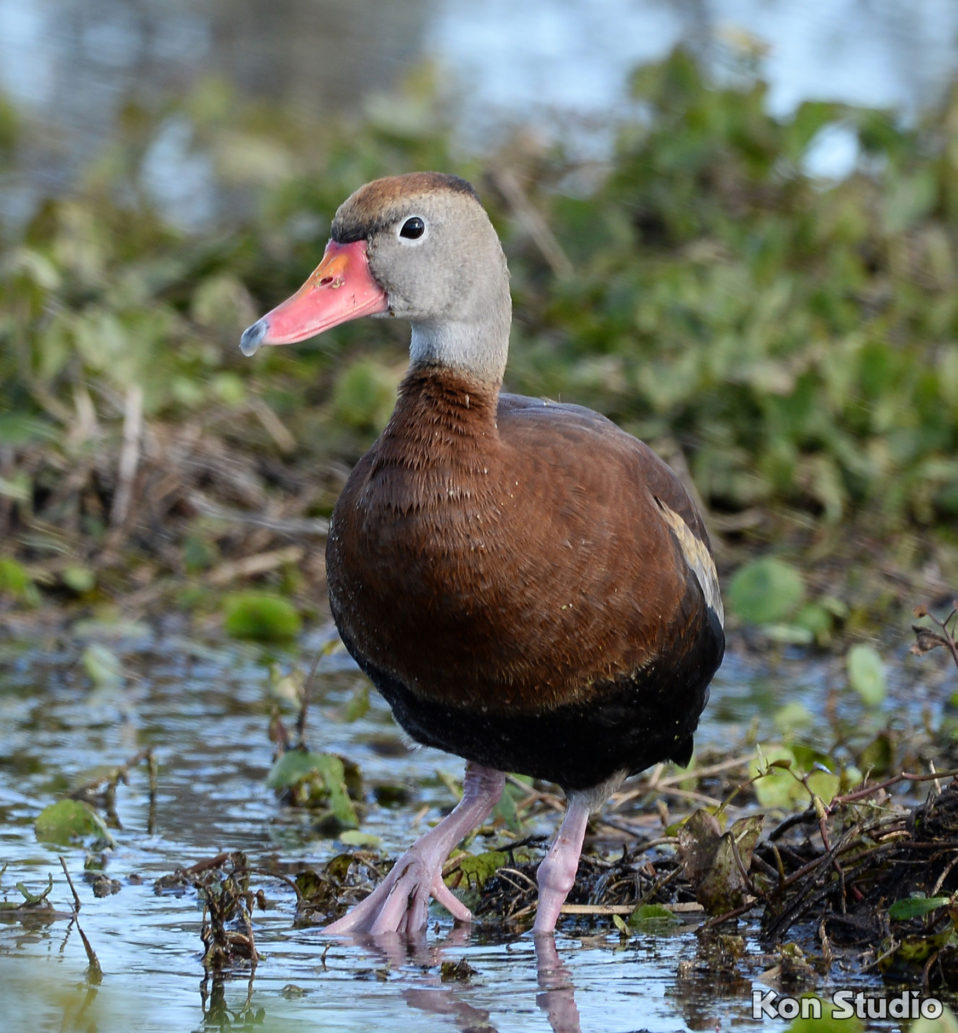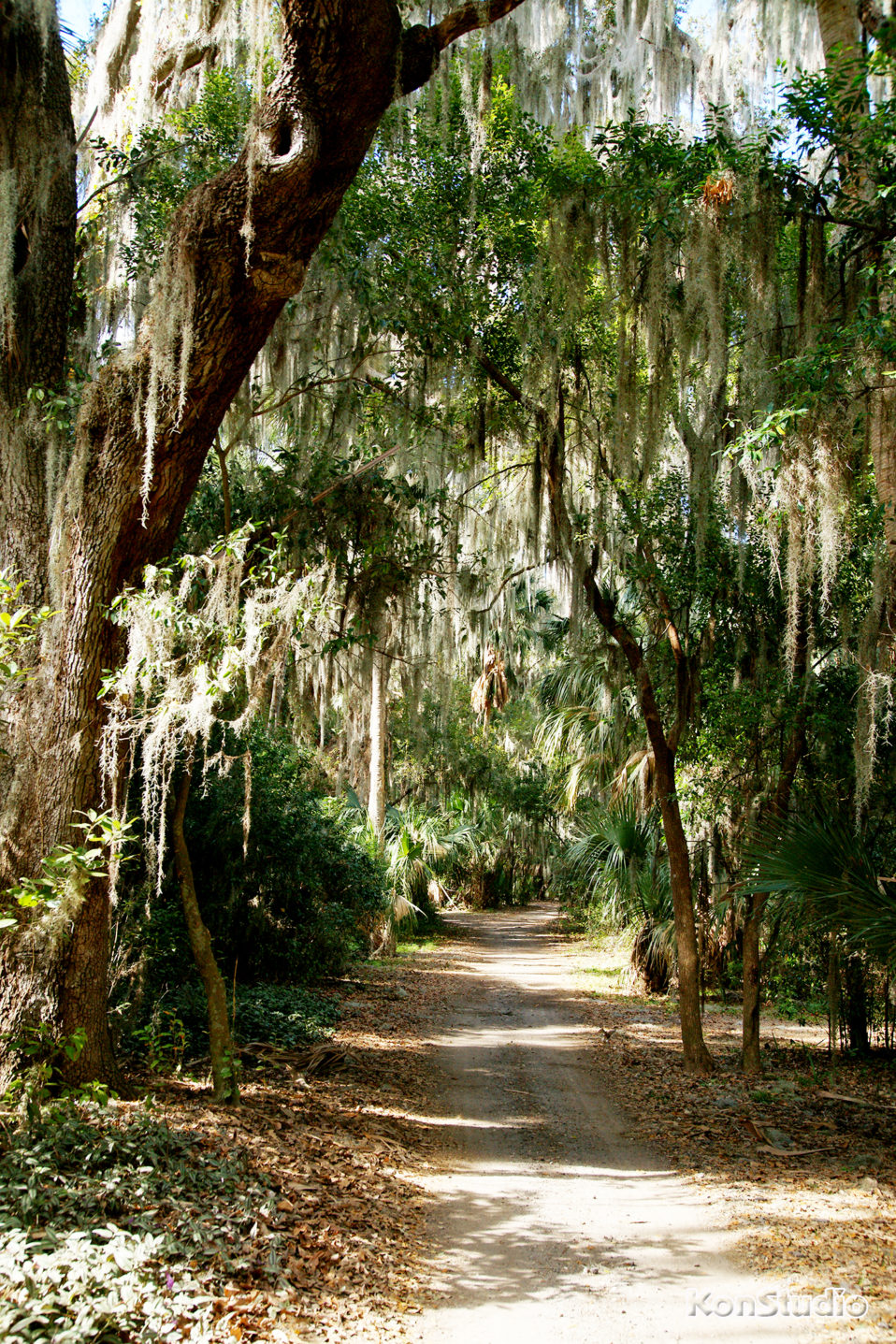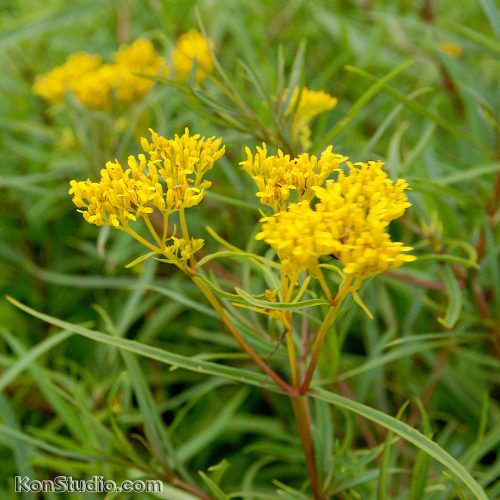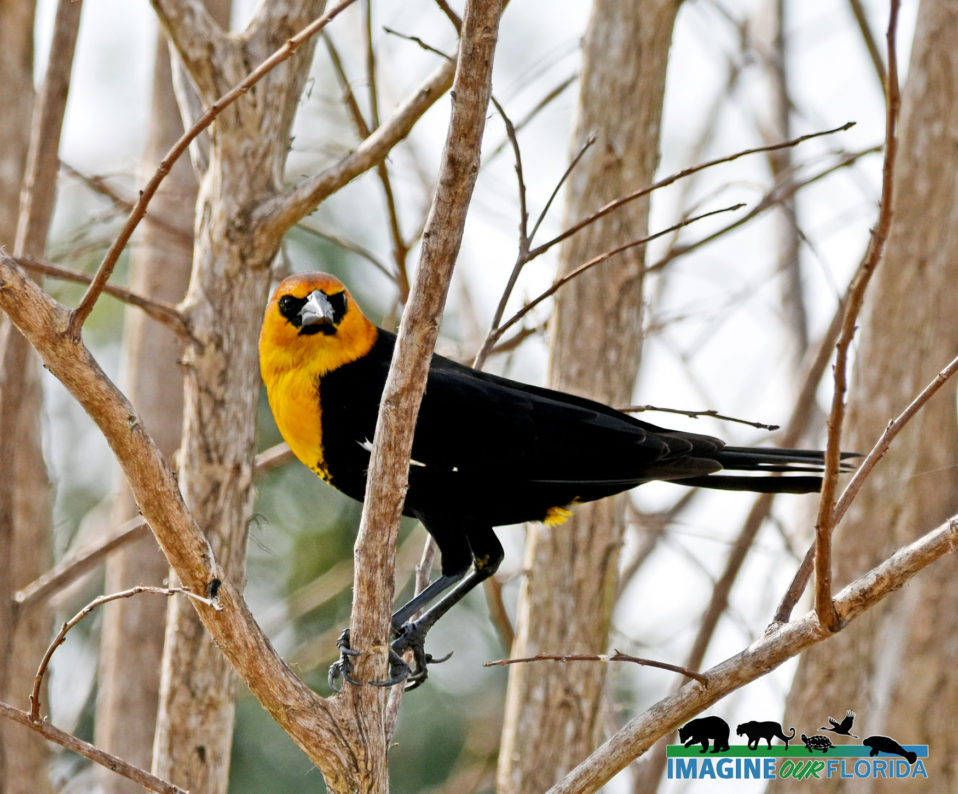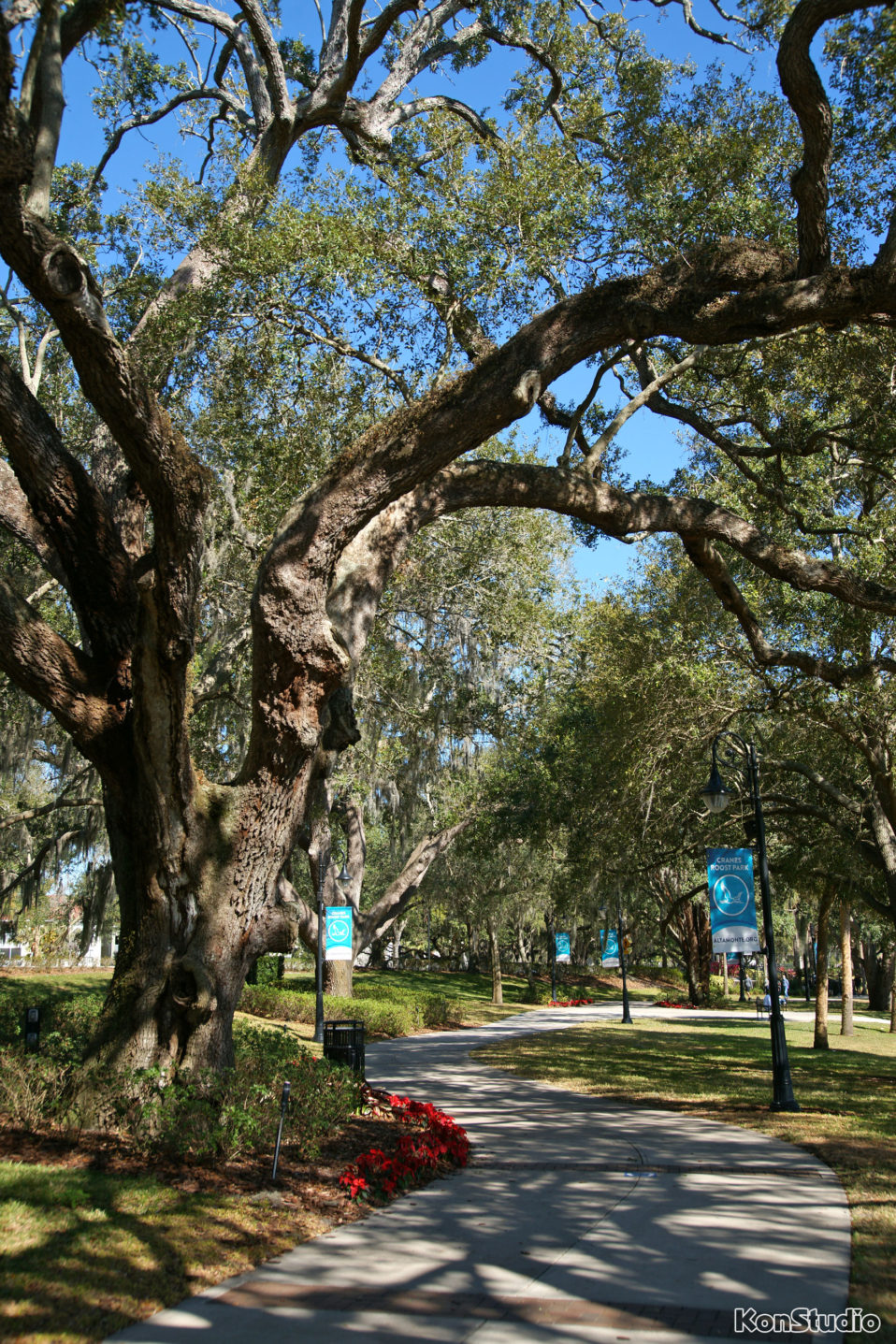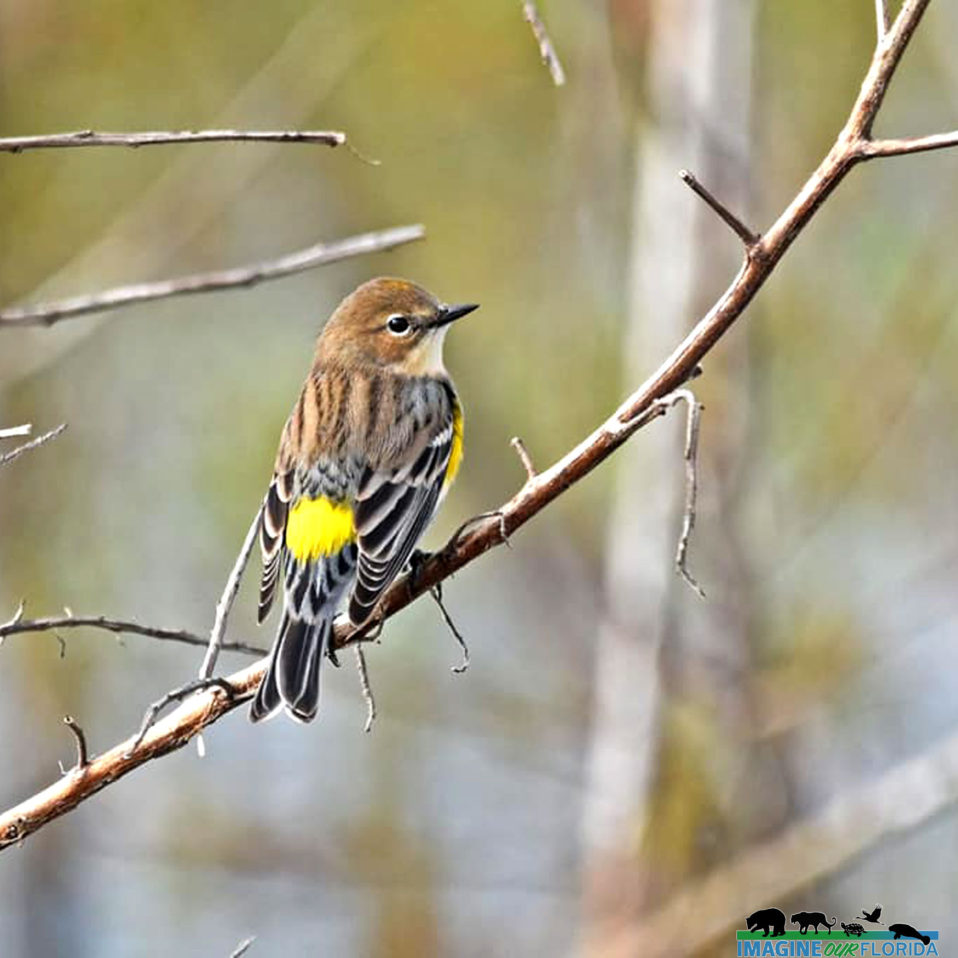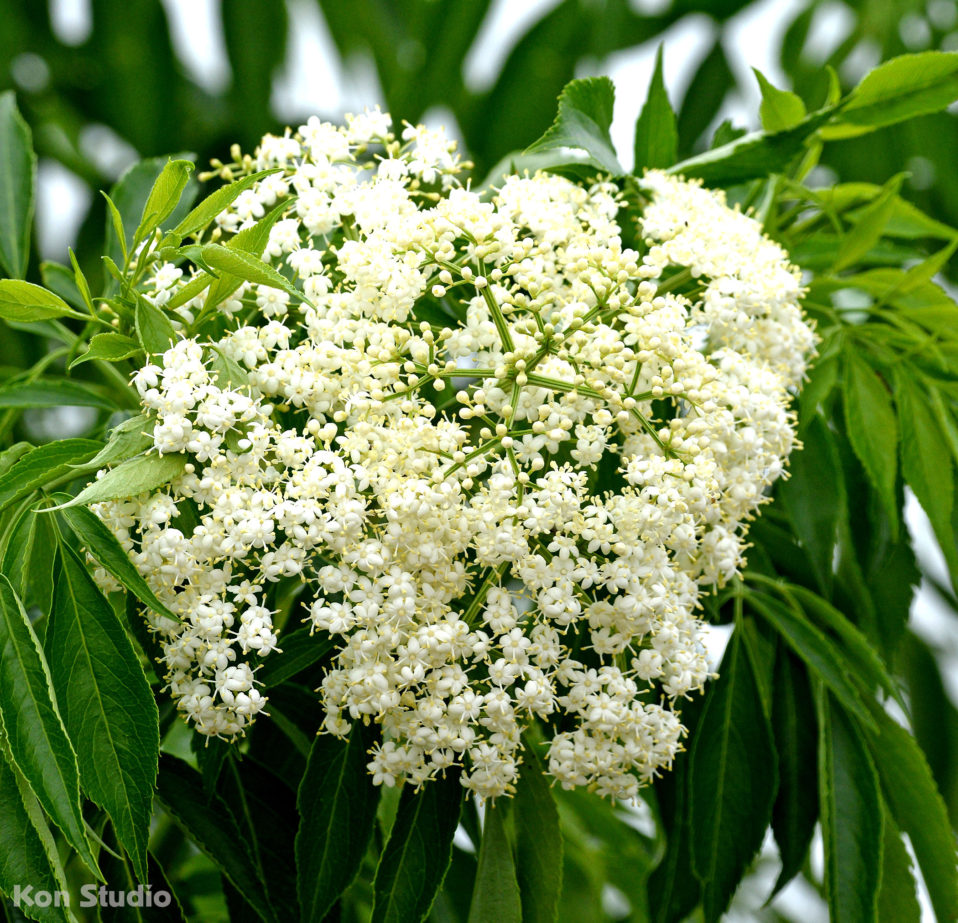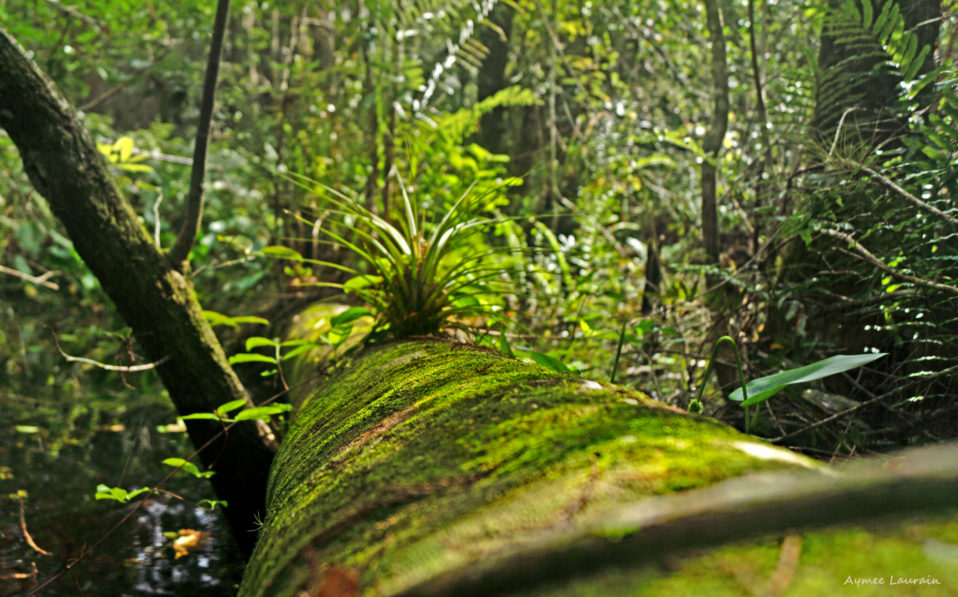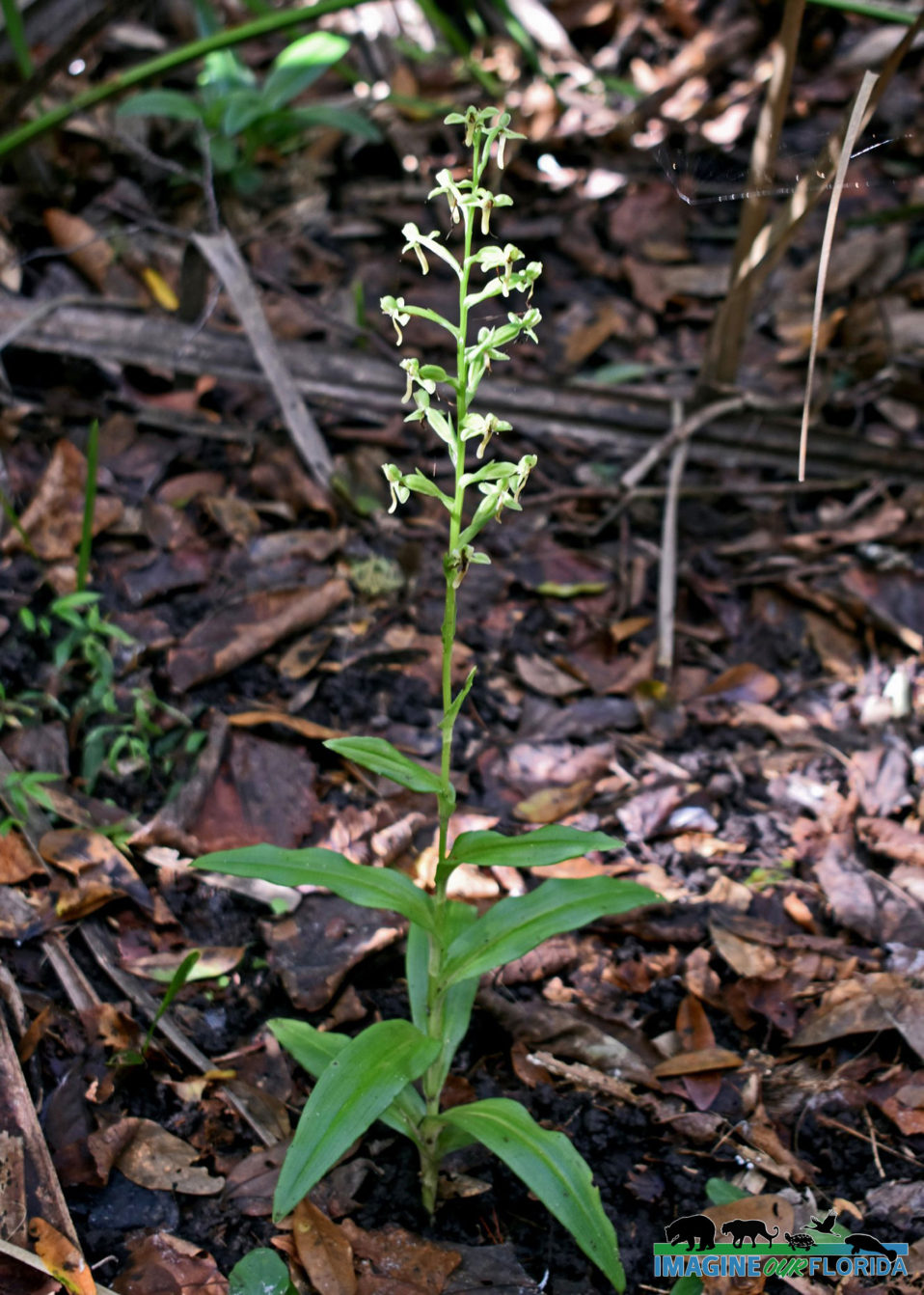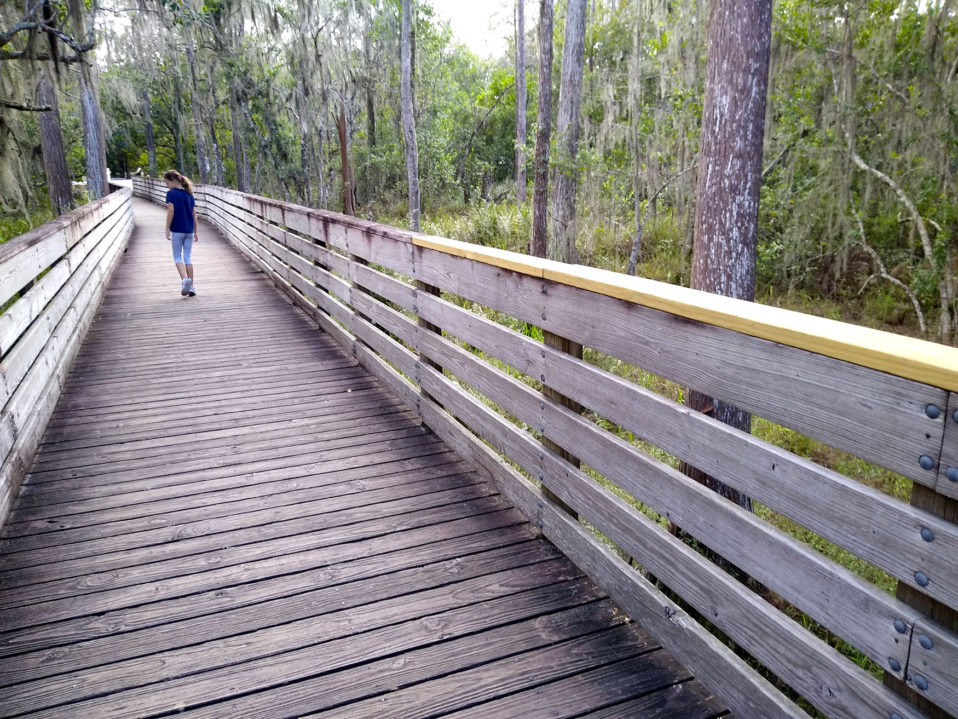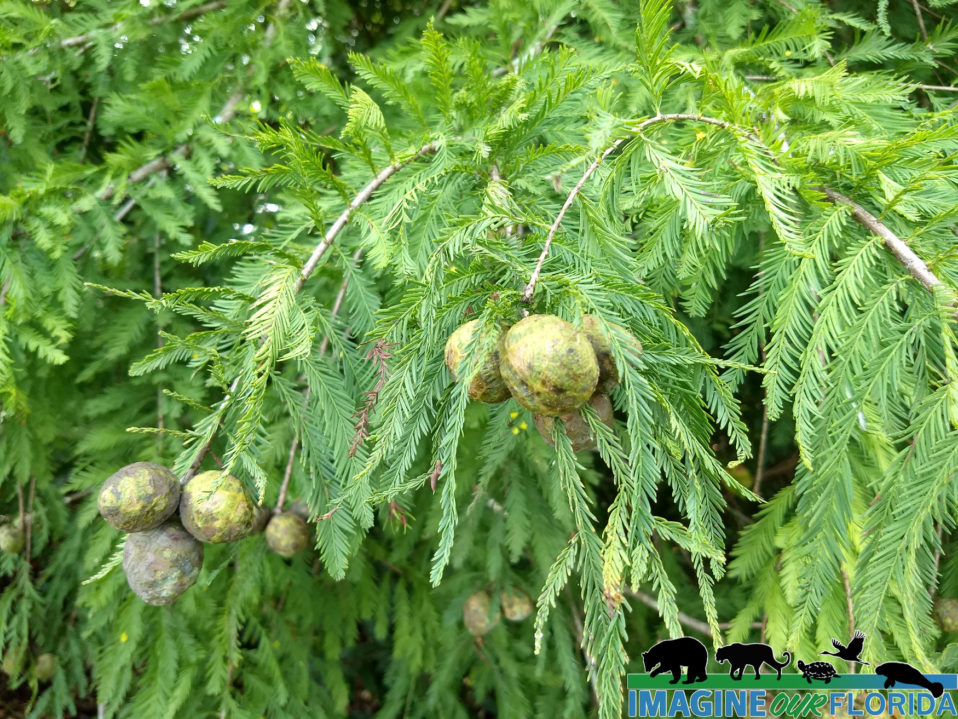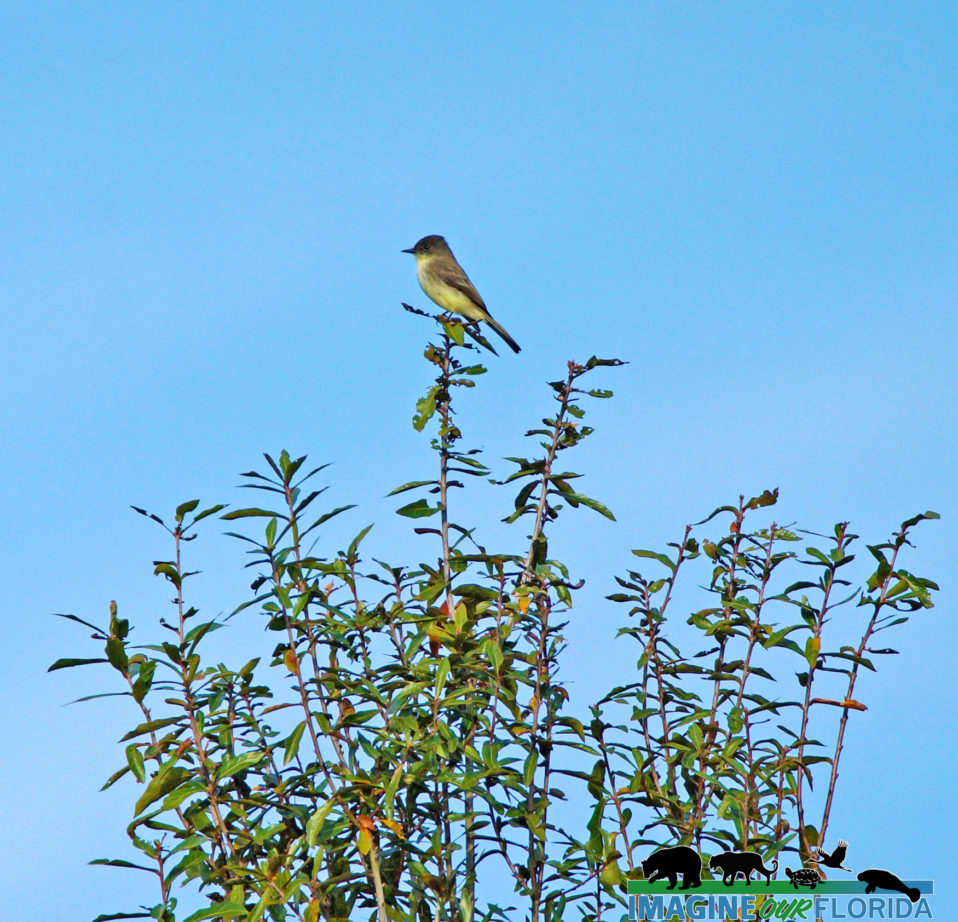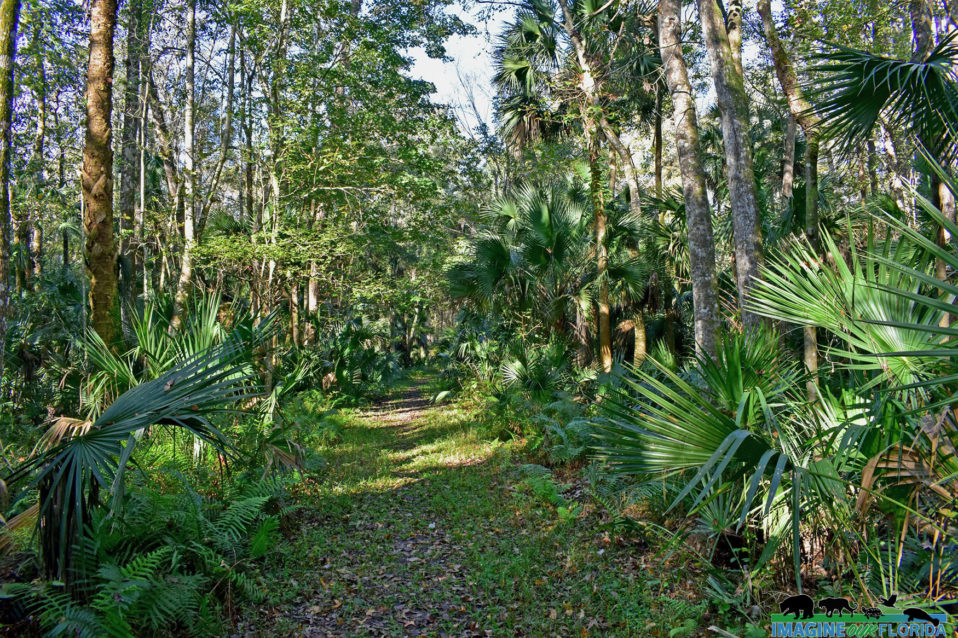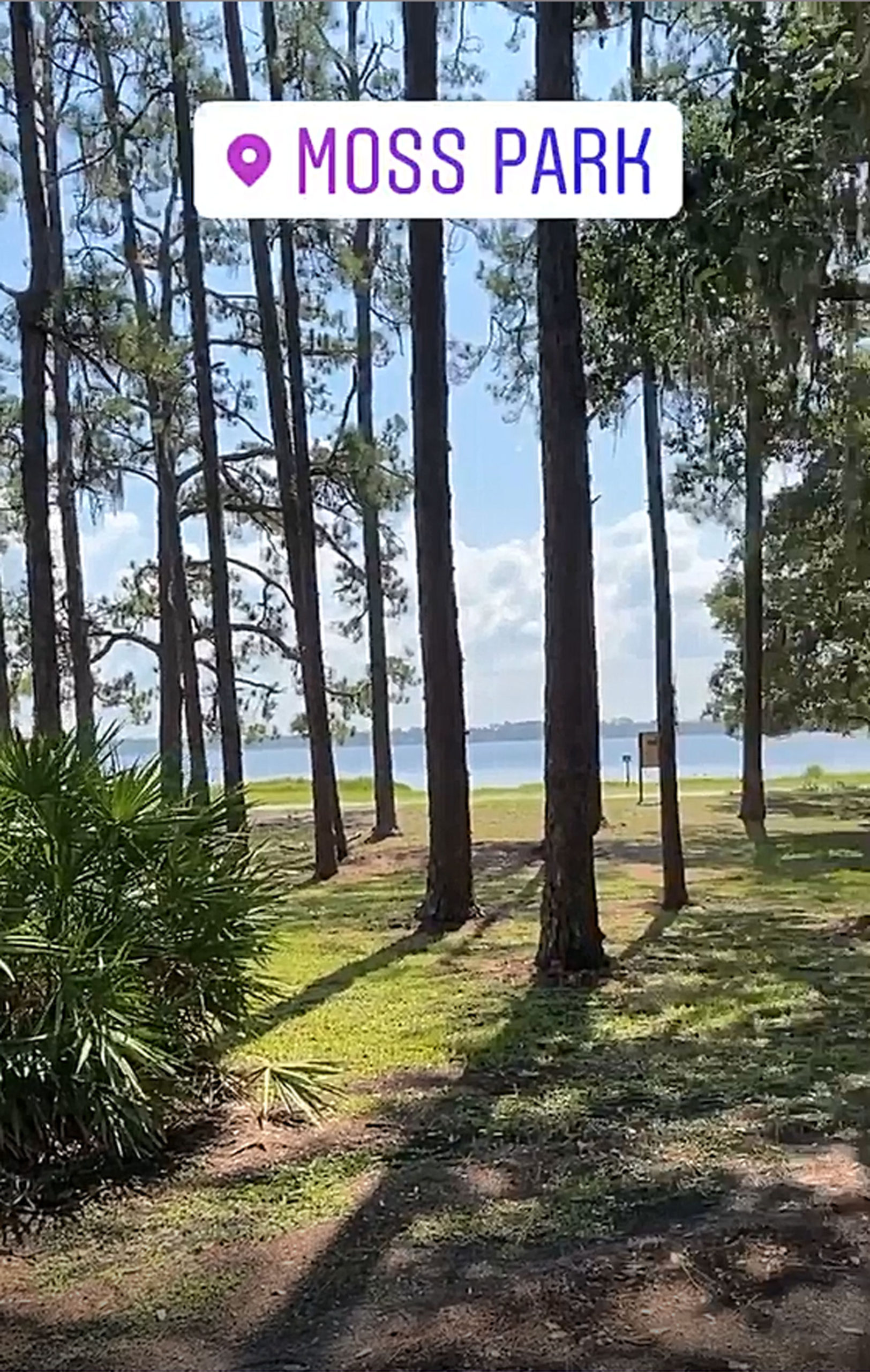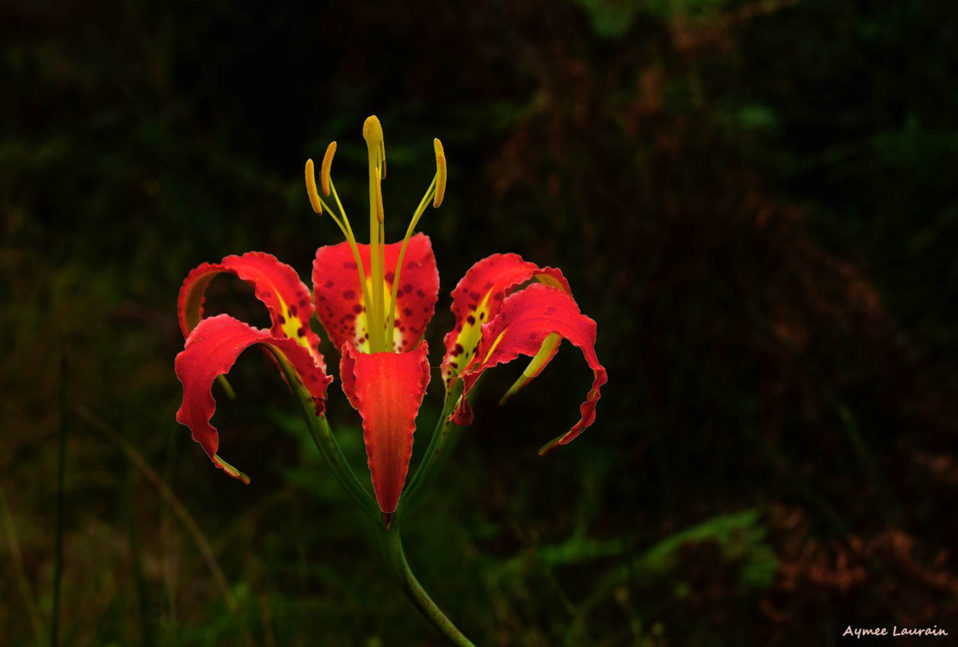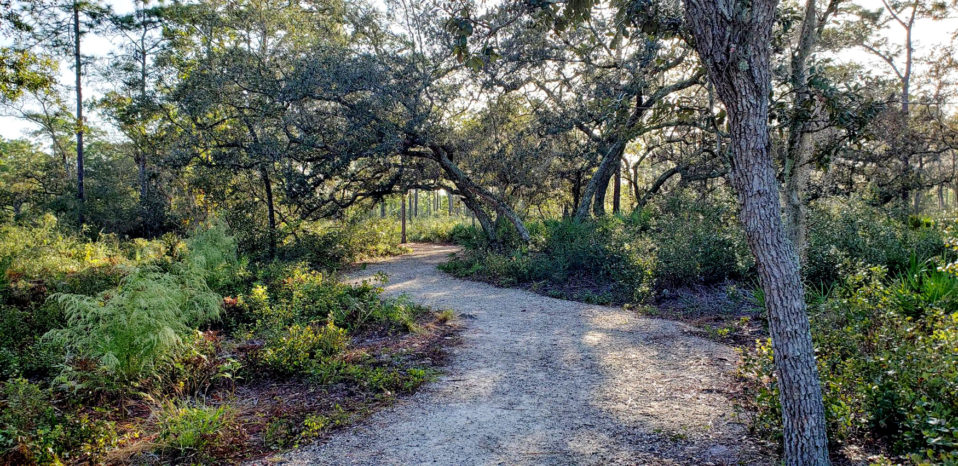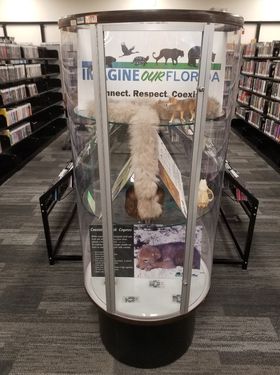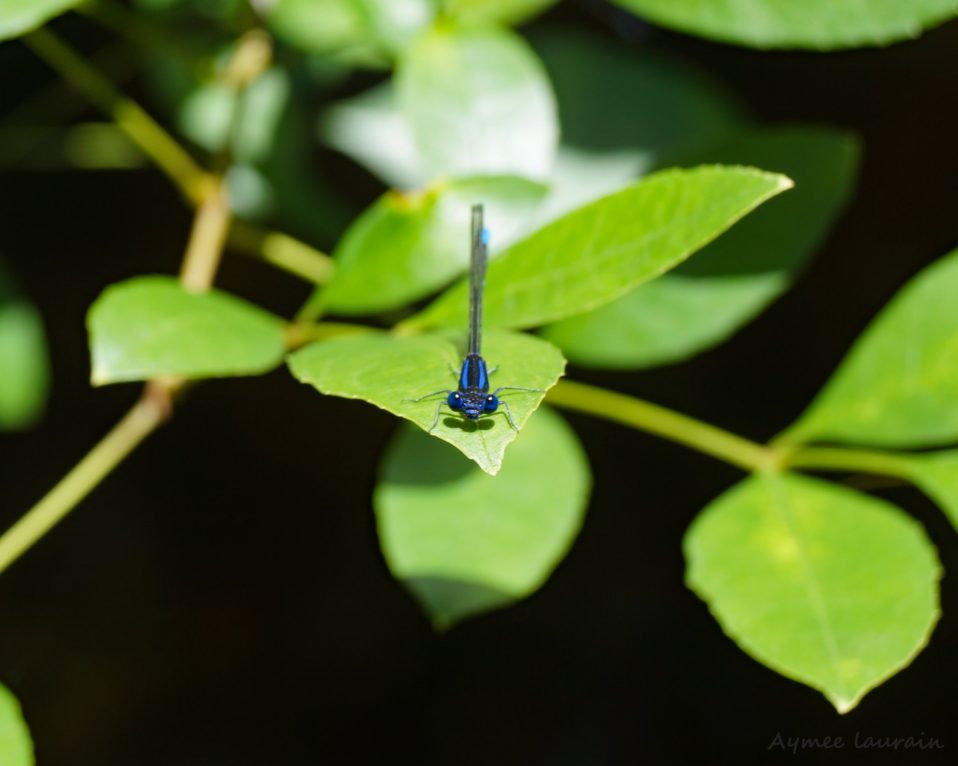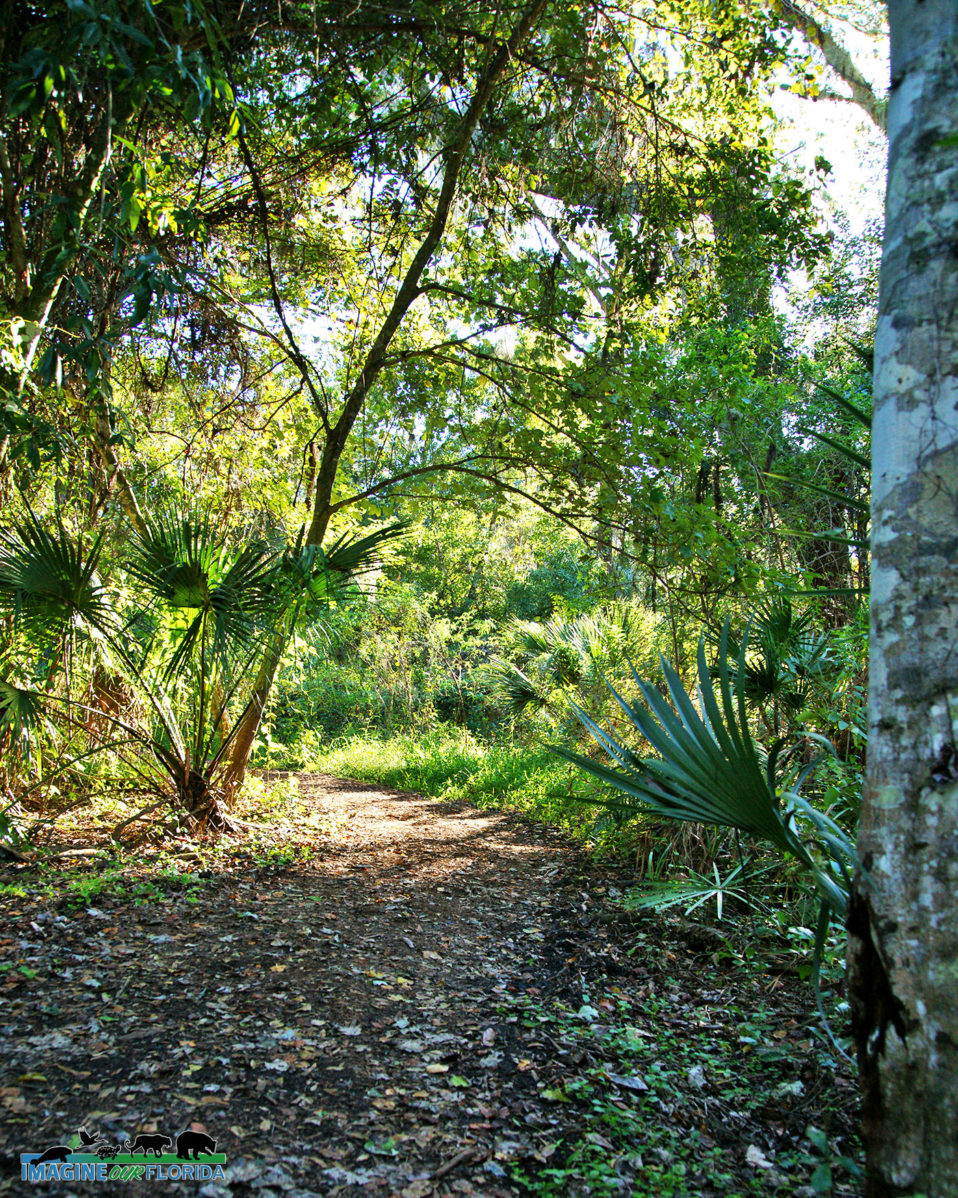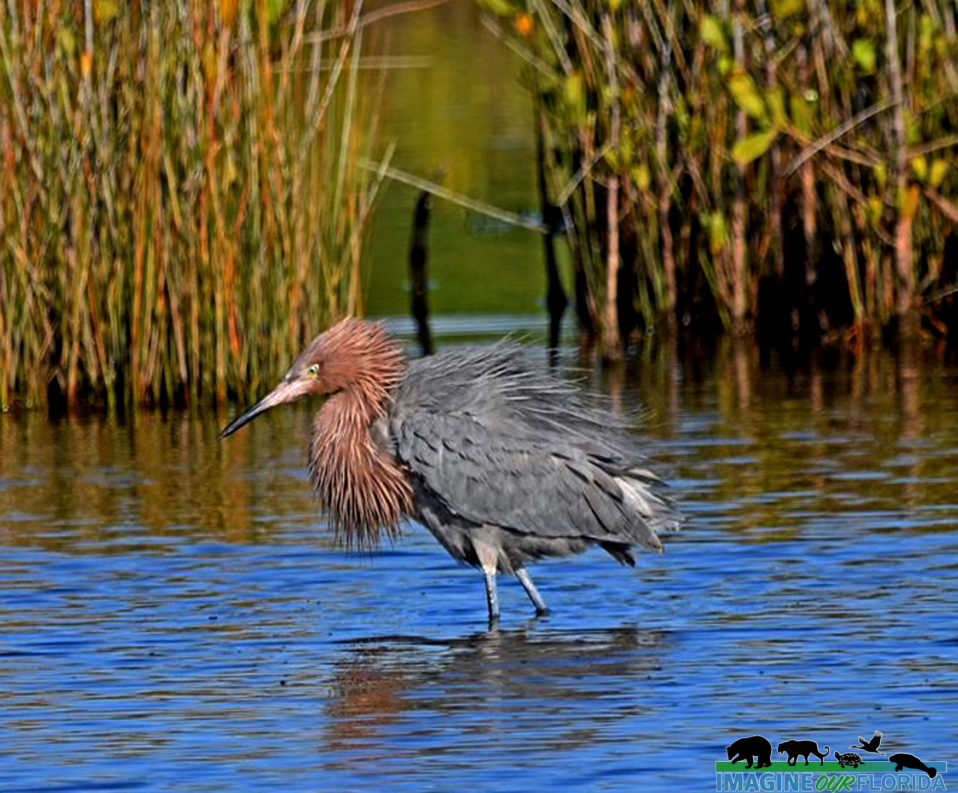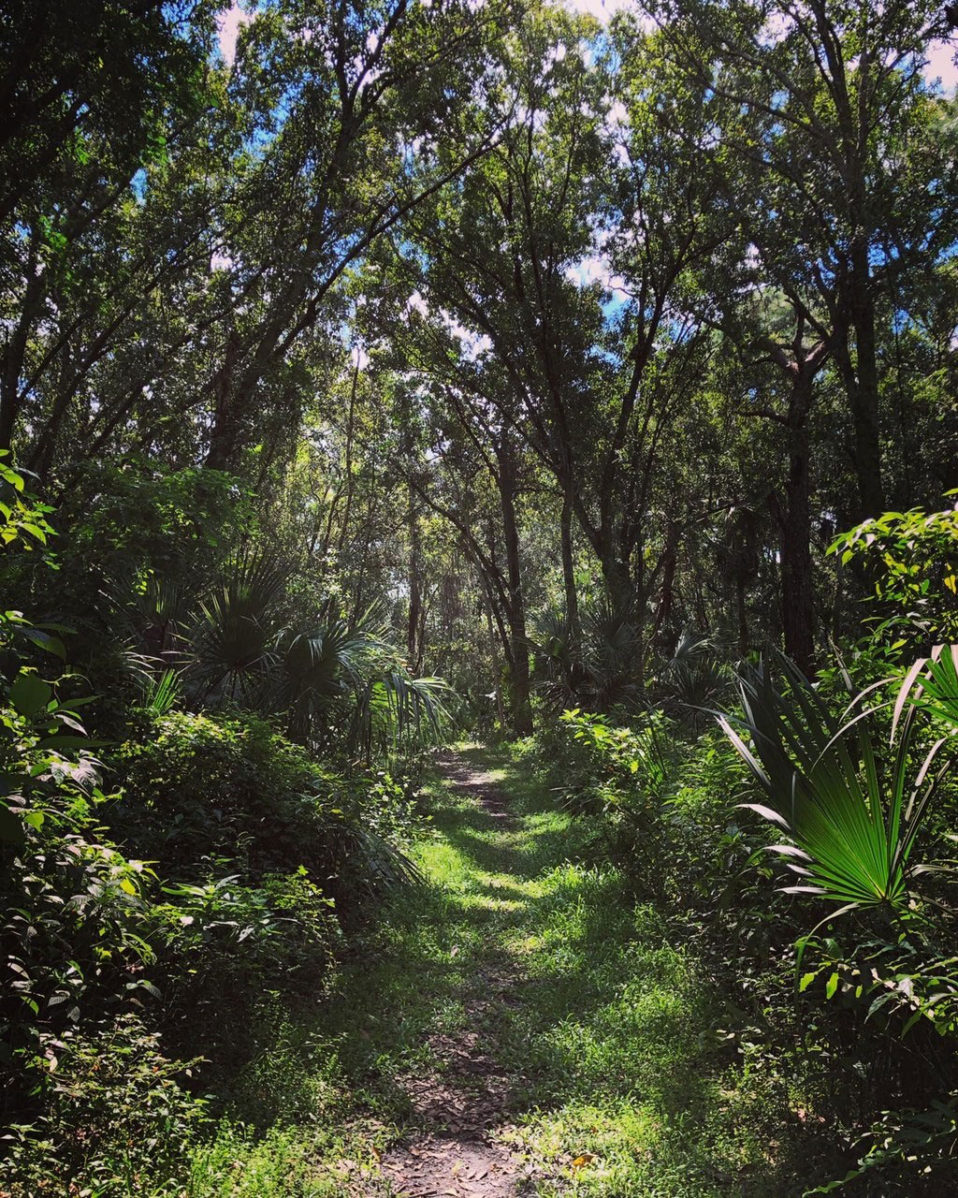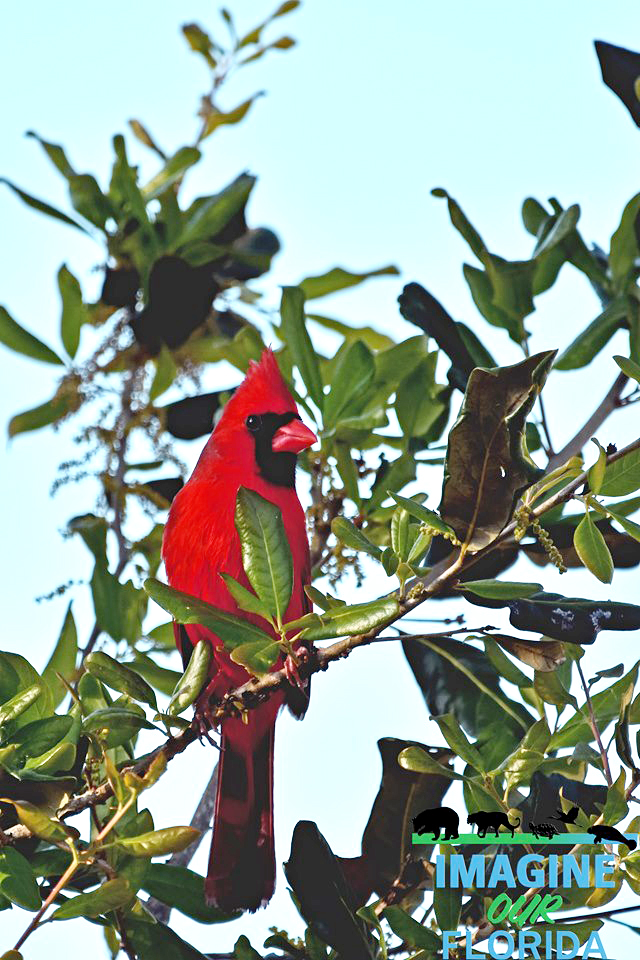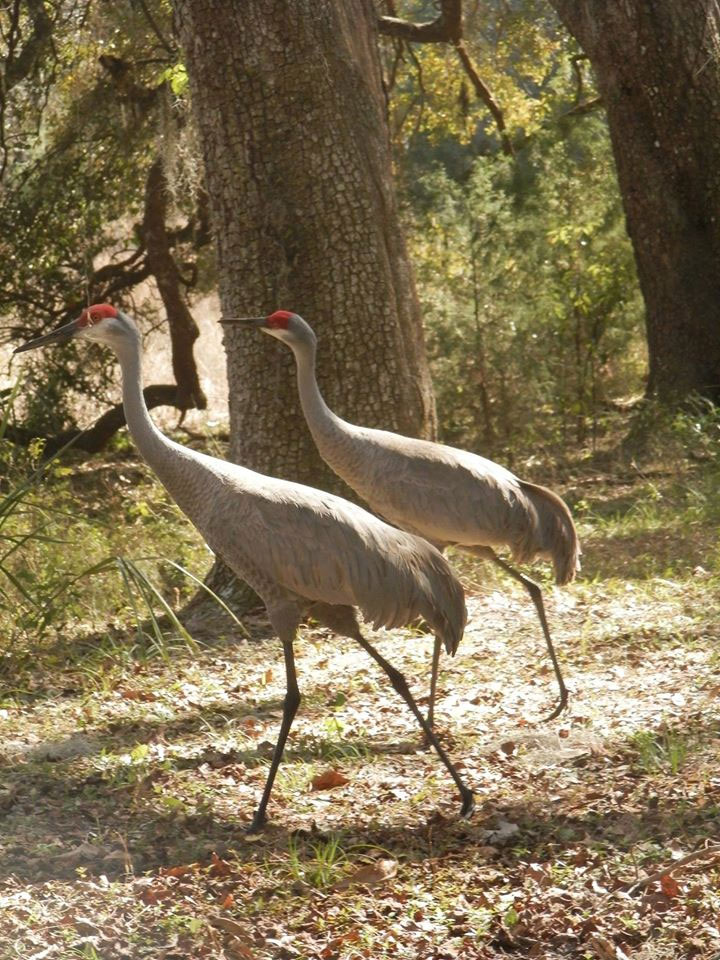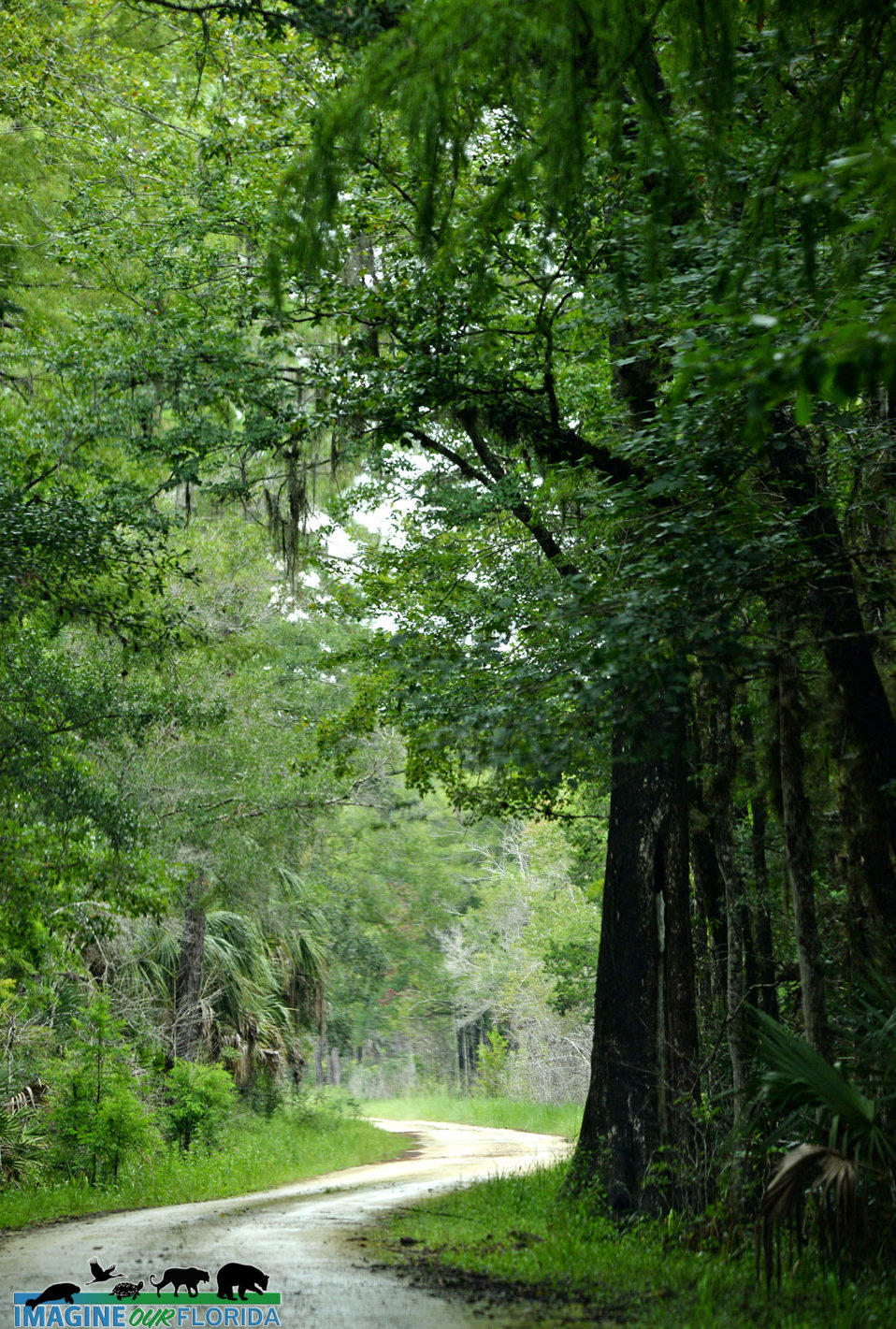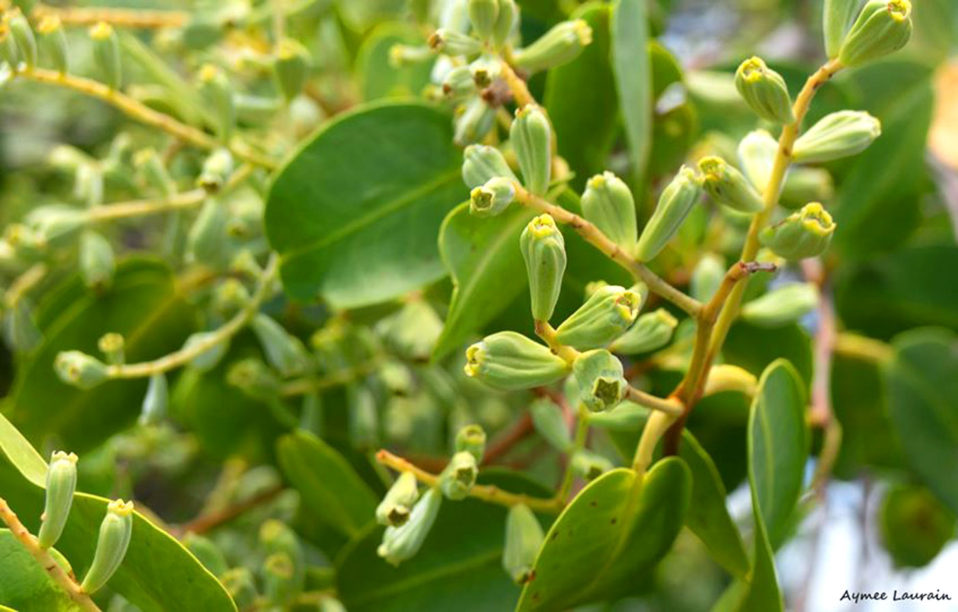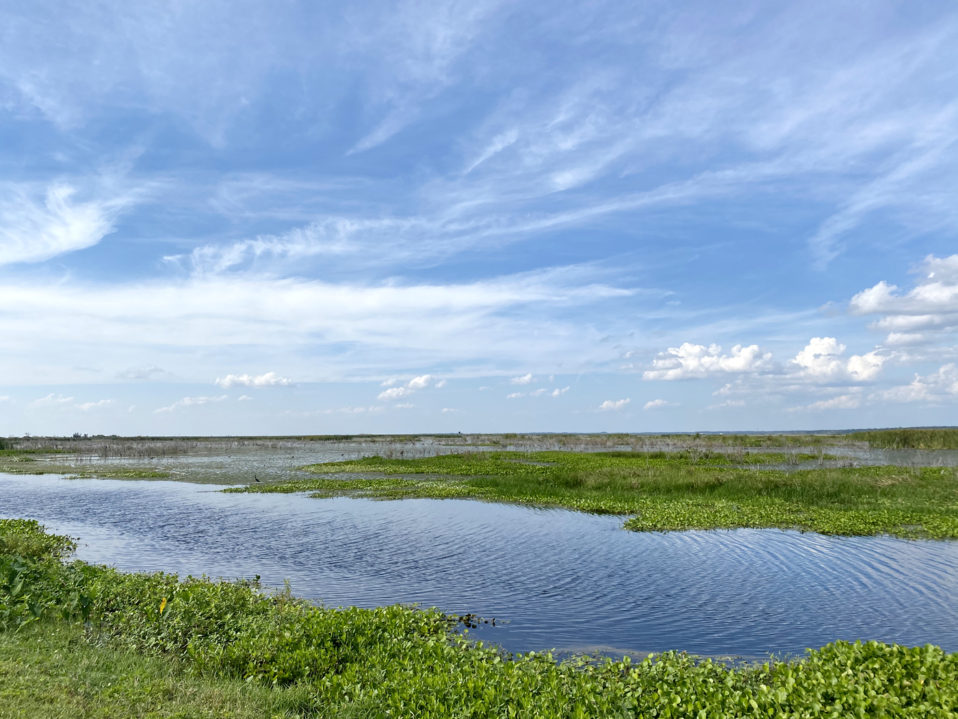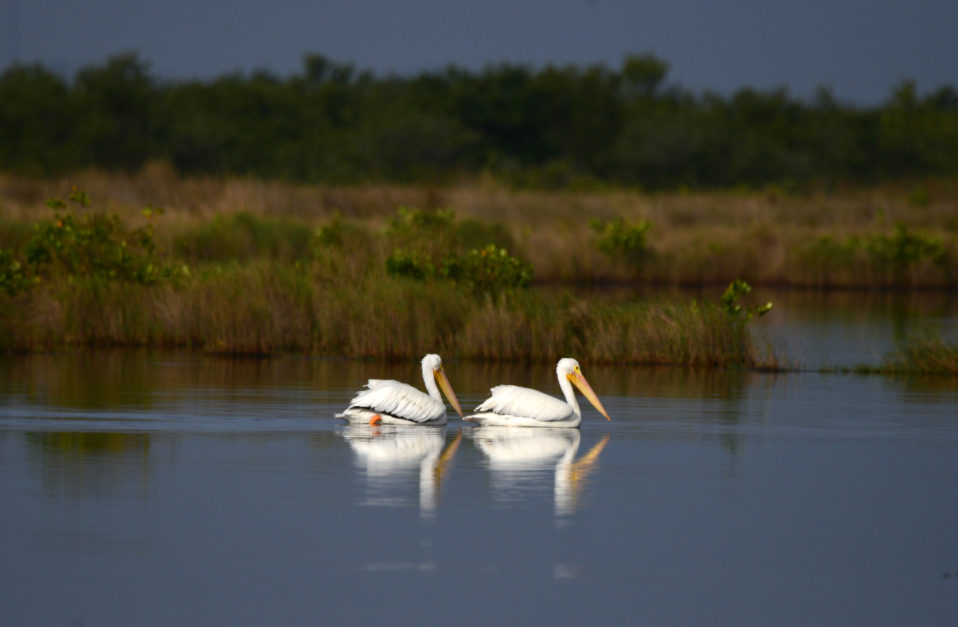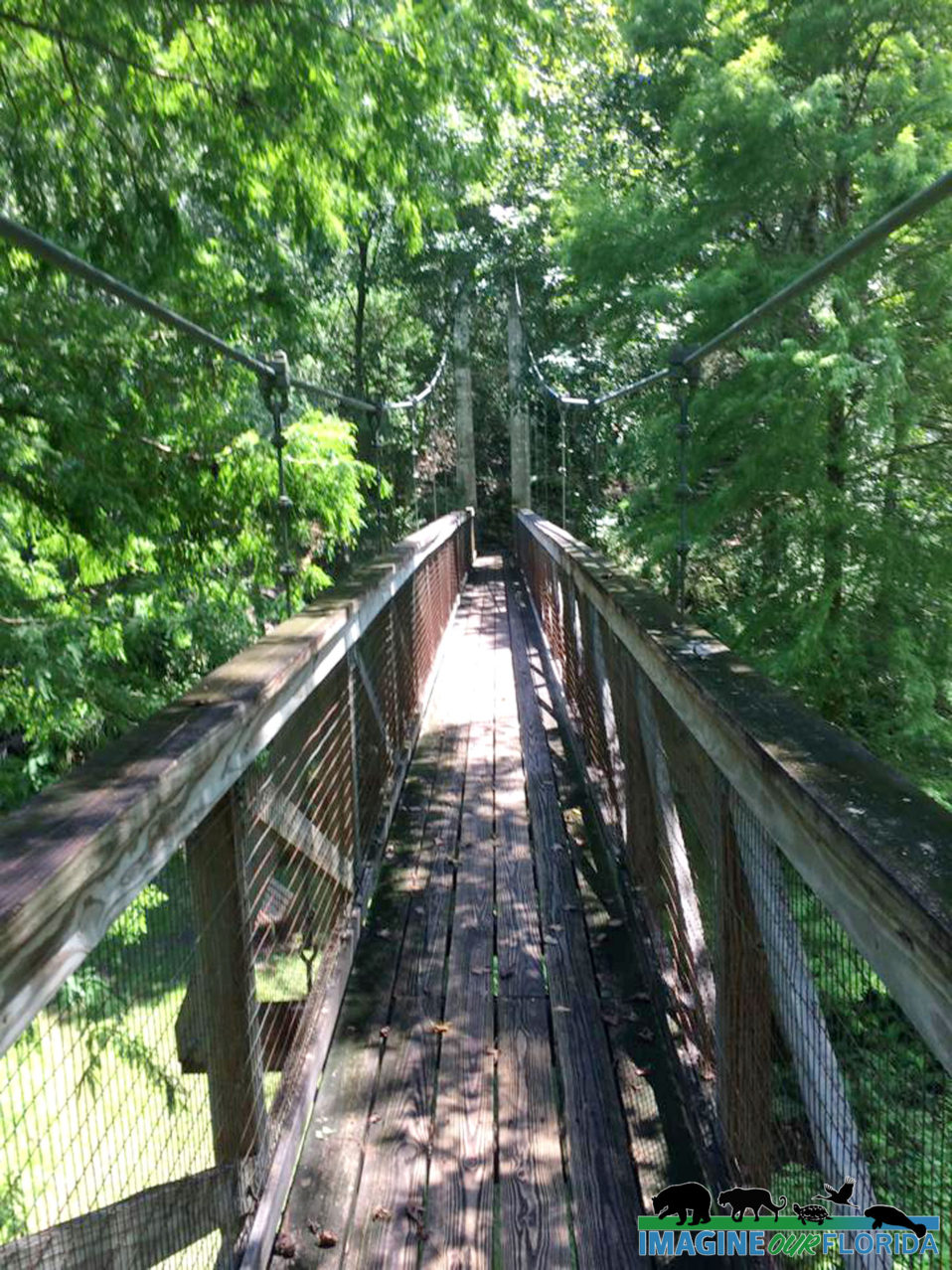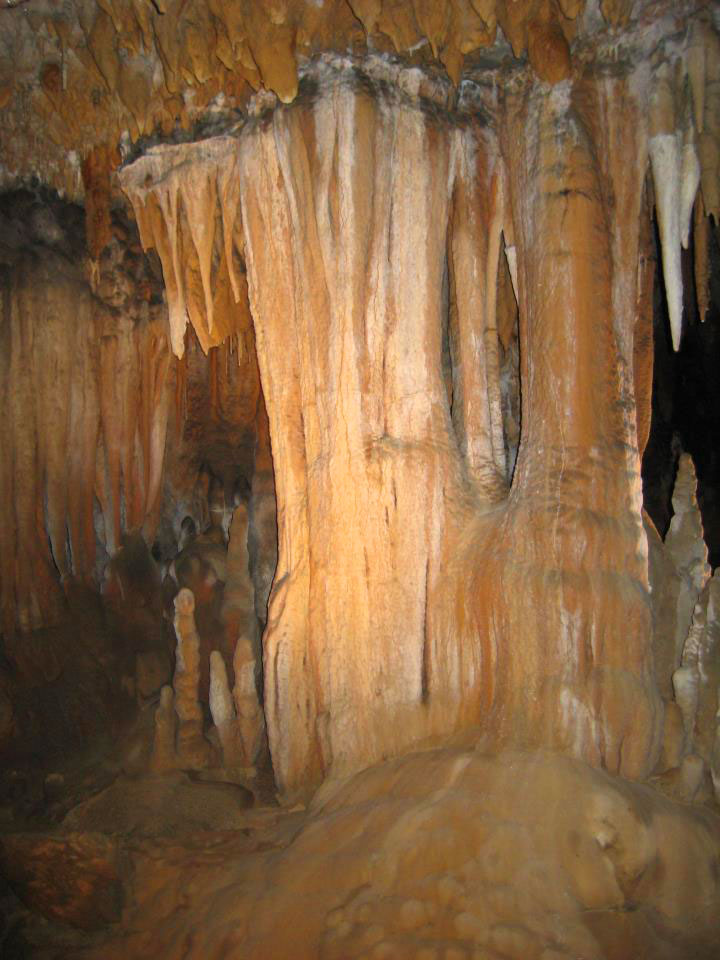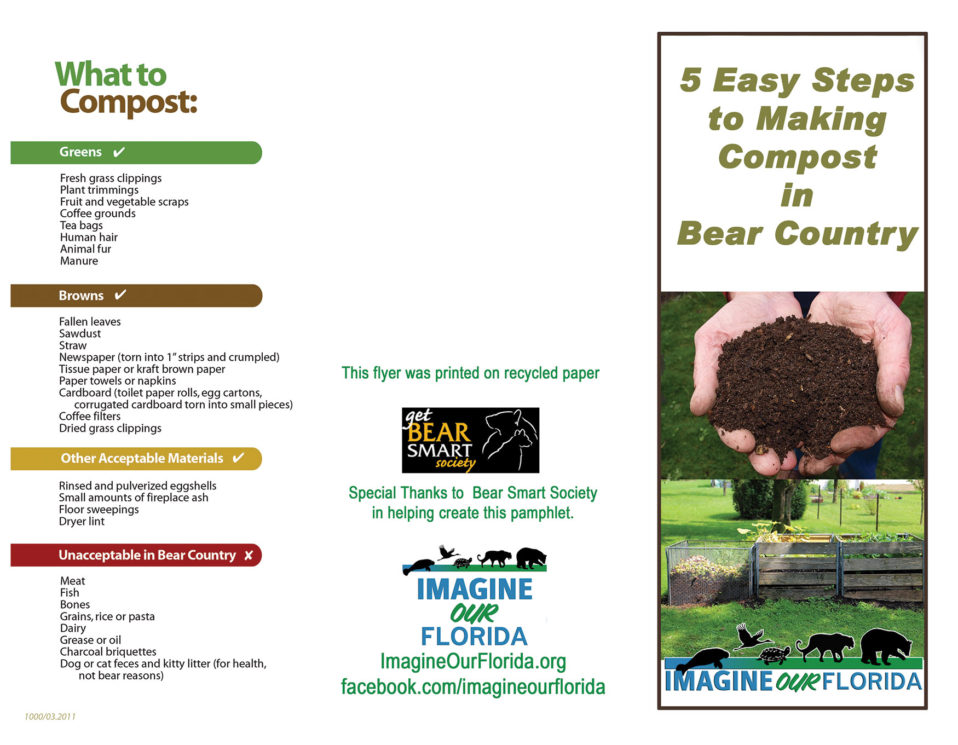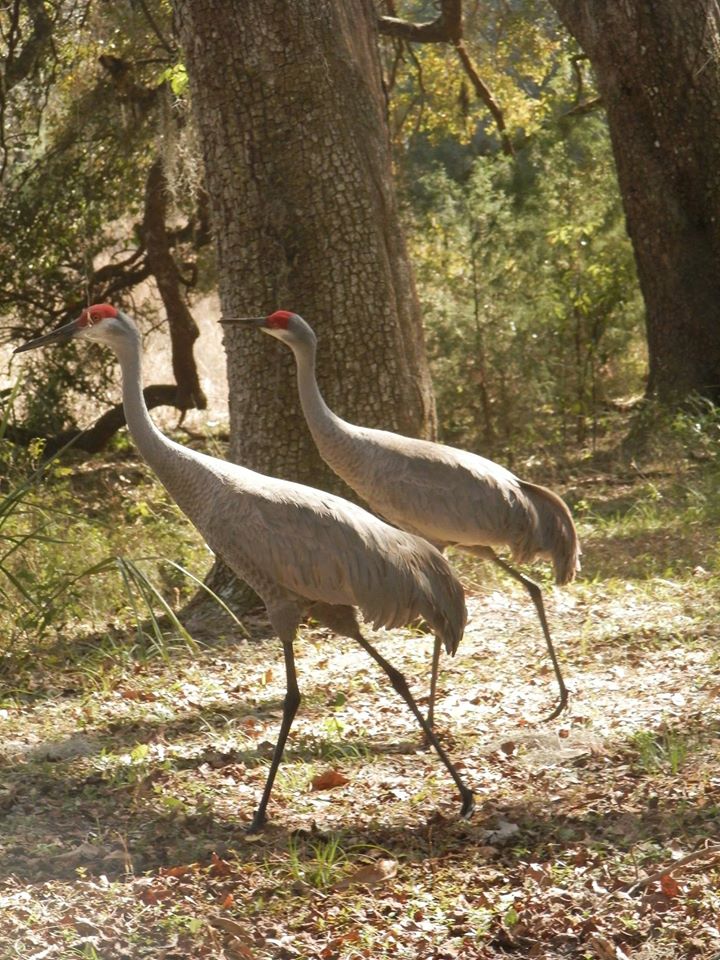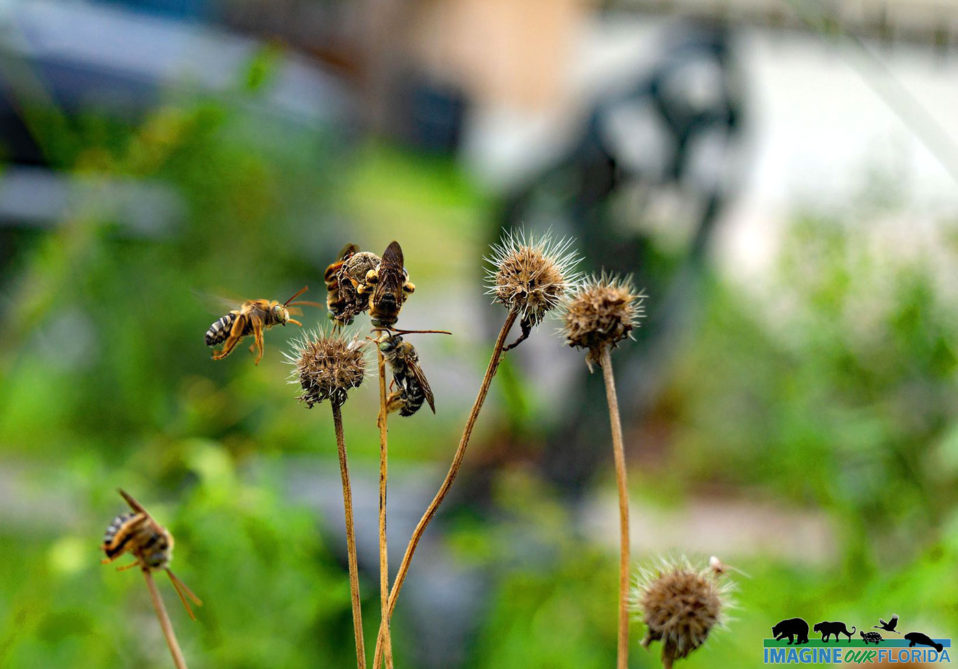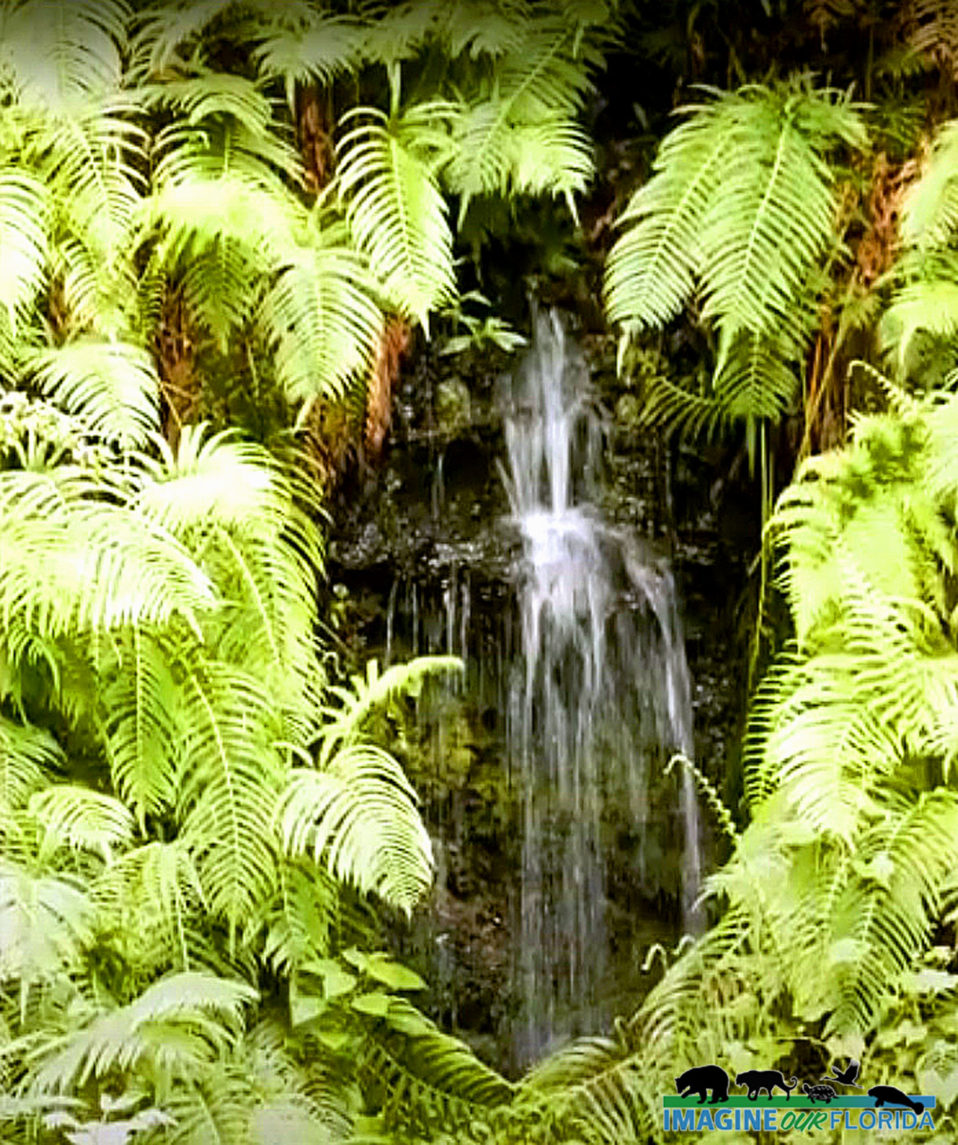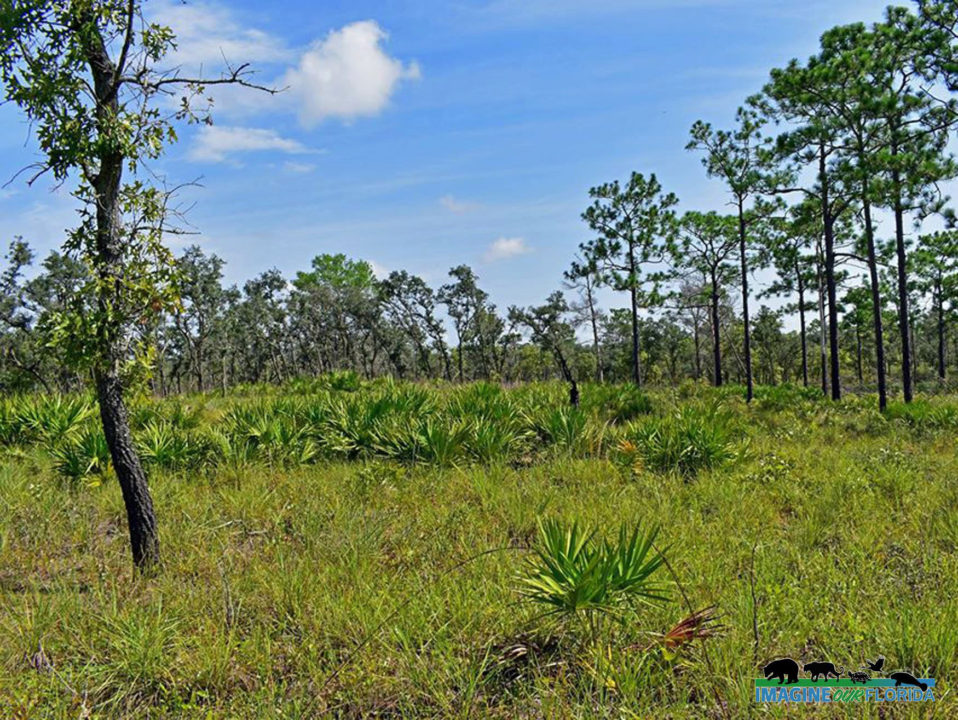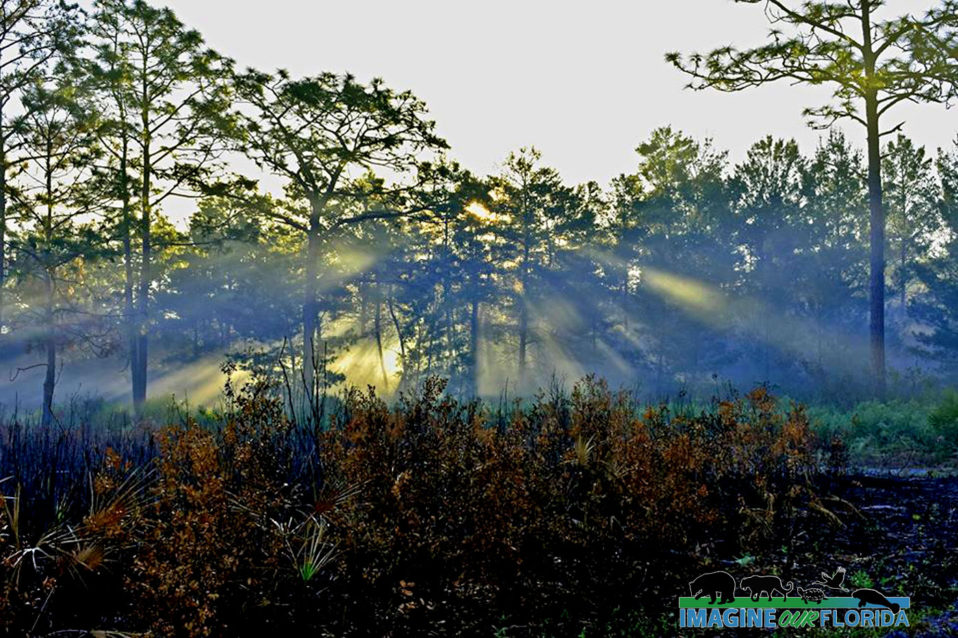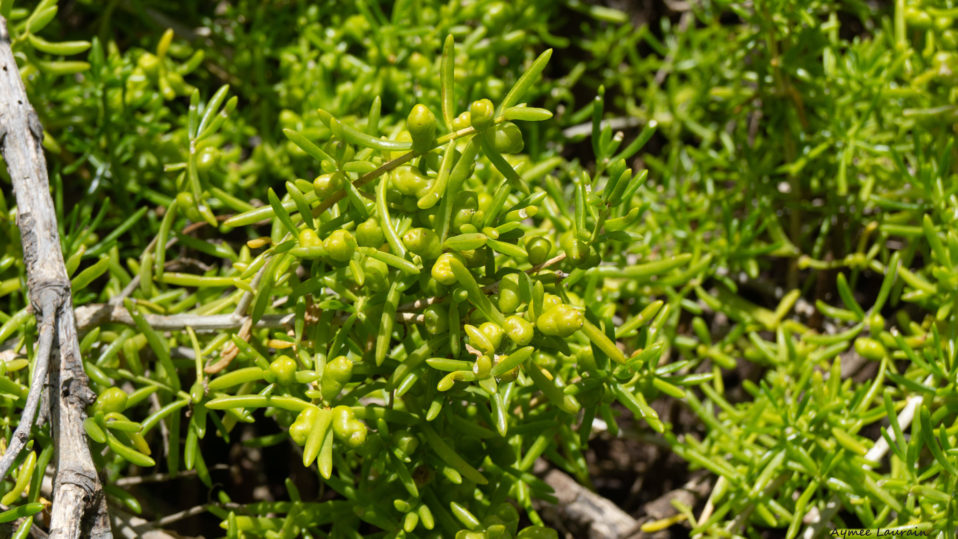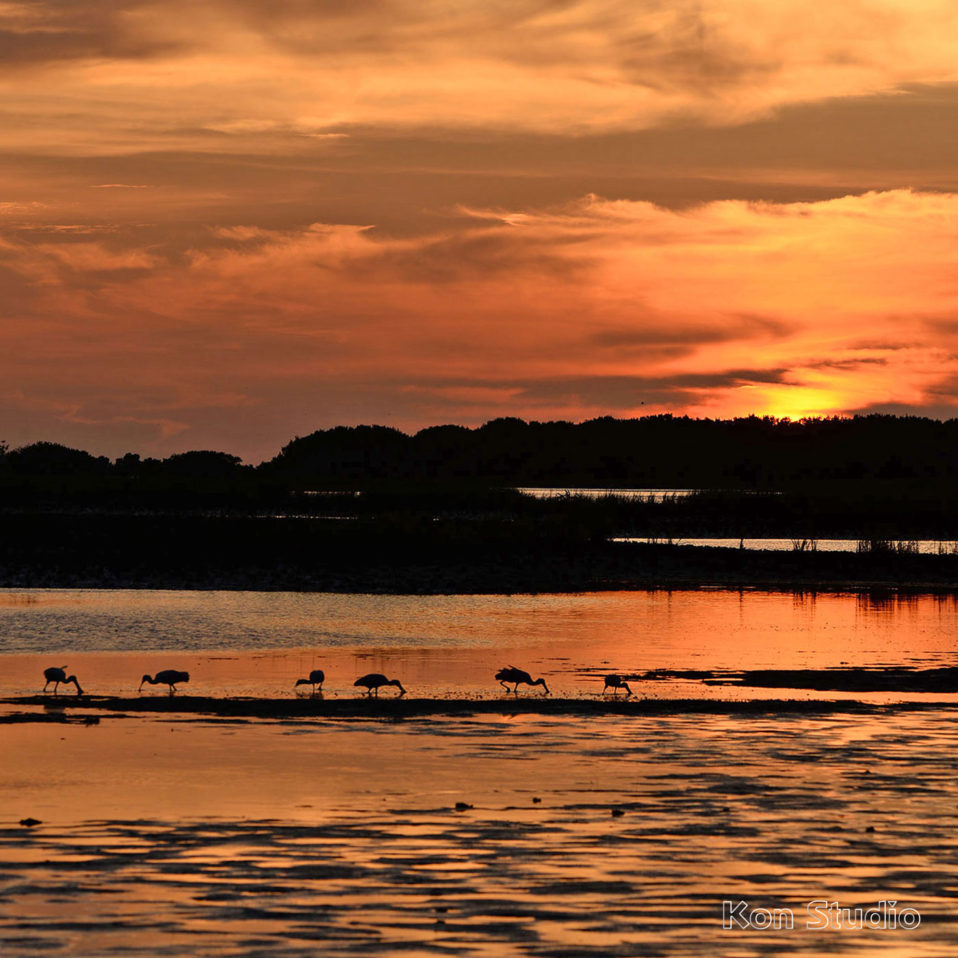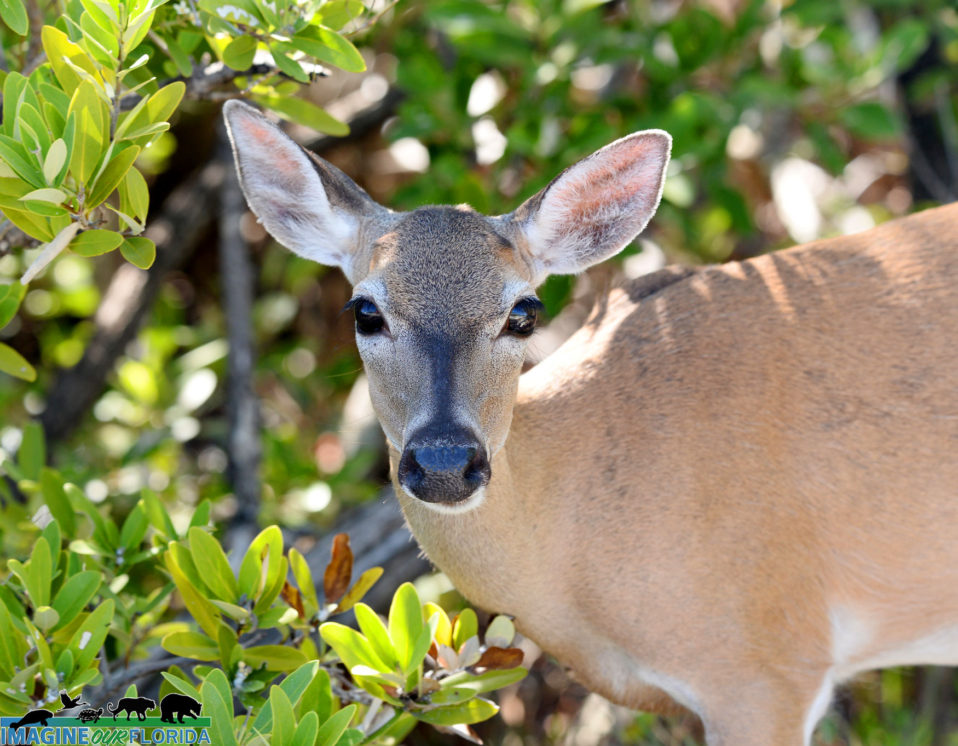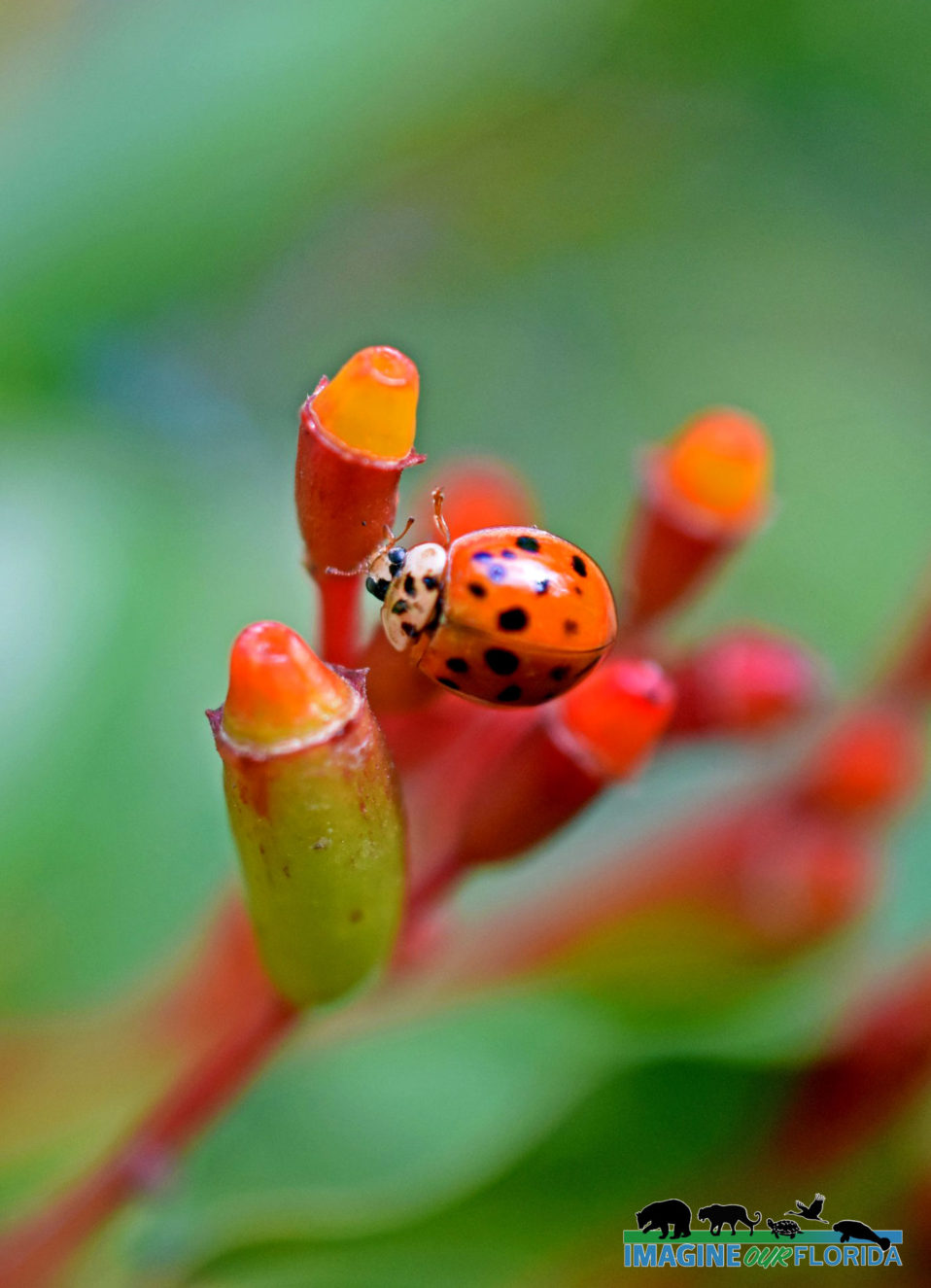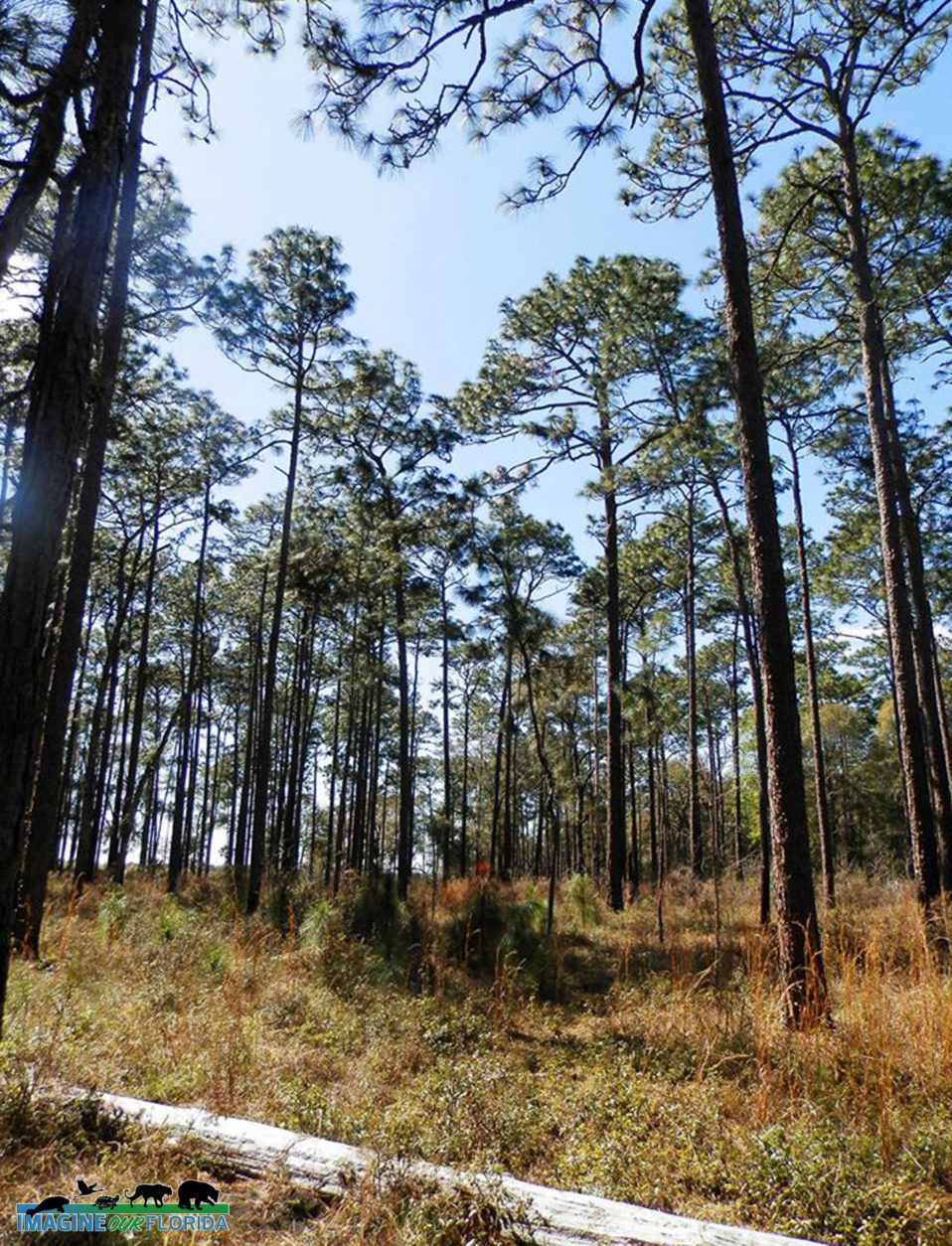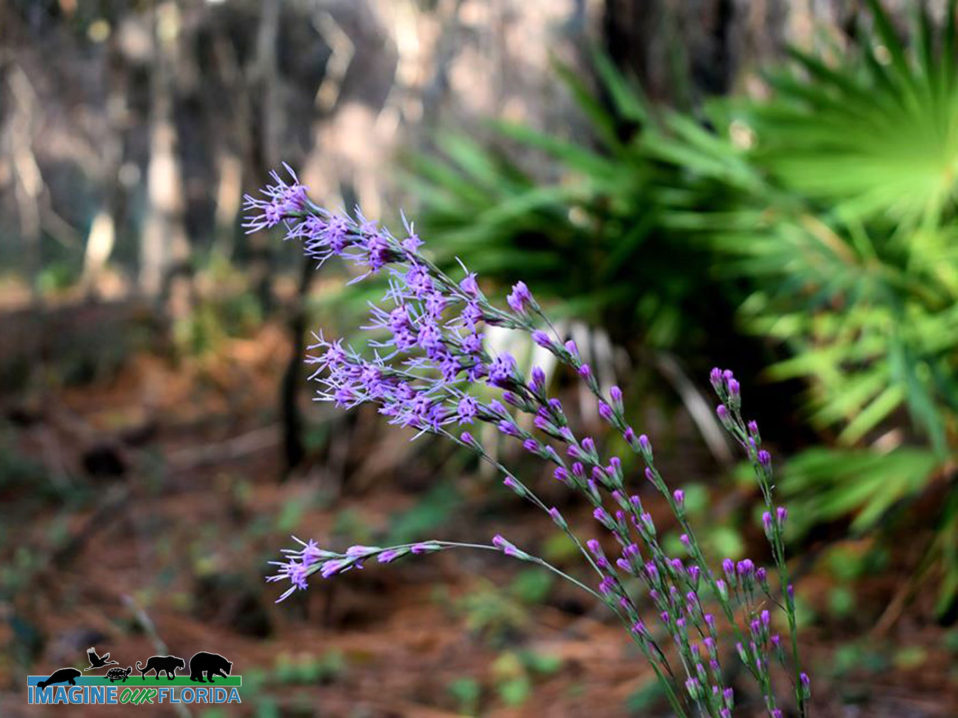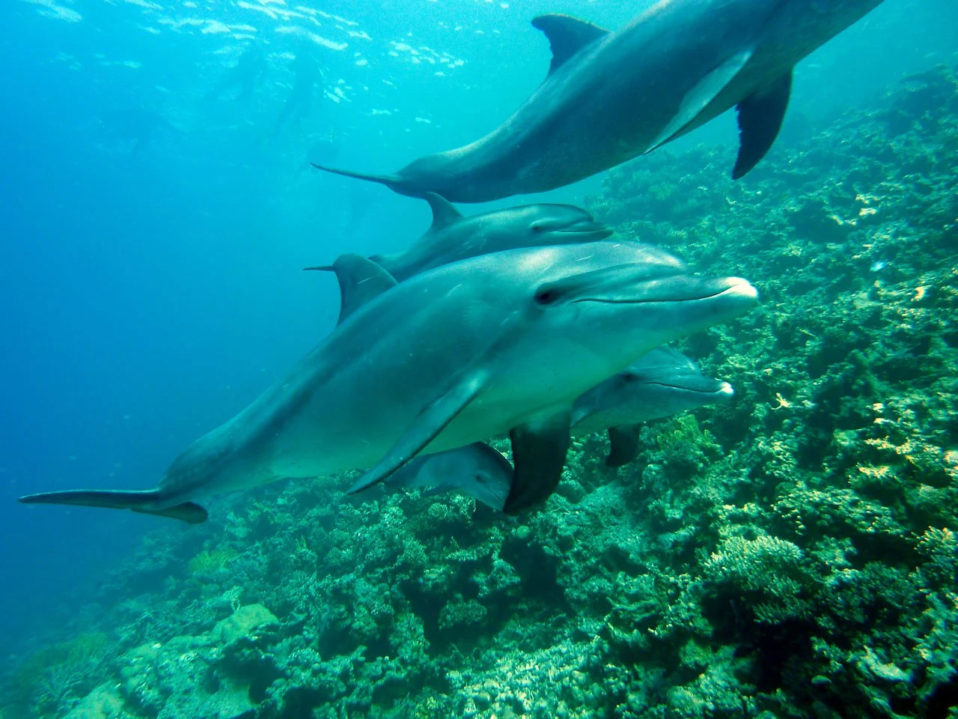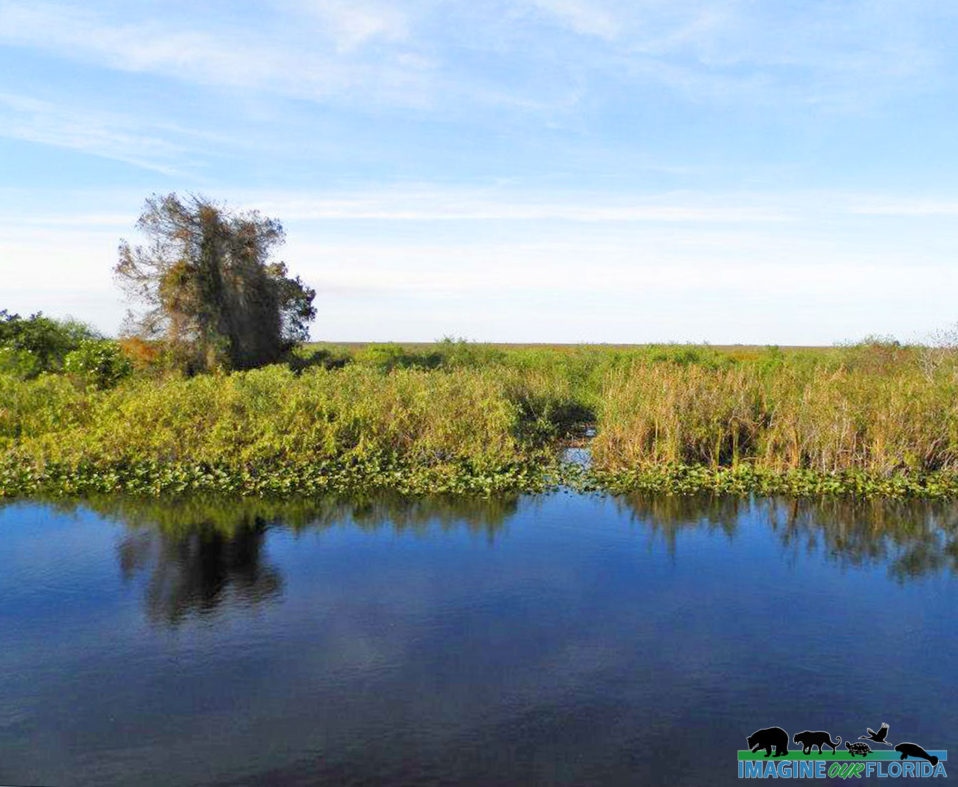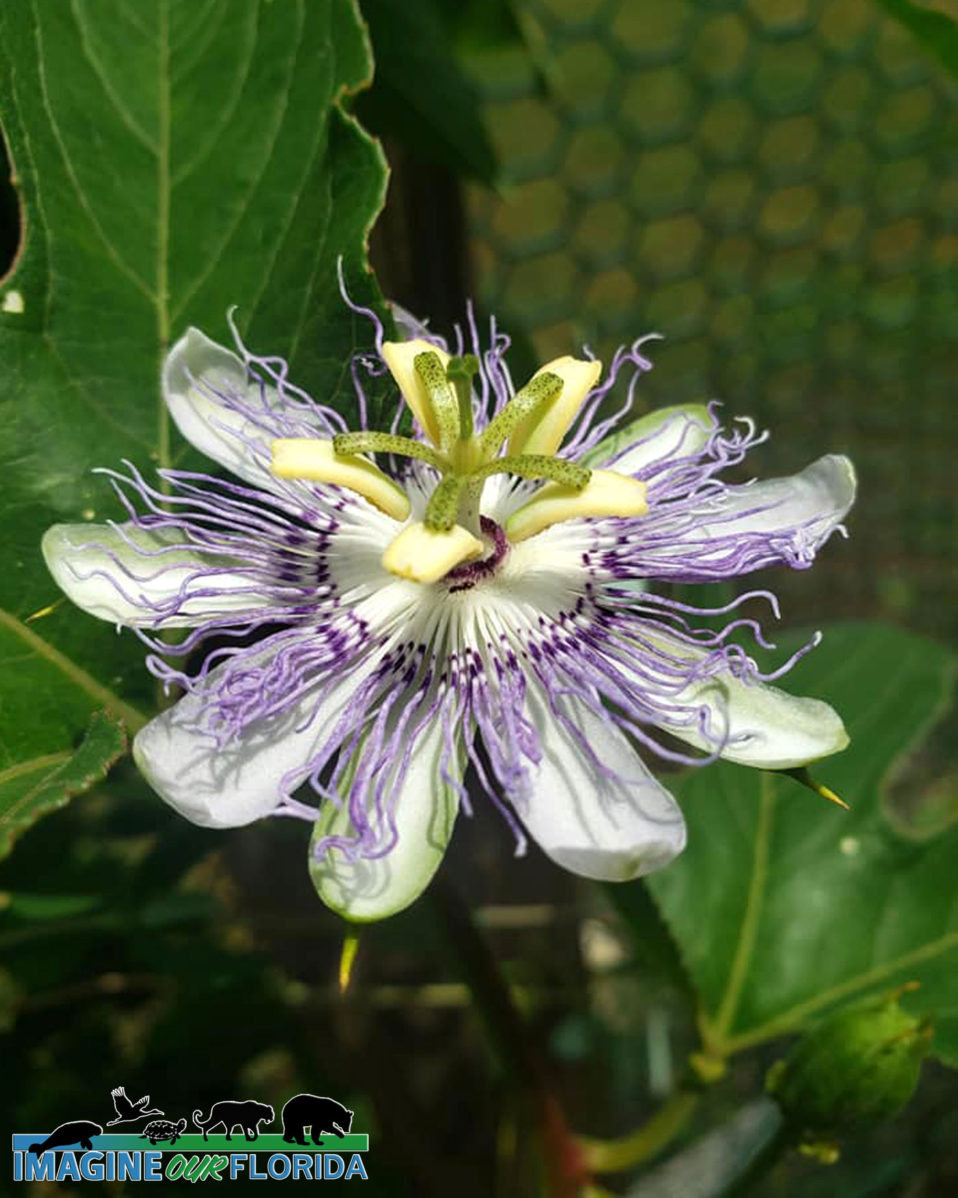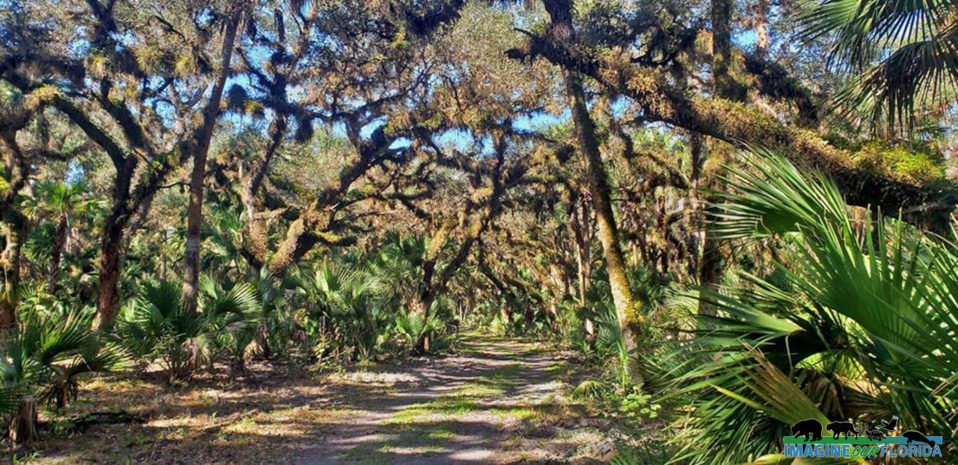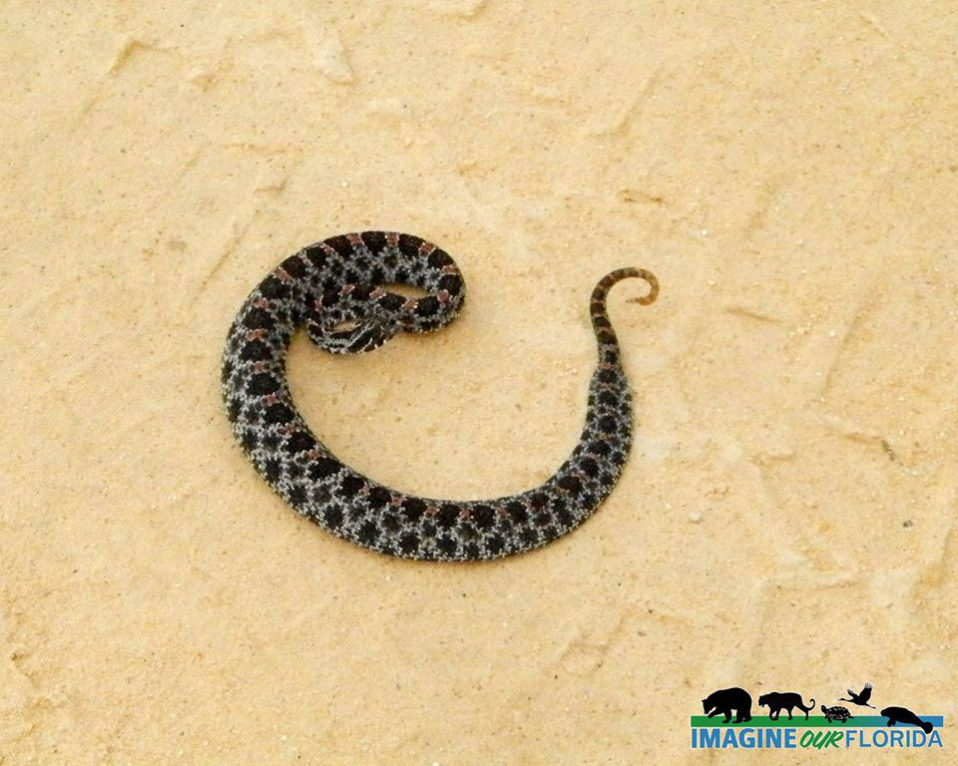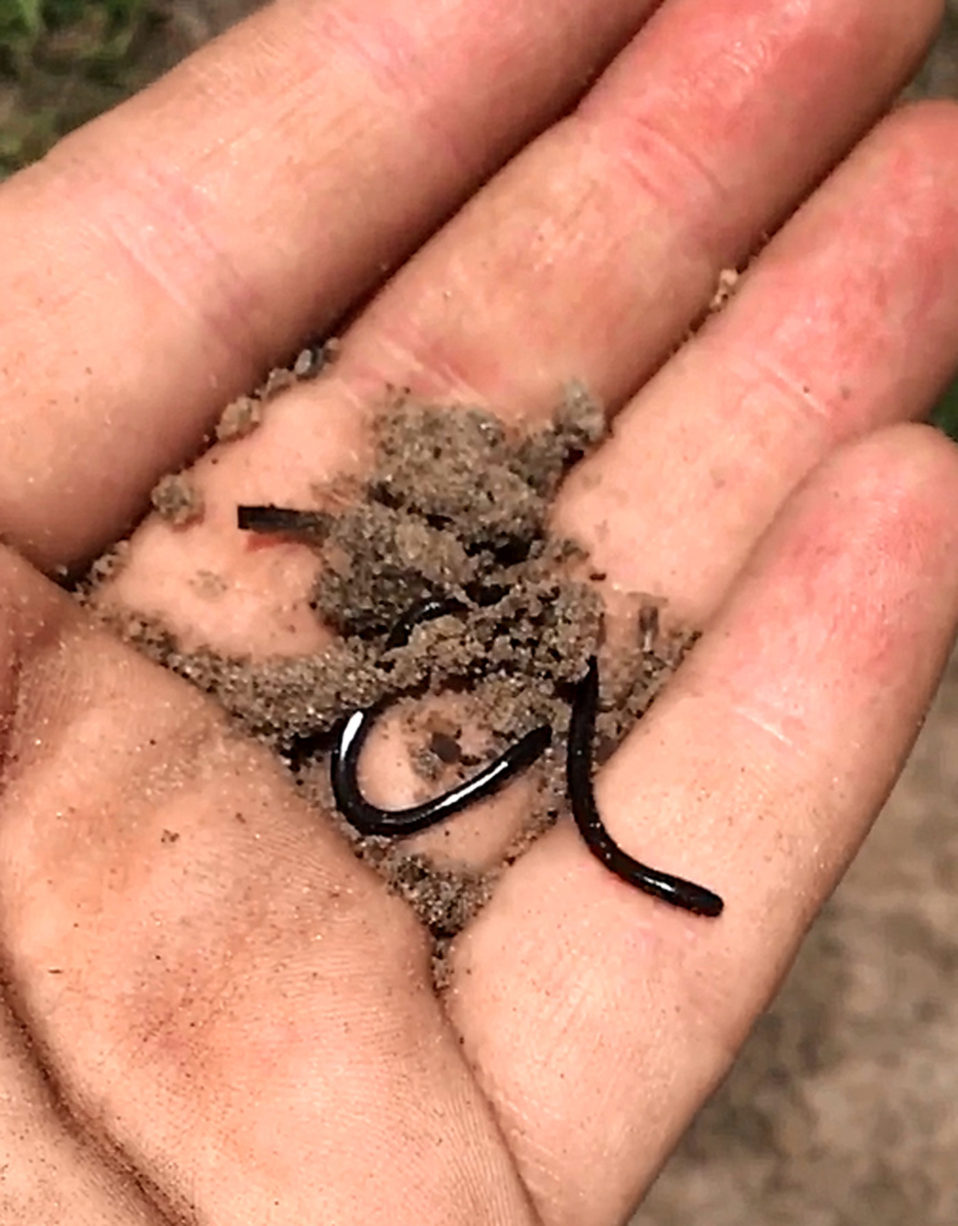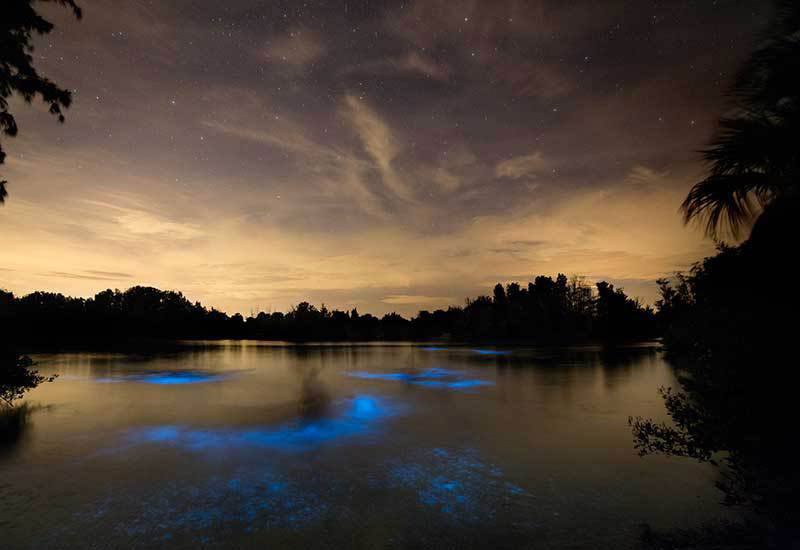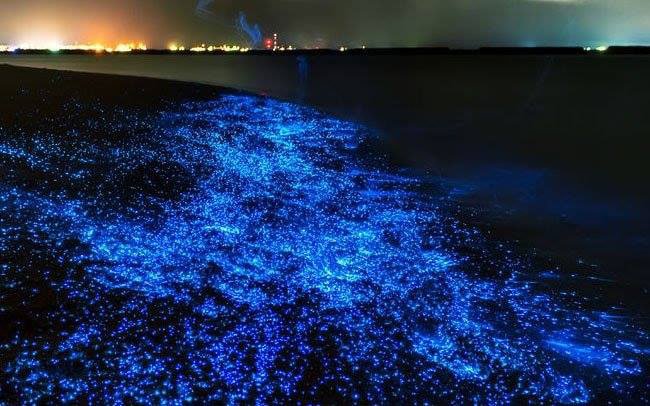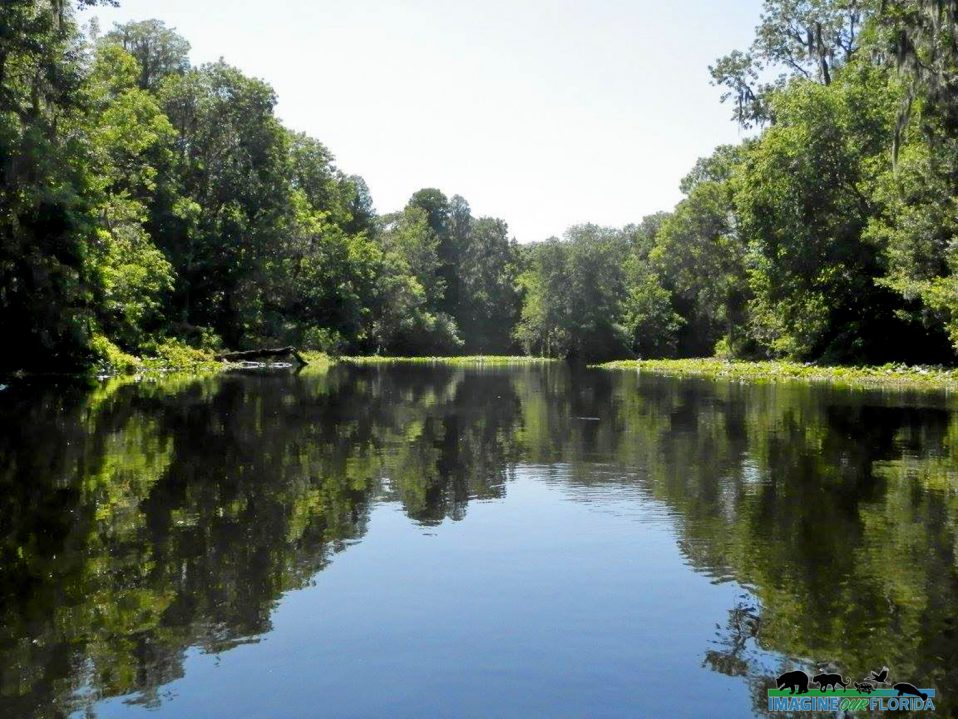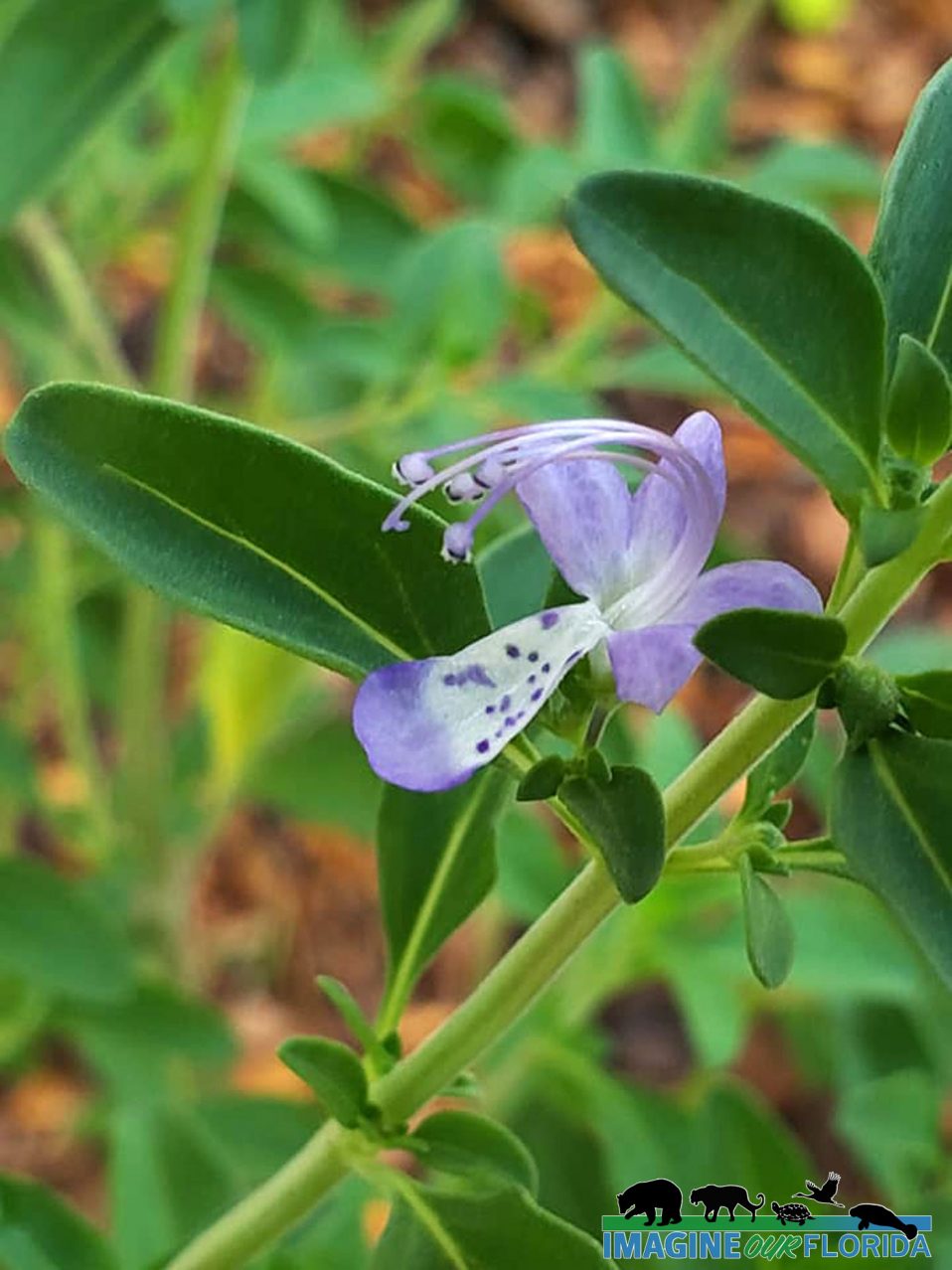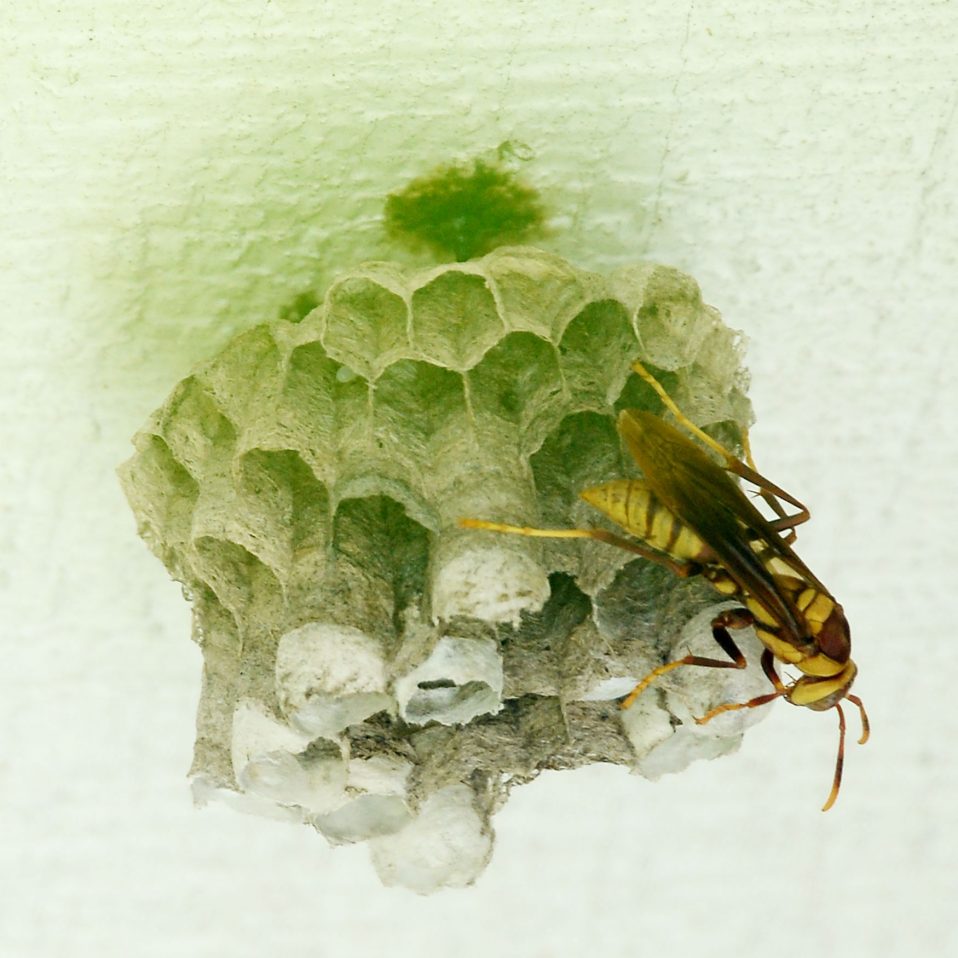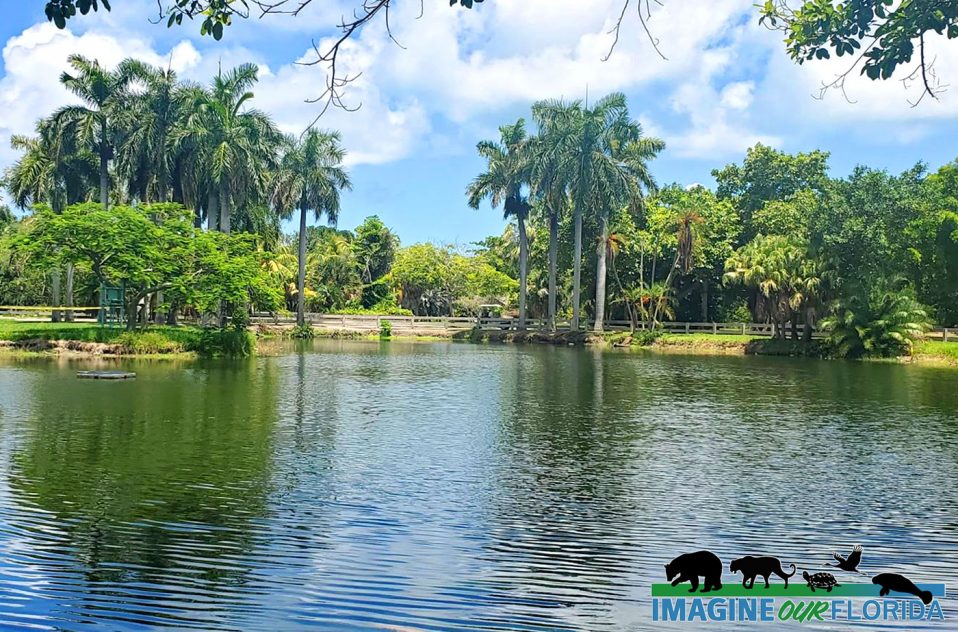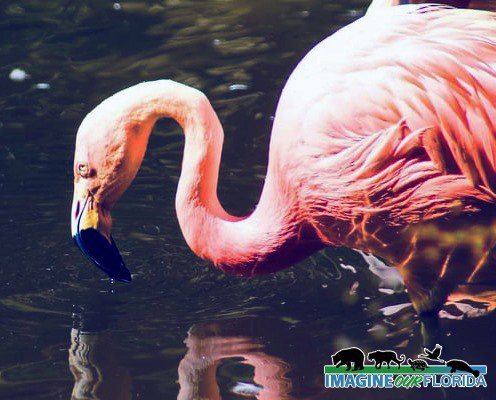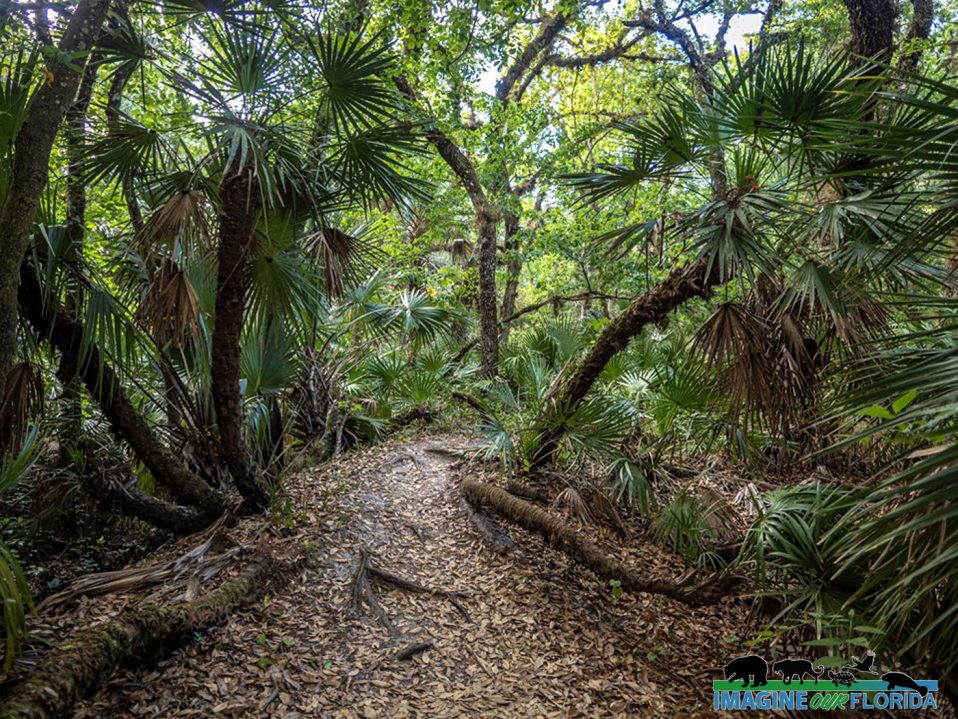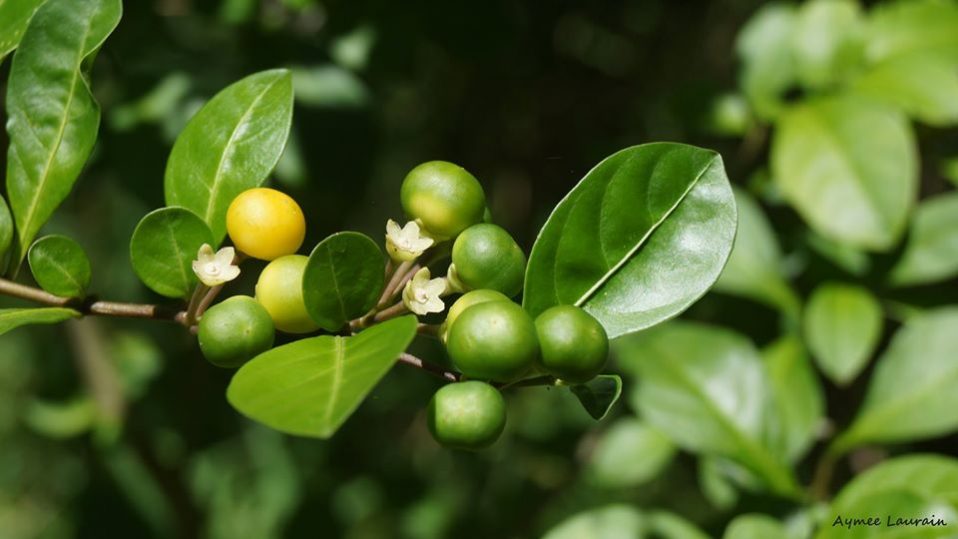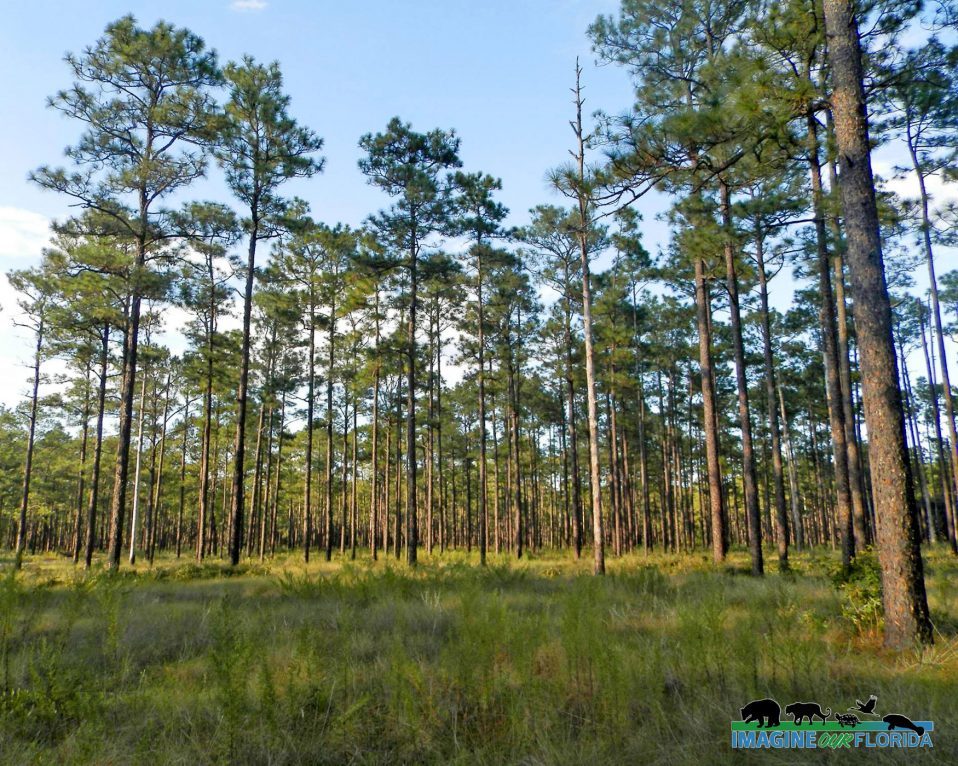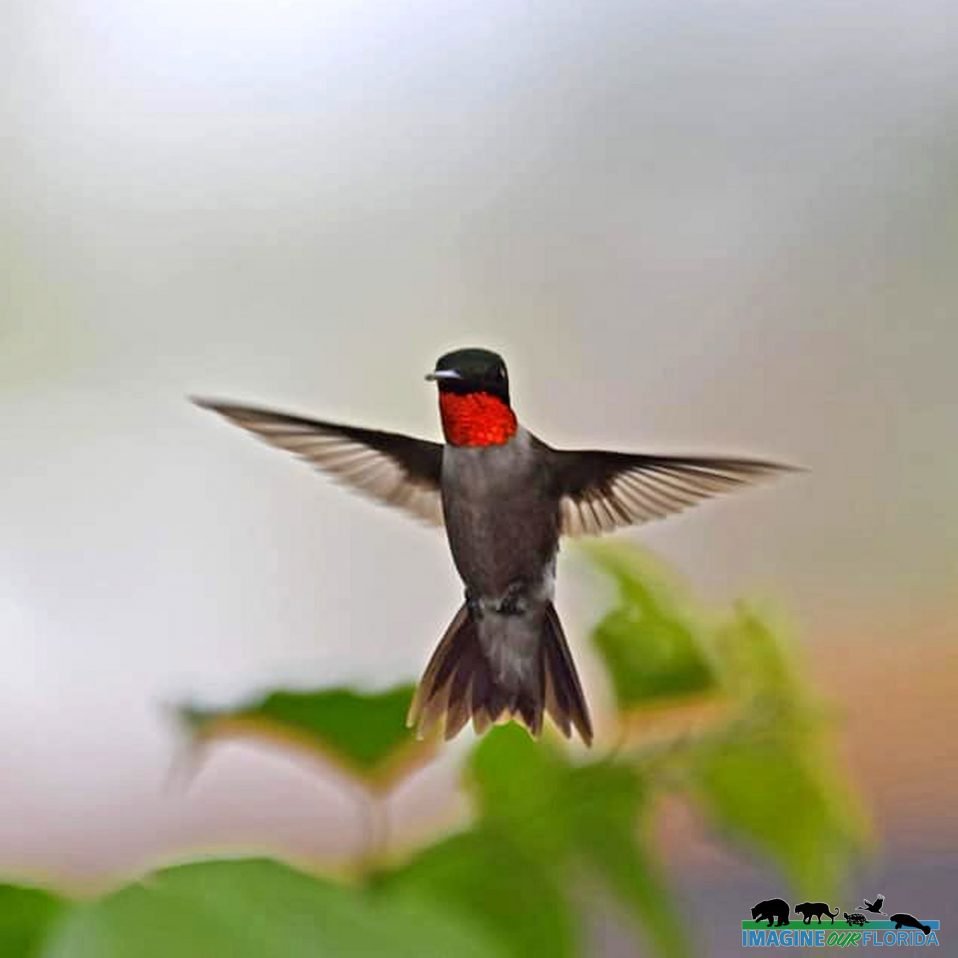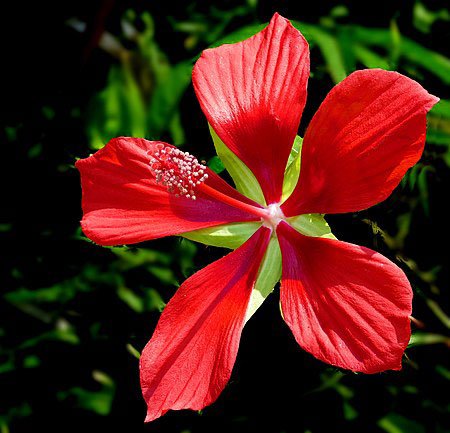Once known as the Eichelberger Sink, this 90-acre preserve located near Eustis is managed by Lake County Water Authority. Hidden Waters Preserve was established in 1996 to protect the water seepage and Lake Alfred where water slowly seeps into the aquifer. Hidden Waters Preserve offers 6 trails ranging from 2 miles to 15 miles. Hike the meandering paths through sandhill restoration areas. Notice the newly planted Long-leaf pines and the gopher tortoises who make their burrows there. Water flowing from a seepage slope offers the opportunity to discover various plants and ferns. The elevational difference between the top of the sink and the bottom is 110 feet. Explore the depression marsh and lake at the bottom of the sink where you will find a variety of plants and wading birds. Bird watchers will be happy to discover some of the more than 35 birds on this designated FWC Statewide Birding Trail. For more information and trail maps click here: https://www.lcwa.org/land_resources/open_preserves.php Photo Credit: Dan Kon
Eastern Coral Snake
Eastern Coral snakes, Micrurus fulvius, have a bright, glossy, distinct pattern. Their heads are black and their tails are yellow and black. Red and black rings separated by thin yellow rings make up the rest of their body. An adult Coral snake will grow to 1 1/2 to 2 1/2 feet long. Prey consists of frogs, lizards, and other snakes. Coral snakes are the only venomous snakes in Florida that are part of the cobra (Elapidae) family, therefore, they lay eggs. From scrubs to swamps, Eastern Coral snakes can be found in numerous habitats throughout Florida. Because they spend most of their time hiding under logs or underground, an occasional Coral snake sighting can be a wonderful discovery. A bite from this venomous snake is extremely rare, however, their bites are dangerous to pets and people. Bites occur when the Coral snake is threatened. When you discover a coral snake, simply give it space so we can peacefully coexist. Photo credit: Dan Kon
Butterfly Weed
Butterfly weed, Asclepias tuberosa, is also known as Butterfly milkweed. It is the most popular native species of milkweed in Florida. This hardy perennial grows 1-2 feet tall and is abundant throughout Florida. Its bright orange flowers bloom in late summer through fall and attract a variety of pollinators. Butterfly weed is readily available at native plant nurseries. Once established, it thrives in dry, sandy soil in sun or part shade. Monarchs rely on milkweeds in the genus Asclepias for their survival since it is the only plant monarch caterpillars will eat. Plant some in your wildflower garden to attract butterflies, bees, and hummingbirds.
BioLab Road
BioLab Road at Merritt Island National Wildlife Refuge. Take a slow 5.6-mile drive in the comfort of your car on Bio Lab Road in Merritt Island National Wildlife Refuge. It is a one-way road running north to south. With wetlands to your right and the water to your left, you are sure to see plenty of shorebirds. Look for ducks, ibises, egrets, sandpipers, spoonbills, pelicans, herons, and of course, alligators. Be sure to bring your camera and binoculars. In 1962, NASA purchased 140,000 acres of land located adjacent to Cape Canaveral. The John F. Kennedy Space Center was built complete with launch pads. In 1963, U.S. Fish and Wildlife Service (USFW) and NASA entered into an Interagency Agreement. This agreement allowed USFW to establish the land that was unused by NASA as the Merrit Island National Wildlife Refuge. Established to provide habitat for wildlife diversity, migratory birds, and endangered and threatened species, Merrit Island National Wildlife Refuge consists of scrub, pine flatwoods, hardwood hammocks, saltwater marshes, freshwater impoundments, and coastal dunes. Over 1,500 species of plants and animals including 15 federally listed species make their homes here. Watch for bobcats, otters, and deer. Lizards, snakes, alligators, and turtles make their homes here. 358 species of birds have been recorded at the refuge. Birds of prey include bald eagles, osprey, red-shouldered hawks, and American kestrels. Look for killdeer, Wilson’s snipes, and ring-billed gulls along the shore. Look up to see blue jays, barn swallows, American robins, pine warblers, and more. Blue herons, ibis, and egrets are plentiful. Ring-necked ducks, blue-winged teals, and wood ducks can be seen swimming in the waters at the refuge. Threatened and endangered species such as the eastern indigo snake, scrub-jay, gopher tortoise, wood stork, West Indian Manatee, and Southeastern Beach Mouse find refuge here. For more information click here: https://www.fws.gov/refuge/Merritt_Island/ Photo credit: David Gale
Oakleaf Fleabane
Oakleaf fleabane (Erigeron quercifolius) is a native wildflower usually found in wetlands. Also known as Southern fleabane or daisy fleabane, this annual often pops up in disturbed areas. in sandhills, and yards. The tiny white with pinkish or purplish tinted blooms are no more than 1/2 in diameter. Pollinators love this early bloomer member of the daisy family. Look for Oakleaf fleabane to bloom throughout the spring and summer. Photo credit – Dan Kon
Mullet Lake Park
– Mullet Lake Park- Located in Geneva in Seminole County, Mullet Lake Park is best known for its 8 primitive camping sites, its group camping site, and boat launches. The 55-acre park borders Lake Mullet and the St Johns River. This quaint park offers the opportunity to sit and relax under ancient oak trees as you take in the sights and sounds at this remote location. Listen for the sounds of birds, fish jumping, and frogs croaking. Look for birds of prey, shorebirds, and a variety of blooming wildflowers waiting to be admired. For more information click here: https://www.seminolecountyfl.gov/…/301554-Mullet-Lake-Park.… Photo credit: Dan Kon
Black-necked Stilt
Black-necked stilts, Himantopus mexicanus, are often seen wading in shallow water in search of food such as small crustaceans, amphibians, and small fish. They also enjoy larva, dragonflies, and beetles as well as a few plants and seeds. Look for these unmistakable birds with long, pink legs in wetlands, flooded fields, shallow lakes and ponds, and saltmarshes. The female chooses the male for mating and together they select a nest site and build the nest. Black-necked stilt nests are located on tiny islands, on floating masses of vegetation, or on the ground near the water. One will dig a hole with its feet and body. A lining of grasses, shells, stones, and other materials are added for 2 – 5 eggs. The couple will both incubate the eggs for nearly a month and raise the chicks until they are ready to be on their own in about a month after hatching. When Black-necked stilts feel threatened by humans or other animals they will perform a “Popcorn Display.” A group of them will join together and jump up and down while flapping their wings and making loud sounds. They may also use a distraction tactic to lure predators away from their nests. These beautiful birds face human threats of pesticide run-off and habitat loss. When birdwatching, stay far enough away so you do not disturb them. Photo credit: Dan Kon
Little Big Econ State Forest
Little Big Econ State Forest Located in Geneva in eastern Seminole County, the Little Big Econ State Forest gets its name from both the Econlockhatchee River and the Little Econlockhatchee River. Econlockhatchee means “earth-mound stream” in the Muskogee language and was named by the native Americans for the numerous mounds found along the river. Before being established on March 24, 1994, by the Florida Legislature, the property was used for cattle ranching, crops, as a turpentine distillery, and for a portion of the Florida East Coast Railway. Today the 10,336 acres in the Little Big Econ State Forest is an outdoor enthusiast’s paradise. Seventeen miles of the Econlockhatchee River, which has been designating an Outstanding Florida Waterway, makes its way through the forest before flowing into the St. Johns River on the eastern boundary. The Little Big Econ State Forest boasts a variety of habitats including wet prairie, pine flatwoods, sandhill, scrub pine, flatwoods, scrub, sandhill, and oak-palm hammocks. Over 160 bird species have been spotted in the forest including Bachman’s sparrows, crested caracara, wood storks, swallow-tailed kites, and sandhill cranes. Look for fox squirrels, gopher frogs, gopher tortoises, turkeys, deer, and alligators. The Little Big Econ State Forest has been named one of the country’s most family-friendly hikes by the American Hiking Society. Saunter along the 5.2-mile loop Kolokee Trail, discover wildlife along the 8 miles of Florida National Scenic Trail, or explore any of the 15 miles of trails located in the forest. Paddle all or a portion of the 20 mile-long Econlockhatchee River Paddling Trail. There are 12.1 miles of bicycle trails and 9.3 miles of equestrian trails complete with a water trough. Primitive camping sites are available and some have a picnic table and fire ring. Reserve the picnic pavilion for your special events. Enjoy your lunch at a picnic table. Your leashed pets are welcome. Whether for a day or a week, there is plenty to explore and discover at the Little Big Econ State Forest. For trail maps and more information: https://www.fdacs.gov/…/State-…/Little-Big-Econ-State-Forest Photo credit: Christian Kon
Birds of Prey
Fort Drum Marsh Conservation Area
Fort Drum Marsh Conservation Area As part of the Upper St. Johns River Basin Project, Fort Drum Marsh Conservation Area includes a freshwater marsh at southernmost headwaters of the St. Johns River, a hardwood swamp, pine flatwoods, and a prairie. Together, The U.S. Army Corps of Engineers and St. Johns River Water Management District have restored the original wetlands which resulted in better water quality, flood control, and diverse animal and plant habitats. Family-friendly recreational activities include hiking on some or all of the 5 miles of trails, picnicking, horseback riding, bicycling, primitive camping at designated sites, wildlife viewing, and canoeing. Saunter through a hardwood swamp on a boardwalk shaded by Cedar Cypress Trees as you make your way to Hog Island where you will find more trails to explore. Look for migratory birds, bald eagles, owls and other raptors, sandhill cranes, turkeys, wood storks, caracara, white-tailed deer, dragonflies, turtles, and alligators. Discover the vast number of wildflowers and the pollinators who rely on them. Dogs are welcome provided they are leashed at all times. Fort Drum Marsh Conservation Area, located about 10 miles east of Yeehaw Junction, is fun for all and is waiting for you to create memories to last a lifetime! Plan your trip today! For a trail guide and more information: https://www.sjrwmd.com/lands/recreation/fort-drum-marsh/ Photo credit: Dan Kon, Aymee Laurain, Andy Waldo
Laughing Gull
If you have been to a beach in Florida, you have surely heard the distinct call of the laughing gull. Laughing gulls (Leucophaeus atricilla) are year-round Florida residents and are often seen in flocks on beaches, in salt marshes, and nearby parking lots. They are often seen inland in fields, near rivers, or at your local garbage dump. Both males and females build nests in colonies on the ground under the cover of bushes or grasses. The parents take turns incubating the eggs for about 20 days and both feed the young for the next 5 weeks. Food includes foraged crustaceans, small fish, and insects. In the spring, horseshoe crab eggs and the eggs of other birds provide a tasty meal. Earthworms and snails are sometimes eaten. These birds are not picky eaters so be sure to carefully dispose of your food scraps and food wrappers.
Ironweed
Ironweed (Vernonia gigantea) is a Florida native and can be a beautiful addition to your wildflower garden. Ironweed grows 3-10 feet tall, can be planted in partial shade or sun, and blooms from July through October. Butterflies, hummingbirds, and bees love this pollinator perennial. As its name suggests, ironweed is a tough plant with deep-set roots and seeds that spread easily in your garden. Be prepared to prune and maintain to keep this beauty in check. Look for Ironweed growing in the wild where the soil is moist. You may also see this hardy plant along the side of the road or a stream as well as in the woods, prairies, savannas, and grasslands. Photo Credit: Aymee Laurain
Snail Kite
Snail Kites can be found flying low over open freshwater and marshes in Central and Southern Florida before dropping down to snatch an apple snail with their talons. They will fly to a perch and use their unique-shaped bills to pry the snails from their shells. Look for Snail Kites roosting in flocks just before hunting and during nesting season. Listed as endangered in Florida since 1967, Snail Kites (Rostrhamus sociabilis) depend on good quality water to survive. Urban development, sewage seepage, nutrient and pesticide run-off, and invasive plants have degraded much of Florida’s freshwater. Nearly 1/2 of the Everglades have been drained. Since a Snail Kite’s diet consists almost exclusively of apple snails that only live in freshwater areas, it is imperative that we protect the remaining wetlands. Photo Credit: Andy Waldo
Dry Tortugas National Park
Dry Tortugas National Park Discover a 100 square mile National Park of open water and 7 small islands known as Garden, Loggerhead, Bush, Long, East, Hospital, and Middle. Located 70 miles west of Key West, Dry Tortugas National Park is only accessible by boat or plane. Visit Garden Key and explore Fort Jefferson, the largest all-masonry fort in the US. Fort Jefferson was built between 1846 and 1875 to protect the lucrative shipping zone to the Gulf of Mexico. A lighthouse named Harbor Light was built in 1825 to warn ships of the navigation hazards caused by the low-lying islands and reefs. A snorkeling paradise, the crystal blue waters of Dry Tortugas National Park offer the opportunity to immerse yourself in the beauty of the reefs and the marine life that thrive there. Swimming and boating are popular activities. Bring your camera to capture the abundance of birds who live and nest at the park. Loggerhead Key is rife with wildlife and is named after the often seen loggerhead turtles. Scuba divers will enjoy exploring the Windjammer shipwreck. Primitive camping is available for those who want to spend a few days, enjoy the spectacular sunsets and stargaze. Leashed dogs are permitted. For more information: https://www.nps.gov/drto/index.htm Photo Credit: Aymee Laurain
Eastern Pondhawk Dragonfly
Common throughout the eastern United States and parts of Canada and Central America, Eastern Pondhawks, E. simplicicollis simplicicollis, are often found near still waters in wetlands and near ponds. Females are bright green with black markings on their abdomen. Males are blue with beautiful green faces. Eastern Pondhawks will dash from their perch on plants near the ground to snatch prey which includes damselflies and other insects. They will carry their meal off to eat at a suitable place. With only an average reproductive life of 10 days, reproduction occurs often and sometimes more than once a day. Mating occurs on vegetation and the female deposits her eggs on the water within a minute. Fun fact: Dragonfly fossils have been dated at over 300 million years old. This means that dragonflies existed more than 100 million years before dinosaurs! Photo Credit: Dan Kon
Northern Crested Caracara
Caracaras are in the falcon family and are excellent hunters although they behave a lot like vultures. They are often seen eating carrion or scavaging around campsites. They tend to hunt small vulnerable animals that are injured but will also eat fruit. These birds are commonly found in central and south America but have found a home at Kissimmee Prairie Preserve State Park. This populate is known as a relict population that was previously found in the vast oak savannas throughout Florida. As those areas were altered through human disturbance, Caracaras found a home at Florida’s largest true prairie.
Sailfin Molly
Sailfin Mollies are super cool little subtropical fish. Males have such a dramatic display with the sail-like fins. They can be found in both fresh and saltwater. Look for them in slow-moving or still freshwater in springs, swamps, creeks, ponds, in the Gulf of Mexico, and in the intercostal. They are charismatic little fish. Sailfin Mollies dine primarily on algae, and snack on crustaceans and aquatic insects.
Big Tree Park
Big Tree Park is a part of the Spring Hammock Preserve and is located in Longwood. It is best known for “The Senator,” a 3500-year-old Bald Cypress tree that was named for Senator Moses O. Overstreet who donated the land. Unfortunately, “The Senator,” which stood 118 feet tall, burned down in 2012. It was the largest Bald Cypress Tree in the United States. Pass under the big trees as you saunter along the boardwalk over the hydric hammock swamp. The boardwalk is less than 1/2 mile long out and back. Interpretive signs will awe you with information about “The Senator”. Learn about “The Phoenix,” a clone of “The Senator.” Admire the grandeur of “Lady Liberty,” a 2000-year-old Bald Cypress that stands 89 feet tall. Look for alligators, Florida box turtles, five-lined skinks, raccoons, squirrels, and bobcats. Listen for frogs, woodpeckers, and songbirds. As a trailhead, Big Tree Park offers the opportunity for a longer stroll or bike ride on the Cross Seminole Trail through the forested wetlands of Spring Hammock Preserve. The Cross Seminole Trail is a part of the Florida National Scenic Trail. Big Tree Park is open from 8 am until dusk. Spend some time at the playground with your kids. Restrooms are nearby. Bring your lunch or a snack to enjoy at one of the picnic tables. Photo Credit: Dan Kon
Salvinia
Salvinia minima, also known as Water Spangles, is a floating water fern found in Florida’s freshwater swamps, lakes, slow-moving streams, and ponds. Native to tropical America, Salvinia was introduced in Florida from fish tanks and/or tropical gardens where it was used as a decorative aquatic plant. By cloning itself, Salvinia reproduces quickly. It can be distinguished from native duckweed by its larger leaves and bristles. Salvina is considered highly invasive in Florida.
Cinnamon Teal
Cinnamon Teal Spatula cyanoptera (septentrionalium) – This beautiful male Cinnamon Teal decided to visit Florida in February. As you can see in the map pictured below, these migratory ducks are native to the western US and Mexico. According to The Cornell Lab, “In western North America, loss of wetlands to agriculture, grazing, and especially the development of human settlements has meant the massive loss of habitat for Cinnamon Teal.” We are sure this striking bird found plenty to eat in the wetlands at Merrit Island National Wildlife Refuge. There is certainly a wide variety of insects and vegetation year-round in Florida. While it is a rare occurrence, Cinnamon Teals do occasionally make a winter stop in Florida. Photo Credit: Andy Waldo
Butterflies, Moths, and Caterpillars
Kiss-me-quick
Kiss-me-quick (Portulaca pilosa) — Also known as Pink Purslane, Kiss-me-quicks are native succulents that can be used as a groundcover. They will thrive in nutrient-poor soil as long as it is well-drained. These low-growing plants with linear leaves produce red, pink, or purple blooms in the morning that close in the afternoon, hence the name Kiss-me-quick. Look for Kiss-me-quicks in the wild in sunny, sandy areas. Photo Credit: Aymee Laurain and Dan Kon
Lance-leaf Arrowhead
Lance-leaf Arrowhead, (Sagittaria lancifolia), is commonly found in freshwater marshes and swamps and along streams, ponds, and lakes. It tolerates brackish water. This native Florida plant, also known as Duck Potato, can grow to 4-feet tall. The plant is a rhizomatous perennial that also reproduces with seed dispersal. It thrives in water up to 12-inches deep and in silty, wet soils. Birds enjoy the seeds and tubers and use the plants for cover. Other aquatic animals such as fish and insects find shelter in the foliage. Lance-leaf Arrowhead extracts metals and nutrients from water and sediments where it grows. Native Americans used the corms which are bulb-like stem parts as food, to treat wounds, and as herbal medicine to treat a variety of ailments.
Fort Zachary Taylor State Park
Fort Zachary Taylor State Park, located in Key West, is a 54-acre state park and has been around since before the Civil War. After 21 years of construction slowed by yellow fever, hurricanes, and shortages of manpower and materials, Fort Zachary Taylor was completed in 1866. The fort played a significant part in the Civil War and the Spanish-American war. To learn more, take a guided tour through the fort or visit during the living history week that includes historical reenactments. Swim or snorkel at the beautiful beach. There are picnic tables and grills under the trees for your beachside meal. Saunter along the nature trails and discover unique plant life and wildlife. Explore the shaded trails on your bike. A coral reef surrounded by seagrass beds is waiting to be explored. The reef includes the knobby brain, tube, and starlet coral. Be sure to bring your snorkel. There are equipment rentals in case you forget. There’s a small cafe if you get hungry from all the exploring. Park amenities include biking, geocaching, picnicking, swimming, birding, hiking, scuba, tours, fishing, paddling, and snorkeling. Check out the live webcam and enjoy a moment of serenity as you watch the waves flow across the beach. Webcam: http://www.fortzacharytaylor.com/beach.html For more information: https://www.fortzacharytaylor.com Photo credit: Aymee Laurain, Dan Kon
Portuguese Man o’ War
The Portuguese man o’ war, (Physalia physalis), is a species of siphonophore that is related to jellyfish. The Man-o-war is made up of four polyps that each performs an individual function. The gas-filled polyp that floats above the water and resembles a warship is responsible for floating with the wind and currents. The tentacles capture prey while a third polyp digests the food. The fourth polyp is responsible for reproduction. Men o’ war can be seen floating in the ocean in groups of more than 1000. Below the beautiful floats are long tentacles that measure an average of 30 feet but can grow to well over 100 feet. The tentacles paralyze and kill crustaceans and small fish who are in their path. To avoid predators, the Men o’ wars will deflate their float. Rising ocean temperatures and reduced oxygen in the water caused by climate change have created an environment where the Men-o-war thrive. The sting from a Portuguese man o’ war causes welts and is extremely painful. When you see these beautiful creatures on the shore, admire them from afar. Be sure to Click on the video: https://www.youtube.com/watch?v=wMYWt0nKADU Video Credit: Claudia Pardo Merino
Palm Island Park
Palm Island Park Just south of downtown Mt Dora lies Palm Island Park, an 8-acre natural preservation area waiting to be explored. The boardwalk is 1/3-mile long and swings out over Lake Dora. Saunter along as you watch for wading birds, turtles, and alligators along the lake’s edge. Continue your stroll on the easy path through ancient oaks, huge cypress trees, and tall cabbage palms. Listen for songbirds, look for wildflowers in bloom, and discover the changes in the ecosystem as you walk thru the marsh toward drier land. The 1-mile loop over the boardwalk and on the footpath allows you to experience natural Florida at its finest. Palm Island Park is open from 7 am to sunset. Bring your lunch and enjoy yourself at one of the picnic areas. Leashed pets are welcome.
Savannah False Pimpernel
Savannah False Pimpernel, Lindernia grandiflora Nutt., is a native Florida groundcover found in wetlands, swamps, and marshes. Other common names include Blue moneywort and Angel’s tears. The small violet and white flowers bloom year-round and provide a nectar source for pollinators. Savannah False Pimpernel propagates by seeds, cuttings, or division. The mat-forming wildflower can be grown in moist soils and does well in hanging baskets and flower pots. Photo Credit: Andy Waldo
Colt Creek State Park
Colt Creek State Park Hike, bike, paddle, or horseback ride through 5000 acres of wild Florida. Located in Lakeland, Colt Creek State Park is waiting to be explored. Colt Creek State Park was purchased in 2006 and became Florida’s 160th state park. The land had previously been used as a cattle ranch, for silviculture, and for lime rock mining. A few of the large pits dug for lime rock mining reached the aquifer. Today, the water that flows up from the aquifer has created lakes that provide habitat for wildlife. There are 15-miles of multi-use trails that lead you through wetlands, open vistas, and longleaf and slash pine forests. Discover an abundance of wildflowers and the pollinators who rely on them. Look for fox squirrels, turkeys, bobcats, otters, gopher tortoises, a variety of birds including eagles, and of course, alligators. Rent a canoe or kayak or bring your own. Paddle Mac Lake, Middle Lake, or Little Lake as you share the water with wading birds and turtles. Bring your horse and ride through creeks, and streams while admiring the beauty of the three lakes. RV, tent, primitive, equestrian, and group camping sites are available. Star-gaze at one of the darkest sky sites in Florida. Pavillions are a perfect place to host your outdoor event. Bring your lunch and cook it on one of the provided grills or simply enjoy it at one of the picnic tables. Dogs on a 6-foot leash are welcome. Be sure to bring your camera or binoculars since Colt Creek State Park is designated as a Great Florida Birding and Wildlife Trail. Photo Credit: Andy Waldo For more information: https://www.floridastateparks.org/par…/colt-creek-state-park
Black-bellied Whistling-Duck
Black-bellied Whistling-Duck Once known as Tree Ducks, the striking Black-bellied Whistling-Ducks, (Dendrocygna autumnalis), are often seen in flocks, sometimes with up to 1000 birds. They can be spotted perching on fences, electric lines, or in Spanish Moss. Look for Black-bellied Whistling-Ducks near freshwater in areas such as marshes, lagoons, and swamps. They prefer areas with trees and thick vegetation. You may find a flock foraging in a field, mangroves, freshwater ponds or lakes, or your yard. Their diets consist of mostly plants such as grasses, wetland plants, and sedges, as well as agricultural crops such as corn. Snacks include spiders, leeches, beetles, and snails. Pairs form life-long bonds in the winter. Together, they will select a tree cavity for the nest. The female will lay 9-18 eggs on the debris in the cavity. She may also lay her eggs in the nest of another whistling duck. The incubation period lasts for 25-30 days and the nestling period for 10-13 days. Hatchlings are nearly independent at birth. As year-round residents of Florida, Black-bellied Whistling-Ducks are rapidly expanding their breeding range northward. Once considered non-migratory, both the northern-most and southern-most populations are now migratory.
Trimble Park
Trimble Park — Nestled between Lake Beauclair and Lake Carlton on the Harris Chain of Lakes lies an outdoor paradise. Trimble Park, operated by Orange County, is located near Mt. Dora in Tangerine. Saunter along the 1.2-mile loop trail surrounded by ancient oaks. The trail runs along the perimeter of the 71-acre park. Wind through forests of pine, oak, and cypress trees. Walk on a boardwalk through the wetlands. Pause near the lakes to enjoy the view and the wildlife who make their homes there. There are plenty of benches to rest on for your wildlife viewing pleasure. Much of the trail is shaded. Bring your lunch and enjoy it at one of the many picnic tables, some of which are under a shaded structure. Camping sites are available for your tent or RV. Launch your boat, canoe, or kayak from the boat dock. There are playgrounds for your kids. Your dogs on a 6-ft leash are welcome too! For more information: http://orangecountyfl.net/CultureParks/Parks.aspx… Park map and more: https://www.ocfl.net/…/Camping%20at%20Orange%20County%20Par…
Narrowleaf Yellowtop
Narrowleaf Yellowtop Native to Florida, the Narrowleaf Yellowtop, Flaveria linearis, is an evergreen perennial commonly found in South Florida and along the coasts of Central Florida. Look for it near mangrove swamps, wet prairies, and tidal marshes. It grows 3 feet tall and produces yellow blooms of 2 -3 inches. Narrowleaf Yellowtop blooms all summer and fall and can be found blooming in the winter and summer too. Bees and butterflies are attracted to this beauty.
Yellow-headed Blackbird
Yellow-headed Blackbird visits Florida While the yellow-headed blackbird (Xanthocephalus xanthocephalus) may be a common resident of the western United States, it is a rare visitor to Florida. This male is one such individual that migrated just a little too far east. Every year, a small handful of individuals can be seen in random locations throughout Florida, usually in the Fall and winter months. Similar to the more commonly known red wing blackbird, the yellow-headed blackbird occupies marshes and open fields where it searches for seeds and small insects to eat. Being larger and more dominant than the smaller red wing blackbirds, yellow-heads often occupy the best nesting grounds in the marshes that they share. A single male can maintain a territory with up to 8 females to nest with. He will often share in the nesting duties but seldom feeds the young other than those in the first nest created. The nests average 4 eggs each and they typically lay one clutch of eggs per year. Apart from the bright yellow heads of the adult males (as seen in the photos), yellow-headed blackbirds can also be identified by the bright white wing patches most easily seen when in flight. They are also known as having a rather unpleasant call for a songbird, sounding much like a rusty hinge squeaking. So, remember, always keep your eyes open. You never know what neat visitor you may run into. Photo credit: Andy Waldo Map: Cornell Lab
Cranes Roost Park
Cranes Roost Park – Located in the heart of Uptown Altamonte, Cranes Roost Park surrounds Cranes Roost Lake. Its 1 mile of paved paths and boardwalks is a welcome reprieve from the hustle and bustle of the city. The lake is home to numerous ducks and birds. Look for egrets, black skimmers, cormorants, ibises, anhingas, gulls, and more. Run, walk, or take a leisurely stroll around the Cranes Roost Lake. Listen for songbirds. Rest on one of the many benches while you immerse yourself in a bit of wild Florida nestled within the city. Bring a blanket and lunch and enjoy a picnic in the grass beside the lake with your family or coworkers. Bring your dog on a leash and be sure to use the pet waste stations.
Yellow-rumped Warbler
Yellow-rumped Warbler Known affectionately as Butter-Butts, Yellow-rumped warblers, (Setophaga coronata), migrate south in the winter. These flocks of Florida snowbirds can be found in mangroves, scrub, forests, or your yard. Their winter diet consists of fruit from shrubs such as wax myrtle, juniper berries, poison ivy, and poison oak as well as many seeds including those from goldenrod and beach grasses.
Elderberry
Elderberry, (Sambucus nigra ssp. Canadensis), is a shrub that grows 6 1/2 to 13 ft tall. Clusters of creamy white flowers at the tips of the branches attract bees, beetles, wasps, and other pollinators. The ripened fruit provides food for birds and mammals. Look for native American Black Elderberry in moist habitat along lakes and ponds, and low areas near roads and in the forest.
Merlin
Merlins, Falco columbarius, are stocky, strong falcons. This bird of prey was found wintering at Lake Apopka Wildlife Drive. Merlins have an average flight speed of 30 miles per hour. Merlins spend their summers in northern North America where they breed in open areas near rivers and lakes. Some have taken over crow’s nests in residential areas. Their favorite foods are a variety of small to medium-sized birds. They enjoy House Sparrows and Least Sandpipers. Watch for Merlins to mount a high-speed attack where they will catch a bird in midair. Merlins also dine on dragonflies, bats, rodents, reptiles, and nesting birds. The Merlin population significantly declined in the 1960s from pesticides. With reduced pesticide use, their population has stabilized. Loss of habitat is also a concern but Merlins have adapted by taking up residence in human neighborhoods.
Fakahatchee Strand Preserve State Park
Fakahatchee Strand Preserve is Florida’s largest state park. The word “Fakahatchee” is the Miccosukee term for “forked river” referring to the water flow around the strand. This area has a canopy of bald cypress trees, royal palms, and occasional gumbo limbo trees. The area also contains more orchids and bromeliads than anywhere else in North America. There are 44 orchids and 14 bromeliads native to this area. Unfortunately, orchid poaching has been a large problem in the past. Keeping the Park Services number on hand and calling if you witness poaching could help protect the many endangered orchids that exist here. The cypress trees were previously vulnerable to unregulated logging and very few old trees exist. You can also find small freshwater sponges on old floating tree branches. There is also an abundance of wildlife. Fakahatchee Strand Preserve State Park is on the Great Florida Birding and Wildlife Trail. The strand offers biking, geocaching, canoeing, picnicking, and contains the Karen O’Neil Memorial Garden located at the entrance. Restrooms are available. There is so much to see in this beautiful swamp. Hours are 8 a.m. to sunset. For more information, check out the website. https://www.floridastateparks.org/…/fakahatchee-strand-pres…
Toothed Rein Orchid
Toothed Rein Orchid, Habenaria floribunda – Toothed Rein Orchids are found only in Central and South Florida where they thrive in damp thickets and hardwood hammocks. They can grow to just over 3 feet tall. Each orchid has 5-12 bright, glossy green leaves and 10-60 flowers and lips. The flowers are light green but appear more yellow in South Florida. Fall blooms appear in September in Central Florida and bloom into February in South Florida. The flowers of the Toothed Rein Orchid have an unpleasant odor that is most noticeable around dusk.
Lake Louisa State Park
Lake Louisa State Park If you are looking for somewhere to get some fresh air and see some of Florida’s natural beauty, then this is the place to go! Just north of Orlando, off Highway 27 in Clermont, is Lake Louisa State Park. It is open every day of the year until sundown. Lake Louisa State Park lies in the Green Swamp and within the northern boundary of Lake Wales Ridge. The wetlands create natural flood control while supplying the aquifer with filtered water. The Hillsborough, Withlacoochee, Peace, and Ocklawaha Rivers all originate from The Green Swamp. Camping, hiking, biking, canoeing, kayaking, paddle boarding, and horseback riding are activities waiting to be enjoyed. Guided horseback and kayak tours are great ways to see the park. It is a good idea to bring water and snacks or pack a picnic. Lake Louisa State Park features three major lakes, several smaller lakes, 20 miles of trails, and 7 miles of paved roads. The park offers trails ranging from a half a mile to 5.5 miles where you can explore 11 different ecosystems. Dudes Loop at 0.5 miles and Compton’s Loop at 1 mile are the shortest trails. South Trail is 1.2 miles and Sandhill Loop is 1.5 miles. The mid-level trails are Big Creek Loop and Bear Lake Loop at 2 miles long, and South Loop at 2.5 miles. The more challenging trails are the Nature Trail at 3.5 miles and Bronson Loop at 5.5 miles. Be sure to get a map at the Ranger Station. The Rangers are very helpful and knowledgeable about the park. Compton’s Loop Trail has some geological formations of limestone and red clay swirling together to make very pretty colors in the rock. The rock has eroded over time, forming a tiny cliff. The trail leads you through the trees and sable palms up to a hill with tall pine trees and a view of the rolling hills. Make sure to check out the very scenic Lake Louisa Beach that has a long boardwalk with a swampy marsh underneath. Mangrove trees growing out of the water keep the boardwalk nicely shaded. The boardwalk leads you to a sandy swimming area with a playground and picnic table. Bear Lake is a great scenic spot that offers boating access for your handheld watercraft. Bear Lake Loop and Bronson Loop circle the lake and are wonderful trails to immerse yourself in nature and for wildlife viewing. Look for bobcats, white-tailed deer, tortoises, fox squirrels, and rabbits. Near the lakes, you may see alligators, snakes, and otters. The ranger is happy to give guides to identify some of the snakes who are native to the area, as well as a guide for identifying tracks along the trails. There is so much to #explore and #discover at Lake Louisa State Park for any level adventurer! For more information and trail map: https://www.floridastateparks.org/pa…/lake-louisa-state-park Written by Briana Gunnell ~ Valencia student and IOF volunteer Photo Credit: Briana Gunnell
Cypress Trees
Cypress Trees Two varieties of Cypress trees live in Florida. The Bald Cypress (Taxodium distichum) and the Pond Cypress (Taxodium ascendens) are deciduous conifers. Both lose their leaves in the winter after turning a beautiful autumn color. They are flood-tolerant and both form knees from their roots. The Bald Cypress generally grows to a height of 150 feet but can grow taller. They live for up to 600 years. The Pond Cypress is much smaller reaching a height of about 80 feet. It is nearly maintenance-free and can be a beautiful addition to your landscape. Birds enjoy the seeds from both Cypress trees while the Bald Cypress provides roosting and nesting spots.
Great Crested Flycatcher
Great Crested Flycatcher (Myiarchus crinitus) These beautiful birds tend to make homes in deciduous forests but can also settle in your backyard. Once they establish a nest, they rarely move. Both parents care for the nest and will leave in search of insects. They are excellent hunters, moving quickly and picking off insects on the ground or even in flight. Great Crested Flycatchers have also been known to bring snake skins back to their nest. Occasionally, they may mistake plastic for snakes’ skins. Males defend their nest with loud calls and will even fight when threatened. Breeding takes place throughout the U.S. and southern parts of Canada in spring and summer. During non-breeding seasons, from fall through winter, Great Crested Flycatchers migrate to Central or South America. Photo Credit ~ Aymee Laurain
Sabal Point Sanctuary
In the Sabal Point neighborhood near Longwood lies 600 acres of wild Florida where wildlife play and wildflowers bloom. Sabal Point Sanctuary, purchased and maintained by Audubon Florida, is a 600+ acre piece of land that has a 1/2 mile frontage on the Little Wekiva and Wekiva Rivers. Together, the sanctuary along with St. Johns Water Management District protects 2500 acres where the rivers meet. Hike or bike the 3.5-mile trail through the wetlands. Explore the shaded trail and discover deer, otters, and limpkins. Listen for a variety of birds and woodpeckers. The secluded trail provides plenty of opportunities to discover prints from wildlife who make their homes there. Take a moment to admire the beauty of orchids and other wildflowers that thrive in the ecosystem. The iconic Florida Black Bear occasionally passes through the sanctuary. Most are shy and will be hard to spot. Curious bears may stand up to get a better look at you. You can ask the bear to move along simply by standing tall, raising your hands, clapping, and in a loud stern voice, telling the bear to Go Away. Take some time to Get Outside and visit this piece of natural Florida. Sabal Point Sanctuary is open every day from sun up to sunset. For more information: https://fl.audubon.org/conservation/sabal-point Photo Credit: Andy Waldo
Moss Park
Moss Park, an Orange County park located in Orlando, is a 1551-acre preserved habitat of wildlife and flora located between Lake Mary Jane and Lake Hart. The many hiking trails and roads in Moss Park make it the perfect spot for walks, bicycle trips, and car visits. Discover Florida sandhill cranes, gopher tortoises, alligators, deer, raccoons, and many other animals. Moss Park also has a hiking trail with beautiful views that leads you to Split Oak Forest, the home to a 200-year-old live oak tree. Moss Park provides 54 camping zones suitable for RV or tents. All campsites have fire rings, grills, picnic tables, water, and electricity. Moss Park also has five group sites available that can accommodate up to 450 campers when combined. A dock and boat ramps are available for the visitors and a playground is waiting for the kids to enjoy. The park is open from 8 am to 8 pm every day except Christmas. Only service animals are permitted in Moss Park. Gather the family and discover all that Moss Park has to offer. Bring your binoculars, a picnic lunch, and immerse yourself in Nature. For more information: http://www.orangecountyfl.net/CultureParks/Parks.aspx… Contributor: Steven Marquez – IOF Volunteer Photo Credit: Steven Marquez
Pine Lily
The striking Pine Lily, Lilium catesbae, is a Long-lived perennial. Pollinators including Swallowtails are attracted to this native plant’s gorgeous flowers. Pine Lillies grow in the wetlands of prairies, bogs, and pine savannas where they thrive in moist, sandy soils with partly shaded areas. They become dormant in the winter and flower throughout the summer. Sporadic blooms may occur in spring. The flower is the largest lily in the U.S. The Pine Lily is designated as threatened due to habitat loss, conversion of their native habitats, and fire suppression. The restoration of Longleaf pine forests and regular prescribed burns will give these beauties the opportunity to multiply and continue to dazzle us with their beauty when we encounter them while hiking.
Econ River Wilderness Area
Econ River Wilderness Area Purchased by Seminole County in 1994, the 240-acre Econ River Wilderness Area is located south of Oviedo on the west side of the Econlockhatchee River. Explore 3 miles of trails including the 2.2-mile Main Loop Trail and the 1/2-mile Flatwoods Loop Trail. Saunter through pine flatwoods, sandhill, oak hammocks, and river swamp habitats. Rest on one of the benches at the river. Discover gopher tortoises, great horned owls, northern bobwhites, golden mice, raccoons, fox squirrels, white-tailed deer, bobcats, river otters, and more who make their homes in the wilderness area. Put on your hiking shoes, bring your horse or bike, your dog on a leash, and enjoy your day in the wilderness from sunrise to sunset. Join the nearly 40,000 people who visit the Econ River Wilderness Area each year. Don’t forget your camera. For more information: http://www.seminolecountyfl.gov/…/Econ-River-Wilderness-Are… Photo Credit – David Gale
Blue-ringed Dancer
Blue-ringed Dancers, Argia sedula, are damselflies. Smaller than Dragonflies, these beautiful dancers are found near freshwater streams, lakes, and rivers. When they are not dancing through the air catching tiny insects in flight, they can often be found perching on aquatic vegetation. Male Blue-ringed Dancers are vibrant blue and black while females are a dull brown. They fly together as they mate before the female deposits her eggs in vegetation with her long ovipositor. The larvae, known as naiads, dine on insects in the freshwater they inhabit. Blue-ringed Dancers emerge from the larval stage to search for food and a mate while entertaining us with their balletic movements.
Lake Lotus Park
Lake Lotus Park consists of 150 acres of woods and wetlands sandwiched in between Maitland Boulevard on the south side, developed areas to the east and west, and bordering Lake Lotus on the north side. The city of Altamonte Springs purchased the land in 1972 to protect the ecosystems within its boundaries. Saunter along 1-mile of raised boardwalks. Pause along the way to listen to bird songs and the tapping of woodpeckers. Sit on one of the benches along the boardwalk and wonder at the wildlife who play among the branches. Continue toward the lake and notice the change in the ecosystem. Keep a watchful eye for wildlife under the cover of dense greenery. The edge of the lake is teeming with fish and birds. Amble back through the forest. Feel the shade the tall trees provide while looking for the season’s blooms. Marvel at the tireless work of butterflies and insects. Several mulched paths are waiting to be explored too, each with its own mystery to be discovered. Bring a picnic lunch to enjoy at one of the picnic tables or under a pavilion. Charcoal grills are available for your barbeque and the playgrounds will keep your kids busy while you cook. Pets are not permitted. Park in the park on weekdays. On weekends, a shuttle will pick you up at the off-site parking area and transport you to the park. Lake Lotus Park offers Pavillion rentals for your gathering. The park hosts Ranger Guided Tours, Bird Banding, Air Potato Raids, and Earth Day Celebrations. For reservations, and more info: https://www.altamonte.org/959/Lake-Lotus-Park Photo credit. Dan and Nancy Kon
Reddish Egrets
Reddish Egrets, (Egretta rufescens), can be found running and jumping in the shallow saltwater of Florida coasts. Estuaries, lagoons, and waters near mangroves provide a variety of small fish that are brought to the surface by the egret’s intricate dance of jumps, spins, and footwork with wings of 46-48 inches spread open. A dark Reddish Egret is pictured here. You may also discover a white morph that has a mostly white body. They both have a black-tipped pink bill and blue feet and legs. Reddish Egrets breed in mainland Florida between February and June. Breeding in the Keys and Florida Bay occurs from November to May. Both the male and female incubate three to four eggs for 26 days. The young leave the nest within 45-49 days after hatching. Plume trading nearly wiped out the Reddish Egrets. The Reddish Egret is currently State designated as Threatened and is protected by the U.S. Migratory Bird Treaty Act. Today, the Reddish Egret population may be in decline once again. Development, degradation of habitat, loss of genetic diversity, human disturbance, and predators are cause for concern. You can be their voice. Advocate for clean water and the protection of land where Reddish Egrets call home. Respect their right to share our state with us. Give them space, observe from afar, and be mindful of where you hike, boat, and play.
Fern Forest Nature Center
Fern Forest Nature Center Fern Forest Nature Center, a Broward County Park, is a 244-acre wilderness preserve located in Coconut Creek. Ground hiking trails, as well as an elevated boardwalk, will lead you through a cypress/maple swamp, tropical hardwood hammock, pine/palm/oak hammock, and dry prairie. Fern Forest has over 30 different species of ferns that can be found throughout the property. From 1870 to 1906, the Cypress Creek area was used for farming. Crops included pineapples, tomatoes, beans, and peppers. As part of a larger plan to drain the Everglades for farming, Governor Broward created a drainage plan for Cypress Creek in 1909. By 1930, a canal was completed, dairies were established, and logging and mill operations had begun. In 1978, Broward County residents voted to purchase 254 acres for a new nature center to preserve the unique botanical quality of the site. Fern Forest Nature Center opened to the public in 1985 and was later annexed by the city of Coconut Creek. Explore the Maple Walk, Prairie Overlook, Wetland Wanderer, and Cypress Creek Boardwalk Trails. Discover the animals commonly spotted at Fern Forest which include gopher tortoises, raccoons, coyotes, marsh rabbits, great horned owls, as well as a variety of migratory birds. Stop at the Butterfly Bridge and admire the beauty of pollinators hard at work. Look for 10 distinct plant communities in the forest. Bring your lunch and enjoy an outdoor dining experience in the picnic area. The park is open for hiking only, so no bikes or pets are allowed. Other Park amenities include an amphitheater, exhibit hall, meeting room rental, and wedding rental. Admission and parking are always free and the park is open from 9 am to 5 pm every day except Christmas. The trails close at 4:45 pm. For more info: https://www.broward.org/Parks/Pages/Park.aspx?=14 Contributor: Naturalist Ashley Grace at Fern Forest Nature Center With gratitude to Ashley Grace and Paul Waller for your help in highlighting Fern Forest Nature Center
Northern Cardinal
Northern Cardinals, Cardinalis are familiar sights and can be heard singing and chirping in yards, parks, wooded areas, and shrubby forest edges. You will often see them in pairs on or near the ground eating grass or weed seeds. They love insects such as beetles, grasshoppers, caterpillars, ants, flies, spiders, centipedes, and snails. Small berries, grapes, and fruits are other favorites. They will seek out black sunflower seeds in birdfeeders. The male’s brilliant red plumage is a welcome sight for humans and female cardinals. Females, who are pale brown with reddish-orange tinges of color are drawn to the males with the brightest color. Males are aggressive when defending their territory and attack other males who intrude. They nest in dense shrubs and vines and produce up to three broods of three to six eggs each season. The male cardinal, whose brilliant red color will fade after mating, is a wonderful parent who feeds his mate during and after incubation. The mother cardinal will sing from the nest to indicate when it is time to eat. Father cardinals will care for and protect the mother and babies until they leave the nest. You may find young cardinals following their parents on the ground as they learn to forage on their own.
Florida Sandhill Crane
Florida Sandhill Cranes (Grus canadensis pratensis), are a subspecies of the North American Sandhill Crane. They spend their entire lives in Florida and are members of the Gruidae crane family. The earliest fossils of a crane found in Florida were 2.5 million years old. Florida Sandhill Cranes are long-necked, long-legged, gray birds that stand nearly 4 feet tall. They have a bald spot on the top of their head that exposes bright red skin. Although they resemble herons, Sandhill Cranes stretch their necks much like geese when they fly. Their wingspan can reach 6 1/2 feet. Look for pairs or small groups of Florida Sandhill Cranes in freshwater marshes, prairies, and pastures. You will find them dining on seeds, grain, berries, insects, earthworms, mice, small birds, snakes, lizards, frogs, and crayfish. They have a unique call of the wild sound that resembles a trumpet. At two years old, monogamous Florida Sandhill Crane pairs bond. They will begin a dramatic display of courtship that includes exquisite dancing with jumps, runs, and graceful flapping wings. The mates will build a nest of sticks, grass, and moss where two eggs are laid. The pair incubate the eggs for 32 days. At only 2 days old, the colts are able to follow their parents and begin to learn to forage for food. By ten months old, the juveniles leave the nest and can live to be 20 years old. There are only 4,000 – 5,000 Florida Sandhill Cranes left. This low number has caused our state to designate them as Threatened, and thus, they are protected by Florida’s Endangered and Threatened Species Act and the U.S. Migratory Bird Treaty Act. In November and December, 25,000 Greater Sandhill Cranes will migrate to Florida where they will spend the winter with their Florida crane relatives. Florida Sandhill Cranes have lost much of their habitat to development and agriculture. Therefore, they are often seen on golf courses, at airports, and in neighborhoods where there is a bounty of turf grubs, acorns, earthworms, and mole crickets. Here they are vulnerable to pesticide poisoning, vehicular accidents, entanglement in powerlines, and predation by cats and dogs. Please do not feed Sandhill Cranes. It is illegal to intentionally or unintentionally feed them. They will quickly become habituated to human conditions. Remove birdseed if Sandhill Cranes discover your feeder. Nature provides plenty of healthy food. #ConnectRespectCoexist #ImagineOurFlorida #IOF #SandhillCrane
Lower Suwanee National Wildlife Refuge
Lower Suwanee National Wildlife Refuge – From a Commodity to a National Treasure Before being logged at least seven times, the area near the gulf coast in Dixie and Levy counties was made up of swamps and lush forests. In the 20th century, a few people realized the monetary value the land could yield and planted non-native pines in rows for easy harvesting. The native wildlife and wild plants suffered when their natural ecosystems were destroyed to make way for the timber industry. By the early 2000s, the damage to the forest and surrounding areas was acknowledged and restoration of the area began with the replacement of the non-native trees. Longleaf pine and wiregrass were re-planted in areas where they grew long ago. Brazilian free-tail bats and Rafinesque’s big-eared bats have been encouraged to move back to their native land with the addition of man-made bat houses. Native pollinators are once again in abundance with the help of recently planted wildflowers, a pollinator garden, and bee blocks. The Lower Suwannee National Wildlife Refuge was established to protect the water quality of the Suwannee River. It consists of 53,000 acres, 30 miles of Gulf coastline, and the last 20 miles of the nostalgic Suwanee River. Because the Suwannee feeds the estuarine waters of the Gulf of Mexico, it once again supports habitat for several species including native and migratory birds, otters, fish, and more. Threatened gopher tortoises dig their burrows in the longleaf pine forests while finding food among the wiregrass. Alligators, fiddler crabs, salamanders, and more have once again made their homes in the swamps. Eagles, minks, box turtles, and the endangered salt marsh vole thrive on their native lands. Deer, coyotes, foxes, bobcats, and bears find an abundance of food, ample areas to frolic, and safe places to sleep in their natural habitat. The Lower Suwannee National Wildlife Refuge is teeming with life so it’s no wonder that the most popular activity is wildlife viewing. Drive slowly through Main Loop Road, an easy ride over lime rock. Hiking is permitted in all public areas of the refuge. Bicycling is permitted in designated areas. The River Trail is shaded and leads to the Suwanee River. The Dixie Mainline and Nature Drive Trails wind through uplands, swamps, and tidal creeks before reaching the coast. There are boardwalks, foot trails, observation decks, archaeological sites, and paddling trails in the refuge. Open from sunrise to sunset, the Lower Suwannee National Wildlife Refuge is waiting to be explored. Plan a day with your leashed dog and let us know what you discover. For more information including maps and seasonal information: https://www.fws.gov/refuge/Lower_Suwannee/ Photo Credit: Dan Kon, Nancy Kon, Andy Waldo
White Mangrove
White Mangrove, Laguncularia racemosa, found in Florida’s coastal ecosystems is a shrub or tree that can reach heights of 40 to 60 feet. The root system varies depending on the location. White Mangroves may have prop roots that arch away from the trunk or a limb. Other White mangroves will have cone-shaped pneumatophores that grow from the root and protrude from the ground. Greenish-white flowers bloom all year round. The flowers produce a red fruit and its seed will start sprouting while it is still on the tree. The White Mangrove’s leathery leaves are rounded on each end, are dark green on the top, and smoother and lighter green on the underside. Each leaf has two nectarines which are glands that secrete a sugary substance that many insects love. White Mangroves play an important role in the ecosystem. They provide food, shelter, and breeding grounds for nesting birds, fish, crabs, insects, and other wildlife. They provide protection from storm surge and produce tons of leaf letter each year that benefits estuarine food chains. Take some time to sit quietly near a Mangrove. Discover all the different animals who live there.
Lake Apopka
Lake Apopka—- Located in the middle of the state northwest of Orlando, Lake Apopka is the fourth largest lake in the State of Florida. In the 1940s, Lake Apopka was a famous fishing area with more than 15 fishing camps around its shores. The lake was once so clear that one could fish by sight alone. Pitifully, the lake lost its charm and fish population due to the pollution caused by pesticides poured in the lake for 50 years by vegetable farms located along the shore. The pollution of the lake did not only decrease the population of fish but also the number of birds and plants in the area. The pesticides poured by farmers into the lake introduced a high amount of phosphorus and nitrogen into the water and soil of Lake Apopka. The phosphorus is particularly polluting because it spawns algae blooms that cover the surface and keeps solar light and nutrients from getting to the bottom of the lake, causing the fish and flora below to die. In the late 1900s, the Florida State Government bought the farmlands in an effort to reverse the damages caused to the ecosystem of the lake. Because Lake Apopka flows through the Apopka-Beauclair Canal and into Lakes Beauclair and Dora, the pollution in this lake is not an issue that regards only the Lake Apopka community. Many agencies, including Friends of Lake Apopka St. Johns River Water Management District, have helped restore and protect the habitat around the area. The restoring process began by removing bottom-feeding gizzard shad fish, a type of fish that feeds on phosphorus, and replacing them with 1.5 million bass. If the population of gizzard shad decreases, so does the amount of phosphorus in the water. Thousands of acres on the shore have been turned into natural water filters that allow water to flow in off the lake and come back out cleaner than when it entered. Through the end of 2019, the natural filters, or marsh flow-way, alone have removed 65,174 pounds of phosphorus, 130,617,645 pounds of suspended solids, and 2,312,493 pounds of nitrogen from the lake. The water that flows from the lake to the marsh flow-way is brought back to the lake by pumps. Replanting native wetland species of vegetation in the water along the lake’s shoreline has also helped restore fish and wildlife habitat. As the habitat is restored, more and more wildlife will also linger in the area. A variety of birds have returned and Lake Apopka now has one of the greatest diversities of bird species in North America. Lake Apopka has a Loop Trail that follows the lake’s edge covering more than 20 miles available for hiking and biking. The North Shore property also has a trail suitable for hiking, biking, and horseback riding on Clay Island, with four observation towers. Another special attraction of this property is the Lake Apopka Wildlife Drive. The drive is a one-way, 11-mile drive through the property. During the trip, you can spot different types of animals and plants. It begins at Lust Road and ends on Jones Avenue in Orange County, Florida. Dogs […]
American White Pelican
American White Pelicans (Pelecanus erythrorhynchos), arrive in flocks soaring through the Florida sky in a V formation. With their snowy white bodies, yellowish-orange bills, orange legs, and black-tipped wings that span up to nine and a half feet, they are truly a sight to behold. White Pelicans breed in the northwestern United States and in western Canada. Many choose to spend their winters near Florida’s coastlines and in its wetlands. American White Pelicans (Pelecanus erythrorhynchos) spend the summer months in colonies In Canada and Northwestern United States, where they breed and raise their young on lakes. Before winter, flocks of white pelicans soar into Florida by flying high in a V formation. One of North America’s largest birds, a white pelican, is hard to miss with its wingspan of up to 9 1/2 feet. Black wingtips and pink or reddish-orange legs, feet, and bills make this bird a must-see. Look for white pelicans on coastal waters, bays, estuaries, and inland waterways. Their nests, consisting of sticks and dirt, can be found on the ground. Watch as these graceful birds float on the surface of the water and dip their heads to scoop up a fish dinner. You will often find several of them together as they participate in a group effort to herd fish into a buffet for all. White Pelicans are often spotted fishing with Double-Crested Cormorants. You may see a hungry White pelican steal a fish from another pelican or a cormorant. Plan a trip to one of Florida’s coasts. Explore the shoreline and the wetlands. Take some time to sit back and discover the group’s camaraderie as well as the stealthy antics of a few individuals. We can all work together to ensure these vulnerable beauties are here for our next generations to enjoy by eliminating pesticides and cleaning up litter, including monofilament lines.
Ravine Gardens State Park
Ravine Gardens State Park features Whitewater Branch Creek which is spring-fed. It took thousands of years for the flowing water to form two ravines that are up to 120 feet deep with 45-degree angles. As the water flows through the banks, it carries soil and sand into the St. Johns River. During the Great Depression, Ravine Gardens State Park became one of nine New Deal state parks in Florida. The Federal Works Progress Administration created a fascinating garden that featured over 270,000 plants on the slopes of the ravine. The park opened to the public on July 4th of 1933. Today, the ravines have been left to naturally transform back to the way Nature intended. Ravine Gardens State Park continues to inspire with its five acres of formal gardens, stone features, fountains, water features, and historic gardens including hundreds of azaleas. Bike, hike, or drive Main Park Drive Loop, a 1.8-mile paved road that winds around the ravines and offers incredible views of the ravine. Hike Azalea Trail, a two-and-a-half-mile shady trail through the ravine. Trod through muddy and steep paths and cross over historic suspension bridges and stone staircases. Look for birds. foxes, skunks, armadillos, opossums, squirrels, otters, turtles fish, alligators and other wildlife. Numerous picnic sites equipped with tables and grills are available to visitors. A wheelchair-friendly playground is waiting for you to enjoy. A large covered pavilion, auditorium, and meeting rooms are available for larger gatherings or events at the Roy E. Campbell Civic Center. Pets are welcome in Ravine Gardens State Park and on the trails when they are kept on a six-foot, hand-held leash. Ravine Gardens State Park is located in Palatka in Putnam County. For more information: https://www.floridastateparks.org/…/ravine-gardens-state-pa… Photo Credit: Bobby Putnam – IOF Volunteer
Florida Caverns State Park
Florida Caverns State Park Stalactites and Stalagmites, Oh my! Tour a cave at Florida Caverns State Park in Marianna, Jackson County, Florida. Experience year-round 65-degree temperature as a tour guide leads you through the limestone cave lit by a new state-of-the-art LED lighting system. See for yourself the formations that have taken thousands of years to grow. If you are lucky, you may meet a few of the cave’s residents. Bats, mice, cave crickets, salamanders, cave spiders, and occasionally, snakes and frogs make their home there. Stop by the Visitor Center, museum, and concession. Enjoy a meal at the Hickory Picnic Pavillion with a playground nearby. Sign up for a cave tour. Enjoy the multi-use trails for horseback riding, bicycling, and walking. Boating and paddling are great ways to spend the day on the water. Camping, primitive camping, and equestrian camping are available for those who want to explore the entire park. Look for Southern Fox squirrels (formerly known as Sherman’s Fox squirrels), red-shouldered and red-tailed hawks, flocks of turkeys, and white-tailed deer. You may even meet a rare barn owl! Photo Credit: Andy Waldo and Erin James For more information: click here: https://www.floridastateparks.org/parks-and-trails/florida-caverns-state-park?fbclid=IwAR1m0tjwGyeUpbBxYSe6cMyve909hH-JT1E0or7ORfOMkkWRCVhYWSIWgUY
Florida Sandhill Crane
Florida Sandhill Cranes (Antigone canadensis pratensis) are a subspecies of the North American Sandhill Crane. They spend their entire lives in Florida and are members of the Gruidae crane family. The earliest fossils of a crane were found in Florida 2.5 million years ago. Florida Sandhill Cranes are long-necked, long-legged, gray birds that stand nearly 4 feet tall. They have a bald spot on the top of their head that exposes bright red skin. Although they resemble herons, Sandhill Cranes stretch their necks, much like geese when they fly. Their wingspan can reach 6 1/2 feet. Look for pairs or small groups of Florida Sandhill Cranes in freshwater marshes, prairies, and pastures. You will find them dining on seeds, grain, berries, insects, earthworms, mice, small birds, snakes, lizards, frogs, and crayfish. They have a unique call of the wild sound that resembles a trumpet. At two years old, monogamous Florida Sandhill Cranes pairs bond. They will begin a dramatic display of courtship that includes exquisite dancing with jumps, runs, and graceful flapping wings. The mates will build a nest of sticks, grass, and moss where two eggs are laid. The pair incubate the eggs for 32 days. At only two days old, the colts are able to follow their parents and begin to learn to forage for food. By ten months old, the juveniles leave the nest and can live to be 20 years old. There are only 4,000 – 5,000 Florida Sandhill Cranes left. This low number has caused our state to designate them as Threatened, and thus, they are protected by Florida’s Endangered and Threatened Species Act and the U.S. Migratory Bird Treaty Act. In November and December, 25,000 Greater Sandhill Cranes will migrate to Florida, where they will spend the winter with their Florida crane relatives. Florida Sandhill Cranes have lost much of their habitat to development and agriculture. Thus, they are often seen on golf courses, at airports, and in neighborhoods where there is a bounty of turf grubs, acorns, earthworms, and mole crickets. Here they are vulnerable to pesticide poisoning, vehicular accidents, entanglement in powerlines, and predation by cats and dogs. Please do not feed Sandhill Cranes. It is illegal to intentionally or unintentionally feed them. They will quickly become habituated to human conditions. Remove birdseed if Sandhill Cranes discover your feeder. Nature provides plenty of healthy food.
Common Long-Horned Bee
Common Long-Horned Bee (Melissodes communis) Female Common long-horned bees build underground burrows where they nest. Males, shown in this photo, use broken stems or parts of plants to sleep at night. In this case, they are using the remains of a blanket flower (Gaillardia pulchella). The bee on the far left can be seen curling his body on top of the stem, almost giving the seed head appearance. Before they sleep, you may observe the bees grooming, sometimes even doing handstands or other impressive movements as they clean all their little legs. Other times you may see them ramming each other to gain access to a branch. While they may seem aggressive, the males typically are not bothered by the company of humans. This group wasn’t even phased by the camera lens less than a foot from them. Females, while a bit more agitated by human presence, rarely demonstrate aggression. These busy little bees love a variety of flowering native plants, including and members of the Asteraceae family, dotted horsemint, tropical salvia, beautyberry, and wild coffee. Do you have a favorite type of native bee? Let us know in the comments and share this post with your friends so they can learn more about this adorable species of native bees.
Devil’s Millhopper Geological State Park
Devil’s Millhopper Geological State Park Visit a miniature rainforest at Devil’s Millhopper Geological State Park. When the limestone beneath it collapsed, a 120-foot deep sink was created. Since the 1880s, Devil’s Millhopper has captured the imaginations of visitors who marveled at this natural wonder located in Gainesville. The state purchased the site in 1974. When the steps into the sinkhole were completed in 1976, Devil’s Millhopper Geological State Park was designated a National Natural Landmark. The history of Devil’s Millhopper has been passed down over generations. Oral history tells us that the Civilian Conservation Corps constructed the limestone entrance and a stairway into the sinkhole in the 1930s. How did Devil’s Millhopper get its name? In the 1800s, grain was ground in a gristmill. A funnel at the top of the mill, known as a hopper, held the grain as it was fed into the grinder. Fossils and bones of animals were found at the bottom of the sinkhole. Legend has it that the Devil used the Millhopper to capture the animals. A few remaining Catface pines remind us of the turpentine industry from long ago. Natural history abounds in the sink as researchers have discovered marine shells, shark teeth, and the fossils of extinct land animals. Today, Devil’s Millhopper is a welcome reprieve from the hustle and bustle of everyday life. A nature trail loops around the 500-foot rim of the sinkhole. Let your senses absorb the sights, sounds, and smells as you meander down the stairs into the rainforest. Take in the multiple shades of green as you slowly descend into the rainforest. Listen for the sounds from the treetops as their leaves rustle in the wind, and birds sing their melodies. Hear the water trickle through creeks and over waterfalls before disappearing into the limestone. Feel the temperates drop as you near the bottom of the sink and travel under the canopy of the lush trees. Look for grey treefrogs, fox sparrows, and golden-banded skippers as well as rabbits, squirrels, and a plethora of reptiles and amphibians. There are Saturday guided walks with a park ranger and a picnic area. Dogs on a six-foot leash are welcome. For more information: https://www.floridastateparks.org/parks-and-trails/devils-millhopper-geological-state-park Photo Credit: Aymee Laurain and Bobby Putnam
Scrubs
Scrubs are the remains of an archipelago that existed over 25 million years ago (Bostick, et al. 2005). Today, these ecosystems are characterized by low-quality sandy soil and are dominated by sand pines. The primary soil type is entisol which allows water to drain well and replenish the aquifer (The Nature Conservancy 1991). Plant species within the area are fire-adapted (Abrahamson, 1984). Fire regiments are typically every 20 to 80 years and are facilitated by resin from sand pines, which are highly flammable (Menges and Kohfeldt, 1995). As a result, a fire rapidly spreads through the system and climbs to the treetops, creating what is referred to as “crown fires.” The heat from these fires facilitates a serotinous response, opening of sand pinecones. This heat is necessary for the release of seeds (Brendemuehl, 1990). Following fire regiments, a large and diverse collection of seeds are dispersed to the understory and can remain dormant for several years (Carrington ME, 1997). Most sand pine scrub fires occur between February and June, with approximately 80% occurring during this time (Cooper, 1973). Historically, the primary means of fire ignition was lightning (Komarek, 1964.) Now, management practices include prescribed burns and mechanical harvesting of pines, which are recommended between March and May (Main and Menges, 1997). Conservation efforts are necessary to maintain a healthy habitat for wildlife and to prevent extinctions, but there are other values that make conservation of these areas so important. Scrubs produce a relatively small economic value, but it is important that practices for harvesting sand pines are sustainable. One sector that has been working on best management practices for sustainable use is the timber industry. An average of 40,000 acres a year of timber is produced from scrubs (U.S. Department of Agriculture, 2012). Sand pines are mostly used for wood pulp. To produce sufficient pulp, the trees need to be at least 35 years old. Alternative growth rotations are necessary to ensure a sustainable harvest that has led to a cost-effective strategy of preparing the ground for seeding. This strategy includes clear-cutting, roller chopping, seeding, and 35 years of growth (Hinchee and Garcia, 2017). Photo: Pine pulp at a paper mill in Pensacola 1947. References: Abrahamson W. 1984. Species responses to fire on the Florida lake wales ridge. American Journal of Botany 71. Bostick, K. Johnson SA, and Main MB. 2005. Florida geological history. UF/IFAS Extension. Brendemuehl R.H. 1990. Pinus clausa (Chapm. ex Engelm.) Vasey ex Sarg., Sand Pine. Silvics of North America 1:294-301. Carrington ME. 1997. Soil seed bank structure and composition in Florida sand pine. American Midland Naturalist 137(1). Cooper, R.W. 1973. Fire and sand pine. Sand pine symposium proceedings. General technical report SE-2. Southeastern Forest Experiment Station, USDA Forest Service; Marianna, Florida. 207 Hinchee J and Garcia JO. 2017. Sand Pine and Florida Scrub-Jays—An Example of Integrated Adaptive Management in a Rare Ecosystem. Journal of Forestry 115:230-237 Komarek EV Sr. 1964. The natural history of lightning. Proceedings of the Tall Timbers fire ecology conference 8. Tall Timbers Research Station; Tallahassee, Florida. The Nature Conservancy, Archbold Biological Station, Florida Natural Areas Inventory. 1991. Lake Wales/Highlands Ridge Ecosystem CARL […]
Lower Wekiva River Preserve State Park
Immerse yourself in Nature along the Wekiva River and Blackwater Creek at Lower Wekiva River Preserve State Park. Located in Sanford, Seminole County, the wetlands and blackwater streams are home to sandhill cranes, wood storks, river otters, turtles, fish, alligators, and Florida black bears. Stroll along the Sand Hill Nature Trail. Interpretive signs guide you as you admire the beauty of the native plants and enjoy the antics of the wildlife. Lower Wekiva River Preserve State Park is a wonderful outdoor space to bike, jog, or walk. Be sure to stop along the way for some birding. Paddle through the park on the Wekiva River, which has been designated a National Wild and Scenic River. Launch your paddleboard, canoe, or kayak at Katie’s Landing, where you will find picnic tables, grills, and restrooms. Equestrians appreciate the 26 miles of multi-use trails at Fechtel Tract, where they can ride through rainy-season creeks and streams, hydric hammocks, and open pastures. Water troughs, stalls, a coral and a mountain block is available for your horse. Stay the day, or spend a night or more at one of the primitive campsites. Grills and picnic tables are also available for you. Be sure to carry proof of a negative Coggins test. Pets on a six-foot handheld leash are welcome, with the exception of primitive camping areas. For more information: https://www.floridastateparks.org/parks-and-trails/lower-wekiva-river-preserve-state-park Photo Credit: Andy Waldo
Saltwort
Saltwort, Batis maritime, is also known as turtleweed or beachwort. A highly salt-tolerant shrub, Saltwort, is found in saltwater marshes and mangroves swamps. This long-lived perennial produces greenish-white flowers in late spring and is a host plant for larval and adult Great Southern White and Eastern Pigmy Blue butterflies. Some folks use Saltwort in salads as a salty herb. Saltwort should be planted in sandy soil in an area with full sun or light shade. It grows 1-4 feet tall and has been used as a groundcover. Be sure to purchase yours from an accredited Florida Native Plant nursery. Photo Credit: Aymee Laurain
Cedar Key
If you are looking for a place to escape the hustle and bustle of life, look no further than Cedar Key. A place where the locals greet you with friendly smiles, where shorebirds frolic in the waters, ospreys soar overhead, and a multitude of habitats are waiting to be explored. Your trip begins on Highway 24 in Levy County, where you drive from the mainland on low bridges, over picturesque channels, and salt marshes onto Cedar Key. A pencil factory was once located on Cedar Key, where the cedar trees supplied the wood for the pencils. The first Florida coast-to-coast railroad ended at Cedar Key before it was rerouted to Tampa. Shell mounds give us a look into the lives of the indigenous people who called Cedar Key home long ago. Today, about 800 permanent residents welcome visitors to their unique island. Cedar Key is a Nature Lover’s paradise, where visitors can stroll along nature trails, birdwatch, and paddle in the Gulf. The federally protected sanctuaries lure both shorebirds and migratory birds. Go on a coastal guided tour. Kayaks, paddleboards, and motorboats are available for rent to explore the Gulf of Mexico. Campgrounds provide space for your RV or tent. Saunter along the Cedar Key Railroad Trestle Nature Trail, a 1,700 ft path of old Fernandina Cedar Key rail line. Let the cedars and pines shade you as the songbirds serenade you with sweet melodies. Watch for a beautiful variety of wildflowers with butterflies flitting about. At Cemetary Point Park, there is an easy walk along a 1299 foot boardwalk through mangroves. Cedar Key Museum State Park Nature Trail is a short stroll where you will see gray squirrels playing, woodpeckers in search of food, mocking birds tweeting, and green tree frogs resting. The swamps, marshes, and wetlands are home to American avocets, ibises, roseate spoonbills, herons, egrets, pelicans, and more. Dolphins play in the Gulf. Thousand of birds visit during the fall and winter migration including, rare white pelicans. With its laid-back Old Florida vibe, Cedar Key is a perfect addition to your list of places to visit. Photo Credit: Dan Kon
Key Deer
Key Deer (Odocoileus virginianus clavium) are members of the North American White-tailed Deer family. They are the smallest species and are endangered. Found only in the Florida Keys, these beautiful animals were poached and suffered from habitat loss, leaving only a few dozen left in the wild. In 1967, Key Deer were listed as endangered. The protections afforded them under the listing, as well as the establishment of the Key Deer refuge, have brought their population up to nearly 1,000. Big Pine Key and No Name Key are home to 3/4 of the population. Key Deer dine on over 150 species of native plants. Adult females weigh about 65 pounds, and adult males weigh about 85 pounds. During the rut, the males lock horns as they compete. Breeding takes place in the fall. Between late spring and early summer, does give birth to one white-spotted fawn. When startled, Key Deer will raise their tails, exposing their white fur. Humans can be a threat to Key Deer. When visiting The Keys, drive slowly, especially at night and in the early morning. Keep them wild. Resist feeding Key Deer unhealthy human food. Photo Credit: Aymee Laurain and Dan Kon
Ladybug
Ladybugs (Coccinellidae), aka Lady Bettles, a worldwide symbol of good luck, are best known for their voracious appetite for aphids. As omnivores, they dine on whiteflies, mites, mealybugs, scale insects, mildews and can devour up to 5,000 aphids in their lifetime. Ladybugs live two to three years and grow to between 1/3 and a little over 3/8 of an inch. Female ladybugs lay golden eggs on the underside of leaves, often near an aphid colony. In a few days, the eggs hatch, and the larvae will eat between 350 and 400 aphids within two weeks before becoming adults. Ladybugs’ strikingly bright colors make them easily identifiable, but unappealing to predators. A fluid secreted from the joints in their legs makes them taste bad too. Ladybugs will outsmart their predators by secreting the foul smell while playing dead. When temperatures fall, Ladybugs enter into diapause, and live off their stored reserves for up to nine months. When the temperature warms to 55°, they will resume a normal life. As they take flight, their tiny wings beat about 85 times per second. Did you know Ladybugs went to Outer Space? A space shuttle carried four ladybugs, and a jar of aphids as part of a zero-gravity experiment. Ladybugs did not need gravity to dine on the aphids. It is not a good idea to purchase Ladybugs. Most that are for sale have been wild-caught. There have been no studies done to determine whether or not any harm is being done to the Ladybug population in the area they are caught. This can result in more pesticide use when ladybugs are not present. Ladybugs are not tested for disease before shipment, so they could potentially introduce disease-carrying pathogens to native Ladybugs in your area. Ladybugs introduced to your garden will fly away if there are not enough food sources to sustain them. The best way to attract some of Florida’s 98 species of Ladybugs to your landscapes is to avoid chemicals. Learn to identify the larvae and leave them alone to eat the harmful pests in your garden. Photo Credit: Andy Waldo
Withlacoochee State Forest
Withlacoochee State Forest has been named one of the “10 Coolest Places You’ve Never Been in North America” by the World Wildlife Fund. Managed by the Florida Forest Service, the Withlacoochee State Forest is located on U.S. Highway 41 approximately seven miles north of the town of Brooksville and 50 miles north of Tampa and is a nature lovers paradise. Hike, bike, or horseback ride on miles of trails, or simply drive through the forest. Paddle the winding Withlacoochee River, Little Withlacoochee River, and Jumper Creek, all of which have been recognized as Outstanding Florida Waters. Notice the variety of trees at Withlacoochee State Forest. Discover southern magnolias, oaks, maples, gums, slash pine, longleaf pine, pond cypress, bald cypress, and hickory. Blooming blazing stars, goldenrod, thistle, and more will greet you along the way. Withlacoochee State Forest is teeming with wildlife. The forest is part of The Great Florida Birding and Wildlife Trail and is designated a Florida Scenic Trail. Listen and look for fox squirrels, white-tailed deer, gopher tortoises, rabbits, gray squirrels, wild turkeys, sandhill cranes, hawks, bald eagles, and owls. Croom Motorcycle Area provides 2,600 acres of off-road facilities for motorcycle and ATV enthusiasts. For those who want to take their time and explore all of Withlacoochee State Forest campgrounds are available. There are several primitive campgrounds for those who want a more rustic experience. The Tillis Hill Day Use Area is a perfect place for larger gatherings. A pavilion, commercial-sized grill/smoker, and dining hall are available for cooking and feeding your guests. There are 3 pavilions and numerous picnic tables waiting for you to enjoy your picnic at McKethan Lake. Leashed pets are allowed in some areas. Be sure to stop at the Withlacoochee State Forest Visitor Center for maps, current conditions, and more. For more information: https://www.fdacs.gov/…/State-Fo…/Withlacoochee-State-Forest Photo Credit: Aymee Laurain
Seminole State Forest
Seminole State Forest, located in Eustis in Lake County, boasts 18 different ecological communities, each with its own unique animals and plants, 15 springs, the Black Water Creek, and the Wekiva River. Sand pine scrub measuring 4300 acres provides a home for Scrub-Jays, Eastern Indigo Snakes, Hooded Pitcher Plants, and the iconic Florida Black Bear. Acquired under the Conservation and Recreation Land, Save Our Rivers, Preservation 2000, and Florida Forever programs, Seminole State Forest is managed by the Florida Forest Service. A hiker’s paradise awaits you at Seminole State Forest. There are more than 34 miles of hiking trails maintained by the Florida Trail Association. The National Scenic Trail crosses thru a 16-mile expanse of the Seminole State Forest and runs from Rt. 46 to the Ocala Forest. The North Sulphur Island Loop Trail is 8.5 miles and the Lower Wekiva Loop Trail is 10.4 miles. There are 25 miles of equestrian trails and 25 miles of open roads and trails for bicyclists. Explore Black Water Creek in your canoe or kayak. Drive-in access for automobiles requires a permit. Camp at one of the 5 primitive campsites, cook your dinner on the fire ring, and eat at the provided picnic table. Three additional walk-up campsites are located on the Florida National Scenic Trail. Pets are welcome when on a leash. Seminole State Forest is located in the Wekiva River basin and has 2 entrances. The Bear Pond Trailhead is located off of State Road 46, approximately 5 miles west of Interstate 4. Cassia Trailhead is located off of Brantley Branch Road, 0.1 miles east of State Road 44 in Cassia. For more information: Seminole State Forest / State Forests / Our Forests / Florida Forest Service / Divisions & Offices / Home – Florida Department of Agriculture & Consumer Services For more information: https://www.fdacs.gov/…/Our-Forests/S…/Seminole-State-Forest Photo Credit: Andy Waldo
Bottlenose Dolphin
With their never-ending smiles, Bottlenose Dolphins (Tursiops truncatus) easily capture our hearts. These large mammals grow to lengths of 10 to 14 feet and can weigh as much as 1,100 pounds. Their powerful bodies allow them to reach speeds of over 18 miles an hour. They can live to be 50 years old. Bottlenose Dolphins can be found inshore and offshore, including in estuaries. They are easy to spot as they surface two to three times a minute to breathe. Bottlenose Dolphins live in a community called a pod. Here they communicate with each other with an elaborate system of squeaks and whistles. Their speech allows them to work as a group to help a sick or injured dolphin, encircle a school of fish for a community dinner, and guard the pod against a shark attack. Using echolocation, Bottlenose dolphins make 1,000 clicking noises per second. The sounds of the clicks travel through the water until it bounces off their prey. When the sound returns, the dolphin can expertly determine the shape, size, and location of their next meal. Each day an adult dolphin can eat 20 pounds of flounder, mullet, pinfish, sheepshead, and marine invertebrates. Feeding a dolphin or swimming with a dolphin can seem harmless. It is not. In fact, it is against federal law. Human interactions with these magnificent animals can cause them to be drawn to humans, thus putting them at risk of boating accidents, entanglement in fishing nets, and consuming food that jeopardizes their health. Dolphins will pass these dangerous behaviors to their next generation. Grab a camera, and sit back and enjoy them playing and leaping in their natural, wild habitat.
Everglades National Park
Everglades National Park Here are no lofty peaks seeking the sky, no mighty glaciers or rushing streams wearing away the uplifted land. Here is land, tranquil in its quiet beauty, serving not as the source of water, but as the last receiver of it. ~ President Harry Truman Everglades National Park is the largest subtropical wilderness in the US. Its 1.5 million acres include swamps, marshes. mangroves, hardwood hammocks, pinelands, sawgrass, and slough ecosystems. It is designated an International Biosphere Reserve, a World Heritage Site, a Wetland of International Importance, and a protected area under the Cartagena Treaty. Once measuring 11,000 square miles, the Everglades contained a slow-moving sheet of water which balanced the ecosystem in southern Florida. Colonial settlers saw the area as farmland. Developers found it suitable for development. In the early 1900s, the wetland was being drained for development. Years of human interference in this natural landscape severely damaged the ecosystem and imperiled the animals and plants who once thrived there. Everglades National Park was established in 1947 at the insistence of scientists and conservationists to conserve the remaining natural landscape. Animal and plant species found only in the Everglades became protected. Many of the Everglades’ ecosystems are fire-dependent, therefore, a fire regime is in place. Prescribed burns not only assure that the animals and plants will survive but also thrive in their homeland. In 1977, Congress named 86% of the park the Marjory Stoneman Douglas Wilderness in honor of her relentless work on behalf of protecting the Everglades. There are 21 protected species in the wilderness and 1/3 of the area is submerged. Everglades National Park provides boundless opportunities for research. Current research includes the study of invasive plants and animals as well as wildlife and hydraulic monitoring. Located on the edge of the Atlantic ocean that is experiencing sea level rise, the Everglades is the perfect place to study the changes already caused by Climate Change as well as future changes that are certain to occur. Everglades National Park is waiting for you to explore the ecosystems and discover the endemic and legally protected animal and plant species. Look for abundant alligators, white-tailed deer, and bobcats. Discover rare and endangered species such as American Crocodiles, Florida Panthers, and West Indian Manatees. There is plenty to explore and discover at Everglades National Park. Guided tours, boating, and hiking are wonderful ways to learn about the park. Camping sites are available for RV’s and tents. For the more adventurous, Marjory Stoneman Douglas Wilderness offers primitive camping complete with dark night skies for stargazing. Temperatures average 53°F to 77°F from December through April. May through November is the wet season when the humidity and temperatures are high. There are 4 entrances, each with their own unique areas to explore. Be sure to click on the link below to plan your trip. For more information:https://www.nps.gov/ever/index.htm Photo Credit: Aymee Laurain
Blue Passion Flower
Blue Passion Flowers (Passiflora incarnate), also known as Maypops, are native to Florida and easy to grow in your yard. They are host plants for Gulf Fritillary butterflies and attract a variety of bees and butterflies as well as hummingbirds and bats. Look for Blue Passion Flowers along roadsides and in citrus groves or anywhere there is dry soil. A Blue Passion Flower vine is a must-have for your butterfly garden. The stunning 3-5 inch blooms only last for a day, however, they bloom summer through fall. Plant this vine along a fence or let it climb up your arbor or trellis. The Maypop will die back after frost but will pop up again in May. Photo Credit: Andy Waldo
River Lakes Conservation Area
River Lakes Conservation Area is an Upper St. Johns River Basin Project and is overseen by the St. Johns Water Management District and the U.S. Army Corps of Engineers. Together, the organizations reclaimed drained marshlands, replumbed existing canals, and created new reservoirs. Today, the restored wetland habitat helps control flooding, improves water quality, reduces freshwater discharges to the Indian River Lagoon, and provides a clean water supply to Melbourne. The restored River Lakes Conservation Area, located 15 minutes west of the Viera, delights outdoor enthusiasts. Hike, bike, bird watch, discover wildlife, or launch your boat or paddleboard. The area includes 3 lakes: Winder Lake, Poinsett Lake, and Washington Lake. Picnic pavilions and restrooms are provided at Washington Lake. There are 3 boat ramps on the property. Primitive camping sites and shelters are available for those who want to spend the night or a week. Explore the 7 miles of trails through hardwood and palm hammocks, open vistas, and grasslands. Wildflowers, wood storks, bald eagles, sandhill cranes, and river otters are residents at River Lakes Conservation Area. Dogs are welcome and must be on a leash. For more information: https://www.sjrwmd.com/lands/recreation/river-lakes/ Photo Credit: Andy Waldo
Pygmy Rattlesnake
Pygmy rattlesnakes (Sistrurus miliarius) are found throughout Florida. They are found in various habitats in the wild and are the most common venomous snake to make an appearance in a Florida yard. At only 18 inches long and with a skin color that allows them to camouflage easily, Pygmy rattlesnakes are seldom seen. They have a small rattle that sounds like a buzzing insect. Like all snakes, the Pygmy Rattlesnake prefers to retreat when encountering a human. However, this feisty snake won’t hesitate to attack if provoked. Pygmy Rattlesnakes give birth to three to nine live young in late summer. Mice, nesting birds, lizards, insects, frogs, and other small snakes make a menu full of meal choices.
Brahminy Blind Snake
The Brahminy Blind Snake (Indotyphlops braminus) is also known as the Flower Pot Snake because it hitchhiked from Asia to Florida in shipments of potted plants. All Brahminy Blind Snakes are female. Reproduction occurs when the cells in the egg begin to divide. A single snake can produce eight genetically identical babies. This tiny snake is often mistaken for an earthworm. On closer inspection, you will see that she has no segments, and her eye sockets are covered with scales. She may even stick out her tongue while you are holding her. Look for Brahminy Blind Snakes in your garden under rotting wood, leaf litter, and mulch. They pose no known threat to natives. Their favorite dinner of termites and ant pupae can be found when they burrow into moist, loose soil. https://www.youtube.com/watch?v=ty1DnxHpVqA&feature=youtu.be
High School Standards – Climate Change Lesson Plan
Click on links below Lesson Plan PowerPoint Presentation
Indian River lagoon
—- From Sea to Shining Sea… —- One of the best advantages of living in Florida is that, if we travel far enough in either a Westerly or Easterly direction, we will find…water! And, one really cool thing about that is when the water seems to glow, as if by magic. On a summer evening in the Indian River Lagoon, a natural magic illuminates the wake of a boat, the splash from a paddle, or creates beautiful blue flashes of frenzied schools of mullet. If you run your fingers through the water, you can see it fall in gorgeous blue-green luminescent droplets… What is causing the lagoon to glow? Bioluminescence! Tiny dinoflagellates (Pyrodinium bahamense) – or bioluminescent plankton – create light through biochemical reactions. When excited or stimulated, these plankton become little flashlights in the water, much like fireflies do on land. This evening, the plankton are lighting our way, as we kayak along the Indian River and into the lagoon. Originally named the “Rio de Ais,” after the Ais tribe of Native Americans who made their home along the East coast of Florida, the lagoon is, in actuality, a grouping of five lagoons, which comprise the most biodiverse lagoon ecosystem in the Northern Hemisphere, with over 10,000 species of plants and animals – thirty-five of these threatened or endangered. The lagoon is rife with game fish, such as tarpon or snook, which grow to epic sizes because there are very few predators in the lagoon. It is also host to all three types of mangroves, which provide filtration and nutrition to the ecosystem. We are told by our guide that, due to development, the mangrove population has been reduced by 85%. In addition, the water level in the system is rising due to increased runoff from the city. And there is also the danger from algae blooms, which form as a result of deforestation, pollution and high temperatures. Surely, these things are serious indications of danger to our natural ecosystems. However, they do not detract from the magic we are witnessing this evening; the beautiful blue glow serving as a reminder of the uniqueness and intricacy of this environment, one we must cherish and protect. If You Go… If you are looking for an educational, but interesting and fun adventure to share with family or friends, consider taking a bioluminescence tour! BK Adventure offers environmentally-friendly guided eco-tours. For more information, they can be reached at: info@bkadventure.com | www.bkadventure.com | (407) 519-8711 To help ensure an enjoyable experience, we suggest wearing a long-sleeved shirt, long pants, and closed shoes, and taking along some mosquito repellent, as well as a change of clothes, as you will likely get wet – but, that’s part of the fun! Submitted by IOF Advisor Arlene Cuellar *Bioluminescence photos courtesy of BK Adventure*
John B. Sargeant Conservation Park
John B. Sargeant Conservation Park Named after a member of the Hillsborough River Basin Board of the Southwest Florida Water Management District, John B. Sargeant Conservation Park is located in Thonotosassa. Meander through a wetland forest on the quarter-mile boardwalk. Stop by the overlook to see the Flint Creek meet the Hillsborough River. Enjoy the flowing river from the rest area at the end of the boardwalk. For more adventurous hikers, the 6.7-mile Old King Trail winds from the trailhead at John B. Sargeant Park to the Model Dairy trailhead at Hillsborough River State Park. Launch your boat at the John B. Sargeant boat ramp. Immerse yourself in the river life as you paddle the Hillsborough River. The Hillsborough River State Canoe Trail will take you on a journey through hardwood trees where lilies bloom and birds sing. Seventeen Runs offers the opportunity to explore a hardwood swamp, its unique plants, and the wildlife who thrive there. Be prepared to get some wonderful photographs since John B. Sargeant Conservation Park is on the western section of Great Florida Birding and Wildlife Trail. Picnic tables, covered pavilions, and restrooms are provided for your convenience. Bring your dog. Just be sure she/he is on a six-foot leash. For more information: https://www.swfwmd.state.fl.us/recreat…/john-b-sargeant-park Photo Credit: Aymee Laurain
Forked Bluecurls
Forked Bluecurls, Trichostema dichotomum, are native to Florida and a member of the mint family. Bees and other pollinators are attracted to their aromatic blue-violet flowers. They are often found in thickets and dry pinelands. Look for blooms in August and September. Because they propagate easily from seeds, Forked Bluecurls will thrive in your wildflower garden and may need to be controlled to leave room for other wildflowers.
Paper Wasp
Wasps get a bad rap. They sting, and they not as glamorous as a bee that makes honey. Wasps matter a lot because they play an important role in a healthy environment. Paper Wasps (Polistes dominulus), also known as Umbrella Wasps, are predatory and are at the top of the invertebrate food chain. Along with other wasps, Paper Wasps protect lower invertebrate species and plants. They work as generalist pollinators, like bees, to move pollen from one plant to another. Paper wasps are social and will create a nest each year. The queen will emerge from the ground where she spends the winter and will build a nest using chewed wood pulp. The first generation of wasps she produces consists of worker wasps who feed on nectar. She will then concentrate on laying more eggs. The worker wasps feed the larva masticated caterpillars, flies, and other residential and agricultural pests. Vegetable gardeners love these flying predator Paper Wasps since they provide free and natural pest control. Like a bee or spider, the sting can be life-threatening to those who are allergic. However, Paper Wasps usually do not attack unless they are provoked or feel threatened. Unlike the honey bee, the Paper Wasp’s stingers are smooth and can sting more than once. Running and quick movements can be mistaken as an attack on the wasp. When you encounter a Paper Wasp, raise your hands slowly to protect your face, and walk away slowly. According to Seirian Sumner, a senior lecturer in Behavioral Biology at the University of Bristol, ‘They may be a nuisance on a sunny day – but a world without wasps would be an ecological and economic disaster.’ Photo Credit: Dan Kon
Crandon Park – Key Biscayne
Located on the barrier island of Key Biscayne, Crandon Park is a hidden gem just waiting to be explored. Connected to the mainland by a causeway, Crandon Park was acquired by Miami-Dade County from the heirs of Commodore William John Matheson in 1940. The gift came with the stipulation that the land must be used as a public park and in 1947, Crandon Park was ready to receive its first guests. Crandon Park is a nature lover’s paradise. Its unique fossilized mangrove reef, two and a half miles of state historic highway, protected wetlands, estuaries, coastal hammocks, Great Florida Birding and Wildlife Trails, and spectacular shoreline provide countless opportunities to be engulfed in nature. The earliest known inhabitants of Crandon Park were the Tequesta Indians. Hurricane Andrew exposed three archaeological sites, one of which appears to indicate the sites of poles used by the Tequesta as supports needed for their thatched homes. In 1513, Juan Ponce de León included Key Biscayne in his chart of The New World. Commodore William John Matheson purchased 1700 acres of land in Key Biscayne in 1908 which would later become Crandon Park. He used the land to build a coconut plantation and introduced the Malay Dwarf coconut which is now the most common coconut in Florida. In 1948, the Zoological Gardens were established on the southern 53 acres of Crandon Park. By 1967, Crandon Park was renowned worldwide for the first successful birth of an Aardvark. The Park also successfully watched over the birth of two Indian elephants and in 1973, the hatching of two Southern Bald Eagles. Today Crandon Park is a Nature Lover’s delight. Wildlife freely roams in and out of the doorless zoo structures. Saunter on one of the nature trails and visit the Nature Center. Look for shorebirds, songbirds, hawks, butterflies, and wild plants including coontie and beach peanut. Bike through the Key Biscayne Archaeological Zone on a designated path. Immerse yourself in an EcoAdventure where you can bike, hike, or learn about Sea Turtles. Soak up the sun at the two-mile beach or bring your snorkel and explore the underwater living world. Launch your boat, kayak, paddleboard, wakeboard, or kiteboard. The internationally known Crandon Marina offers a dive boat operation. Enjoy a round of golf or a game of tennis. Bring a picnic lunch to enjoy in a Pavillion, eat at one of the restaurants or concession areas, or rent a cabana for a family get together. A boardwalk to the fossilized reef and wheelchair beach accessibility is provided. For more information: http://www.miamidade.gov/parks/crandon.asp Photo Credit: Ileana Rodriguez-Ramirez
Flamingo (American)
American Flamingo The American Flamingo (Phoenicopterus ruber) stands 3-5 feet tall with a wingspan of up to 50 inches. The bright pink color comes from a diet of snails, crustaceans, crabs, and algae. Without this specific diet, they would turn gray. The most unusual thing about Flamingos is their tongues. The tongue is encased in the lower jaw and does not move. It squeezes mud through structures in the bill called lamellae. Lamellae act as a strainer to extract insects, brine shrimp, algae, and other small prey. There has been some debate on whether or not Flamingos are native to Florida. If they are spotted, they are usually considered escapees from captive flocks. During the 1800s, flamingos were considered native to Florida. John James Audubon came explicitly to see Flamingos on his 1830 visit to Florida. By the 1900s, Flamingos had almost completely vanished. They were hunted for food, skin, and feathers. Flamingos are wading birds and can be found around a water source. They have very long, thin necks and legs. Their heads are small, and their bills are large, heavy, and have a crook. Young flamingos have straight bills, but the crook develops as they age. The Flamingo stands on one leg to conserve heat as their legs have no feathers. Conserving heat is also why they bury their heads in their feathers. It also makes it easier to stand on one leg and reach down into the water with their bills to catch prey. American Flamingos are monogamous. The flock will mate simultaneously so the eggs will hatch collectively. The flock protects the young from predators. The mated pair will make a mound of mud, and the female will lay one egg, which is between 3 to 3 1/2 inches long. It hatches in 27 to 31 days. Hatchlings are born white and turn pink within two years. Both parents produce a crop of milk in their upper digestive tract, which they feed to the young until they begin to eat solid food. Florida has removed Flamingos from the non-native list. Hopefully, flamingos will regain their native species’ status and become subject to federal and state protections. Conservation efforts to protect Flamingos will be necessary to ensure these birds continue to survive even as they face increasing threats from habitat loss, pollution, and invasive predators. This historical population is in the very beginnings of a recovery. When we work together, we will ensure American Flamingos will not become extinct. Photo Credit: Paul Waller Natureboy Photography and Lynn Marie
Florida National Scenic Trail
The Florida National Scenic Trail is a congressionally designated National Scenic Trail. The USDA Forest Service is the administrator of the Florida Trail, charged with planning routes, overseeing the development, and establishing partnerships to complete the trail. The trail is approximately 1,500-miles long and is intended to offer a continuous, permanent non-motorized recreation opportunity for hiking and other compatible activities. Over its length, it showcases the incredible biodiversity, history, and rich culture of Florida. Its termini lie in Gulf Islands National Seashore to the North and Big Cypress National Preserve in the South.” ~ Florida Trail Association Images of Florida Trail in Oviedo courtesy of IOF contributor Jonathan Holmes Find a Florida National Scenic Trail near you: https://www.floridatrail.org/florida-national-scenic-tra…/…/
Twoleaf Nightshade
The FLEPPC, (Florida Exotic Pest Plant Council), considers Twoleaf Nightshade to be a category II invasive exotic plant. FLEPPC defines Category II invasive exotics as those that have increased in abundance or frequency but have not yet altered Florida plant communities. It is recommended that you remove Twoleaf Nightshade when you discover it in your yard. Twoleaf Nightshade, (Solanum diphyllum), attracts bees, butterflies, and birds. It is an upright shrub that grows 3-6′ tall and has alternating leaves with one larger than the other on mature plants. White to lavender fragrant flowers produce fruit that is orange when ripe. Native to Mexico and Central America, the Twoleaf Nightshade is an exotic that relies on birds to play an important role in seed dispersal. These shrubs can be found in disturbed areas, flood plains, roadsides, hardwood forests, hammocks, and a shady spot in your yard.
Ocala National Forest
There are plenty of wild spaces to explore in the 387,000 acres that make up Ocala National Forest. More than 600 lakes, springs, and rivers make it a water lover’s paradise. As the southernmost forest in the continental United States, it is home to the world’s largest contiguous sand pine scrub forest. Middens left behind by the earliest inhabitants of the Ocala National Forest are proof of the Timucuan making their homes in the forest. From 1890 – 1920, timber and turpentine from the Ocala forest supported the local communities. However, the land was not managed well, and deforestation, overburning, and other practices led to the demise of the industry and loss of property values. President Theodore Roosevelt proclaimed the Ocala Forest the first National Forest east of the Mississippi in 1908. In the 1930s, the Civilian Conservation Corps was created as part of the New Deal. People happy to return to work constructed a dining hall, campgrounds, a mill, cabins, swimming areas, and monuments. These structures still exist today. When the sea retreated 25 million years ago, it left behind Big Scrub. The plants and animals who live in the sand pine scrub depend on fire to thrive. Look for gopher tortoises and scrub jays. Backpackers will enjoy the 72-mile section of the Florida Trail, complete with designated campsites along the way. There are multiple shorter trails throughout the forest and equestrian trails. Watch for wild turkeys, white-tailed deer, alligators, and bald eagles. Many iconic Florida Black Bears live in the Ocala National Forest, along with threatened Eastern Indigo Snakes and endangered Red-cockaded Woodpeckers. Cool off when you dip in one of the four springs with a year-round temperature of 72*. Bring your snorkel to see what lies beneath the water. For a closer look, dive into one of three magnitude springs. Explore the wilderness by kayaking or canoeing through a waterway. Hike or bike through the scrub and discover the wildlife who make their homes there. Spend a night, a day, or a week when you camp at a primitive or developed campsite, in your RV, or in one of the cabins. Plan your trip to the Ocala National Forest. For more information: https://www.fs.usda.gov/main/ocala/home Photo Credit: Aymee Laurain, Dan Kon
Ruby-throated Hummingbird
Ruby-throated hummingbirds (Archilochus colubris) are the most common hummingbirds found in Florida. Black-chinned and rufous hummingbirds occasionally visit Florida in the winter. You can observe Ruby-throated hummingbirds at the edges of woods and in city parks. They are common in flower gardens where they seek out their favorite tubular flowers. With their long bills and tongues, hummingbirds are equipped to reach the delicious nectar that lies deep within the flower. Females produce 1-2 broods each year. After the male courtship, the female builds a nest surrounded by a leafy cover. Be sure to look for these tiny nests before trimming your shrubs. The incubation of two eggs takes 11-16 days. The busy mother hummingbird may begin to build a second nest while continuing to feed her young ones in the first nest. The babies take flight at 20-22 days old. Take a few minutes to watch a Ruby-throated Hummingbird sip nectar from a flower in your garden. Their tiny wings beat more than 50 times per second as they hover while feeding. Can you spot a hummingbird snatching a tiny insect from the air or a leaf for dessert? Source: Audubon, UF Photo credit: Andy Waldo
Scarlet Rosemallow
Scarlet Rosemallow, Hibiscus coccineus, is native to Florida and can be found in swamps and wetlands along lakes and streams. Also known as Marsh Hibiscus, the scarlet flowers on this water-loving shrub appear in late spring and summer and only last for a day. Hummingbirds and butterflies are attracted to the beautiful crimson wildflowers. Bonus: Scarlet Rosemallow can be grown in your home garden in an area that receives plenty of water.
IOF Window Decal
We have had many people ask for an Imagine Our Florida window decal/bumper sticker that is smaller than our regular sized bumper stickers. Here it is! These decals have a dimension of 5″ x 2″ and look great on anything including car windows. A donation of $5 gets you one of these decals to proudly display. All of our sales and donations goes into creating new programs, displays, educational opportunities, and general funds needed to continue our mission and teach people to Connect. Respect. and Coexist. Thank you for your support.

